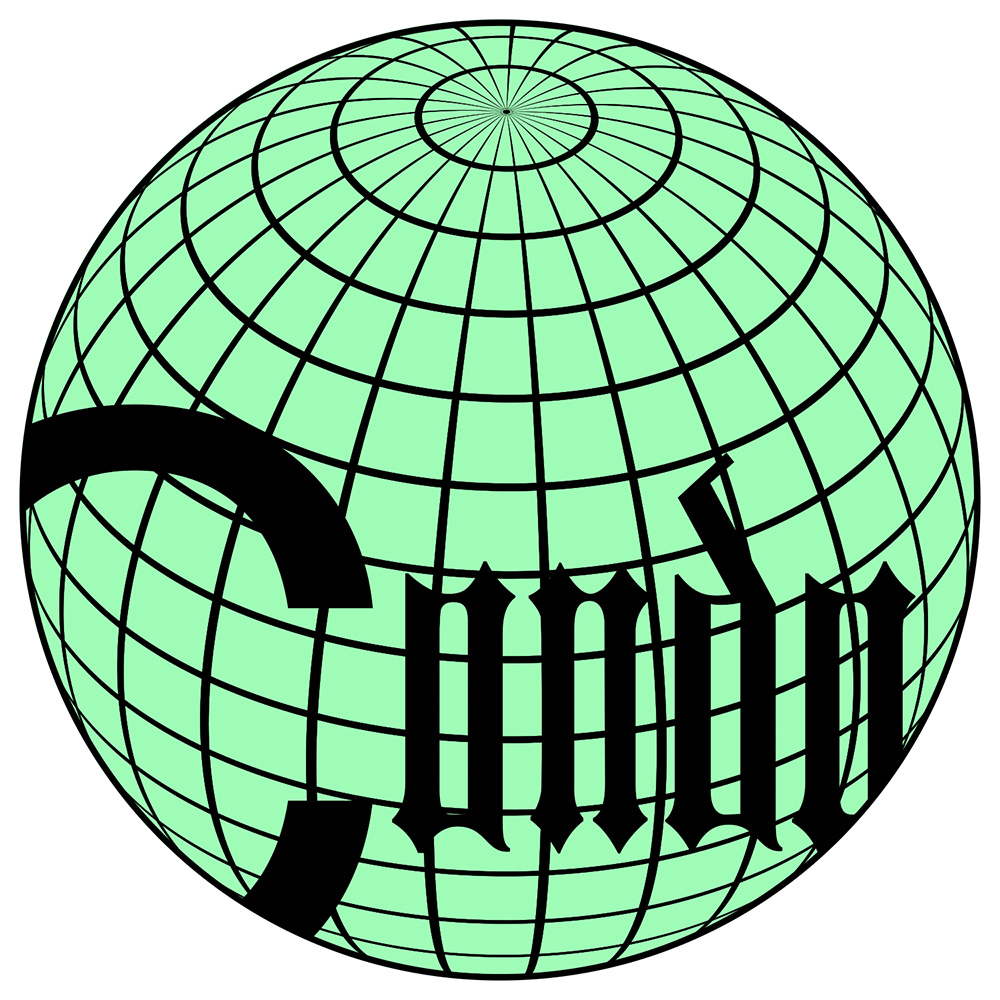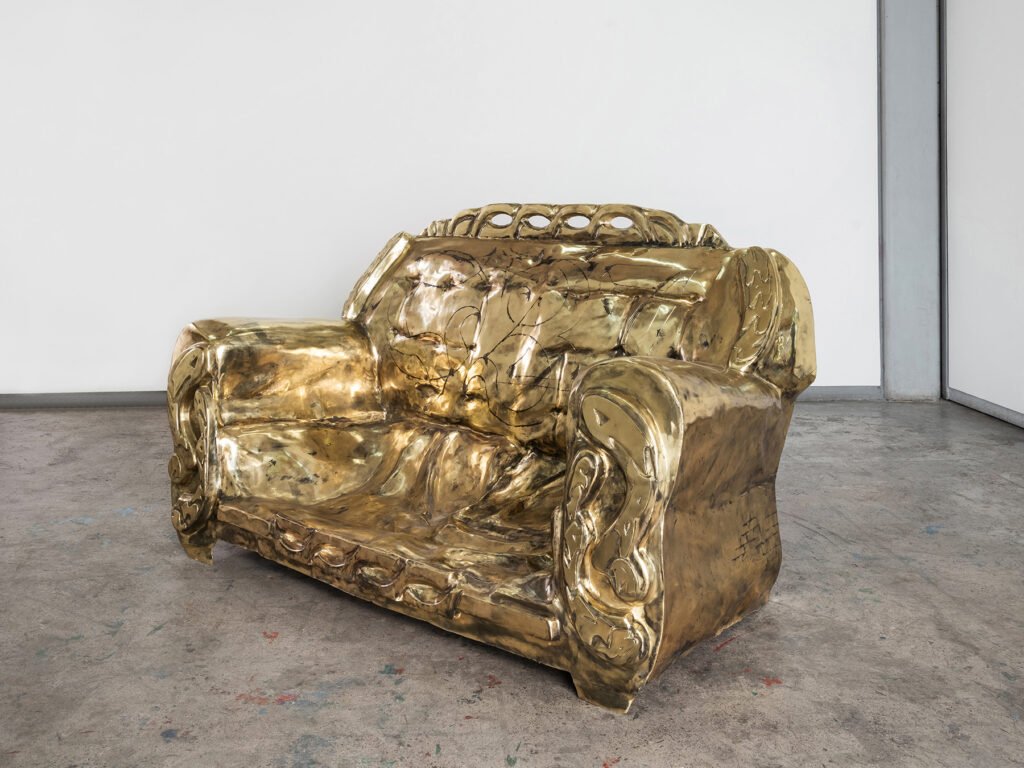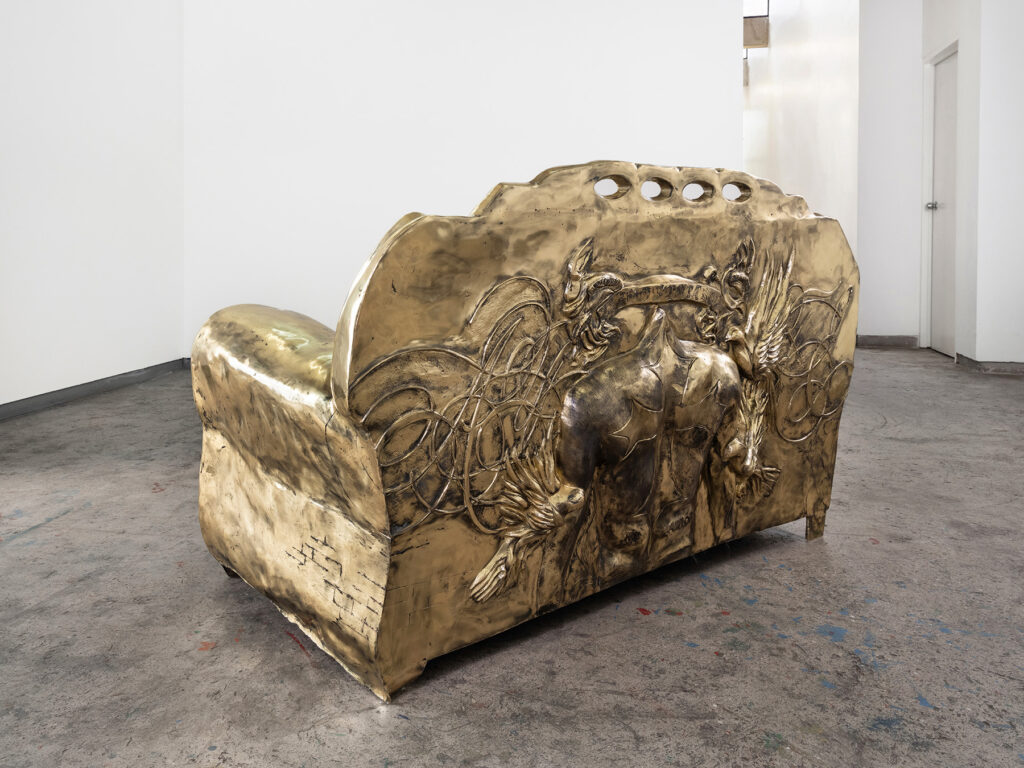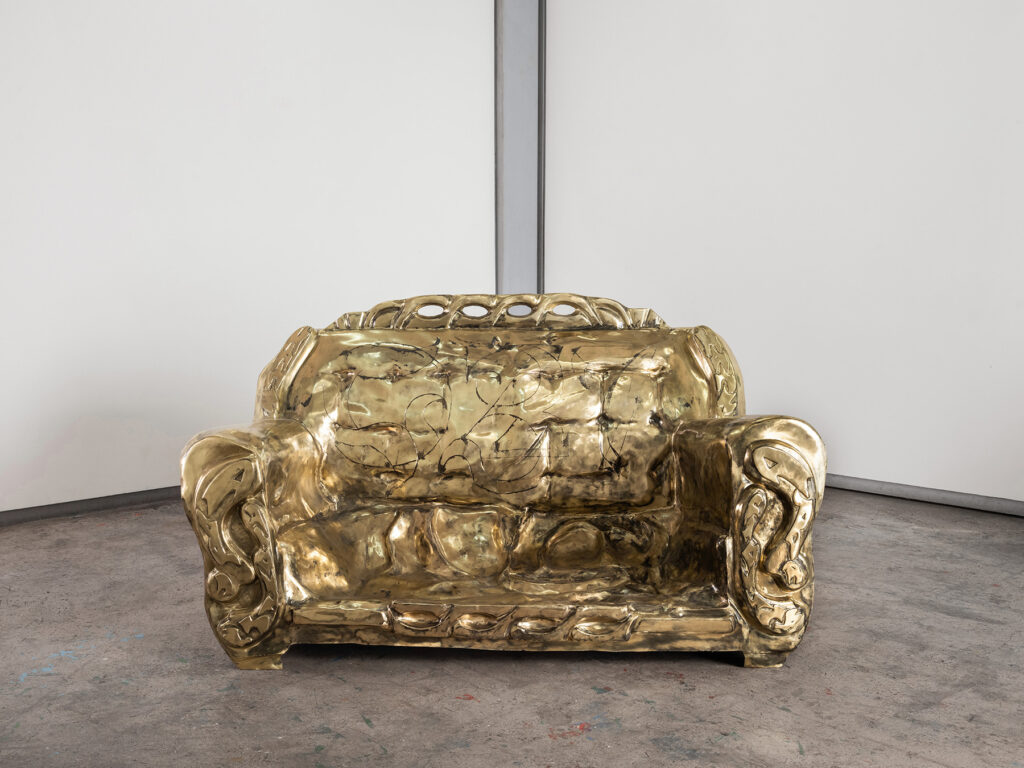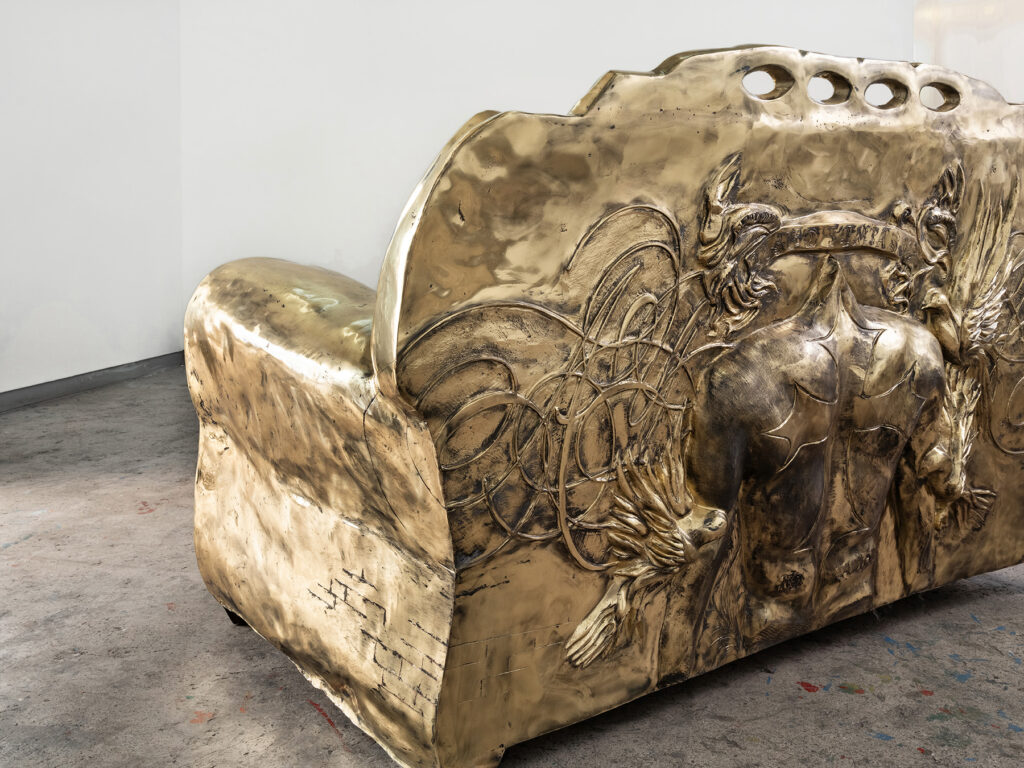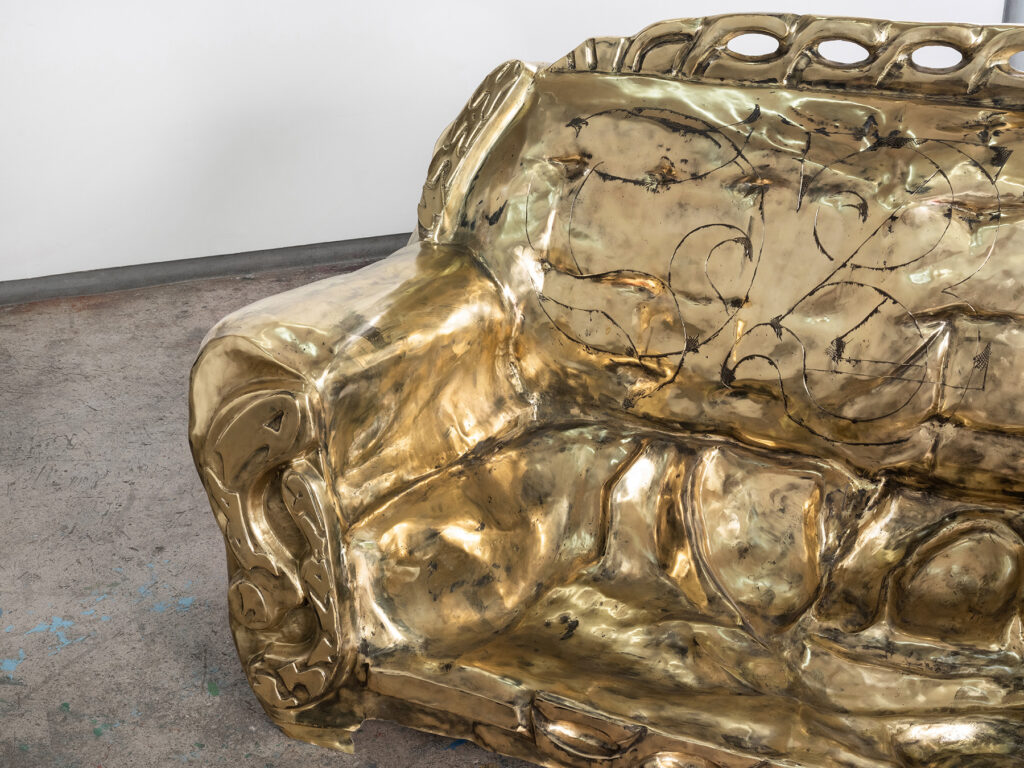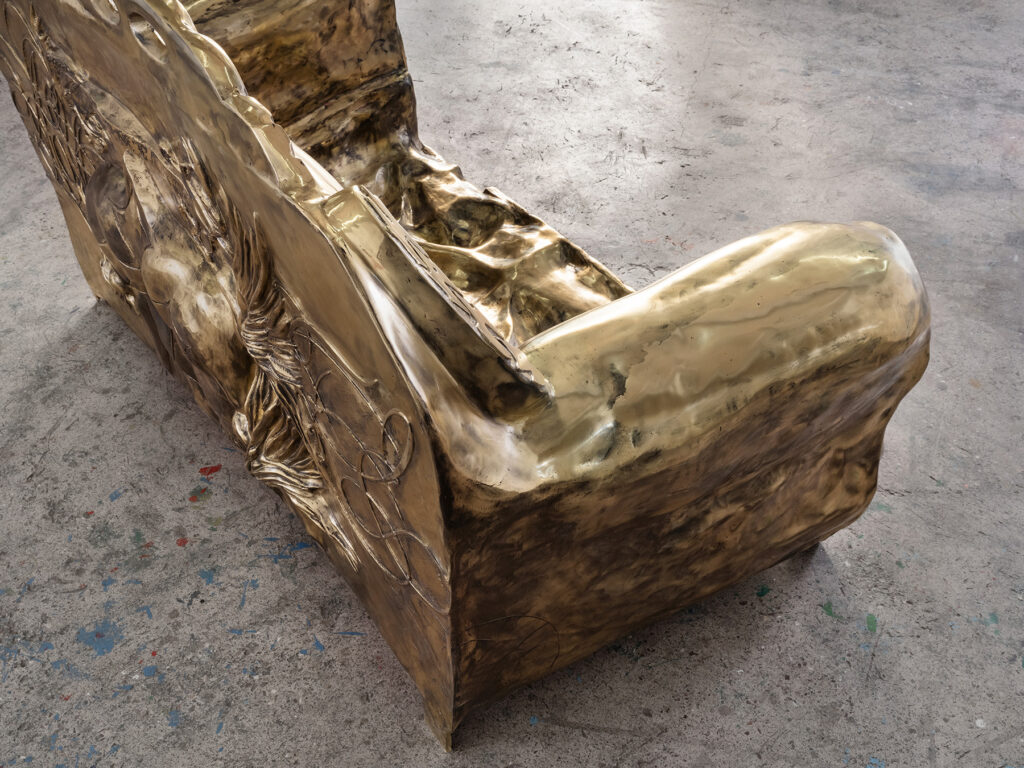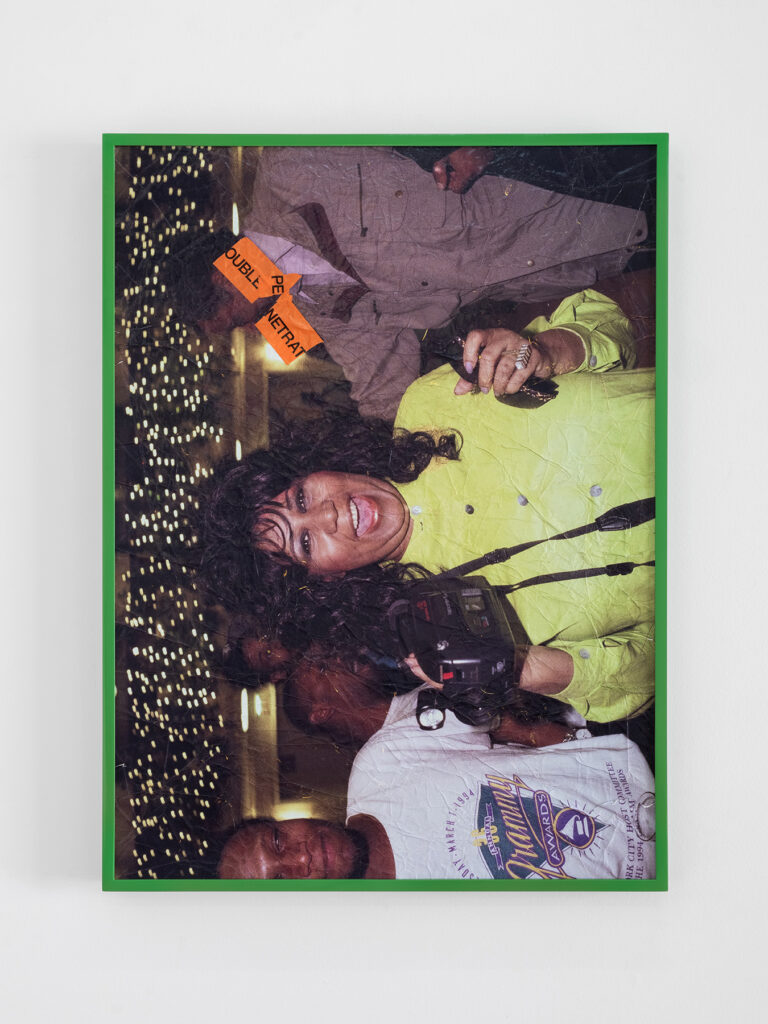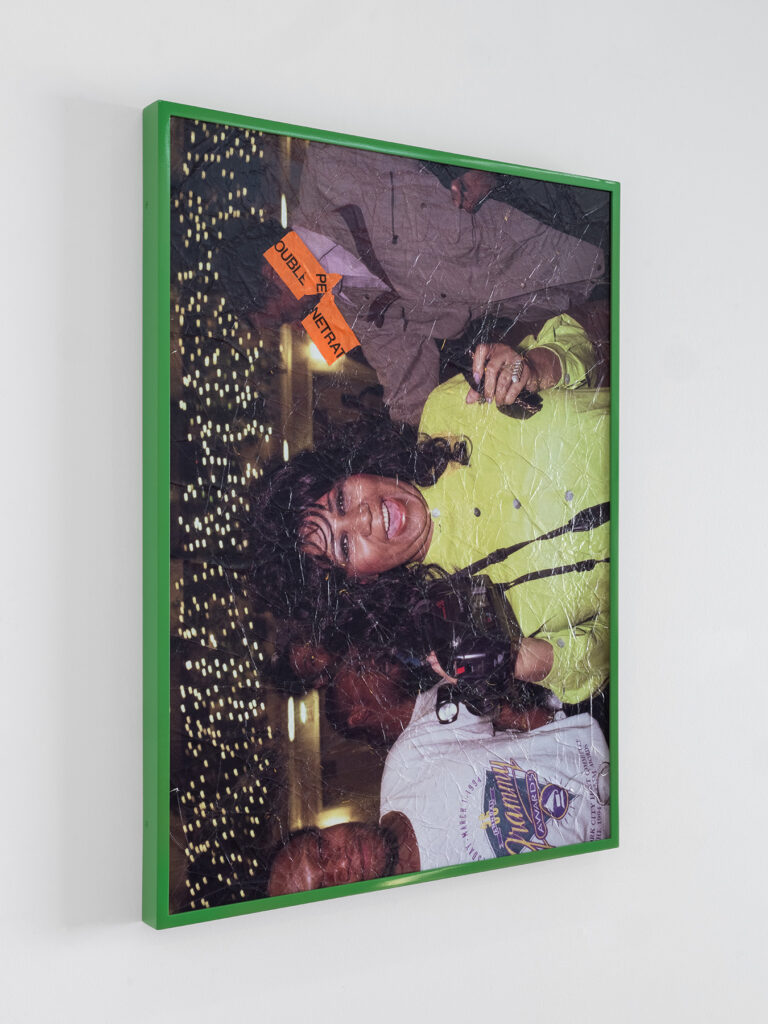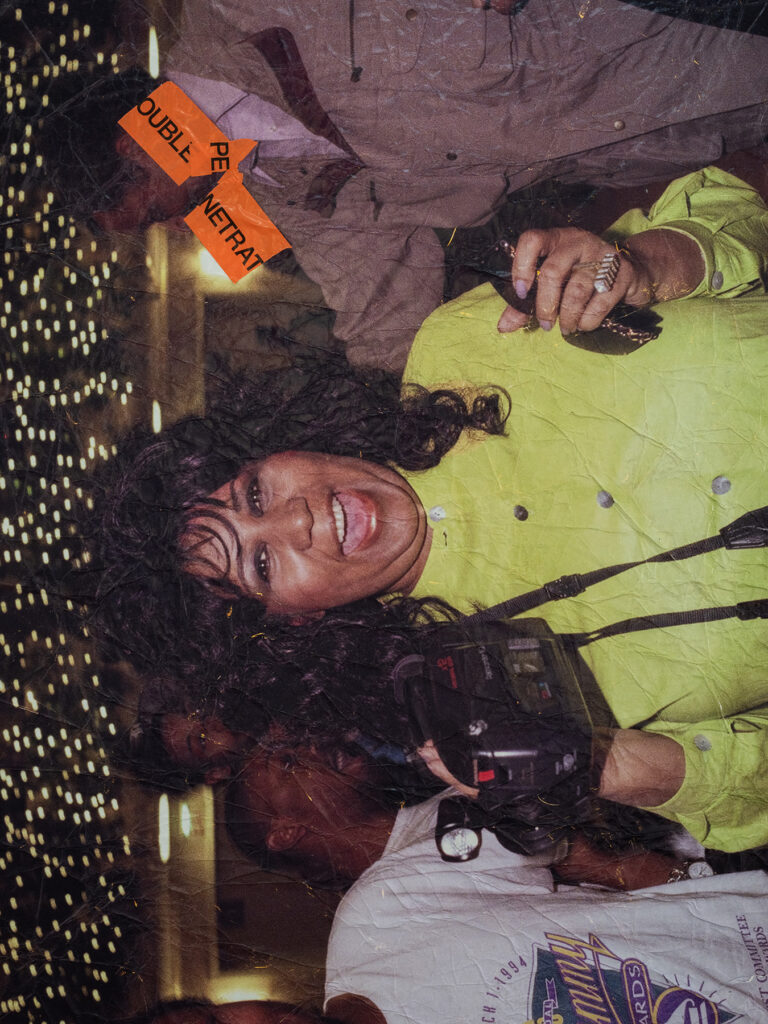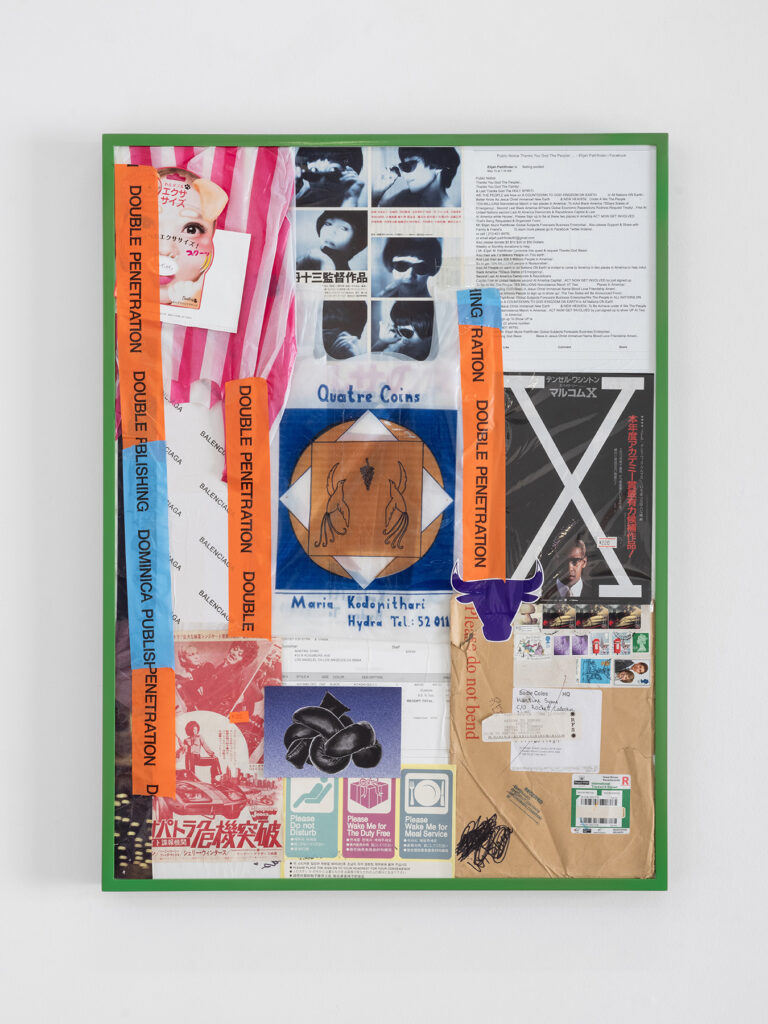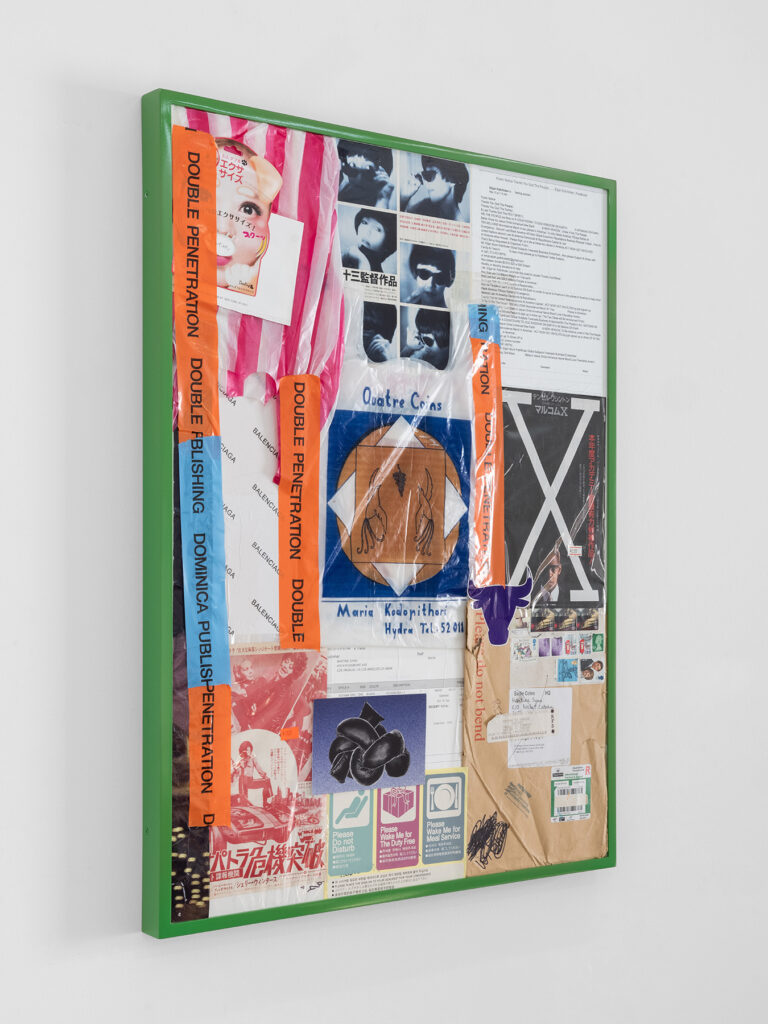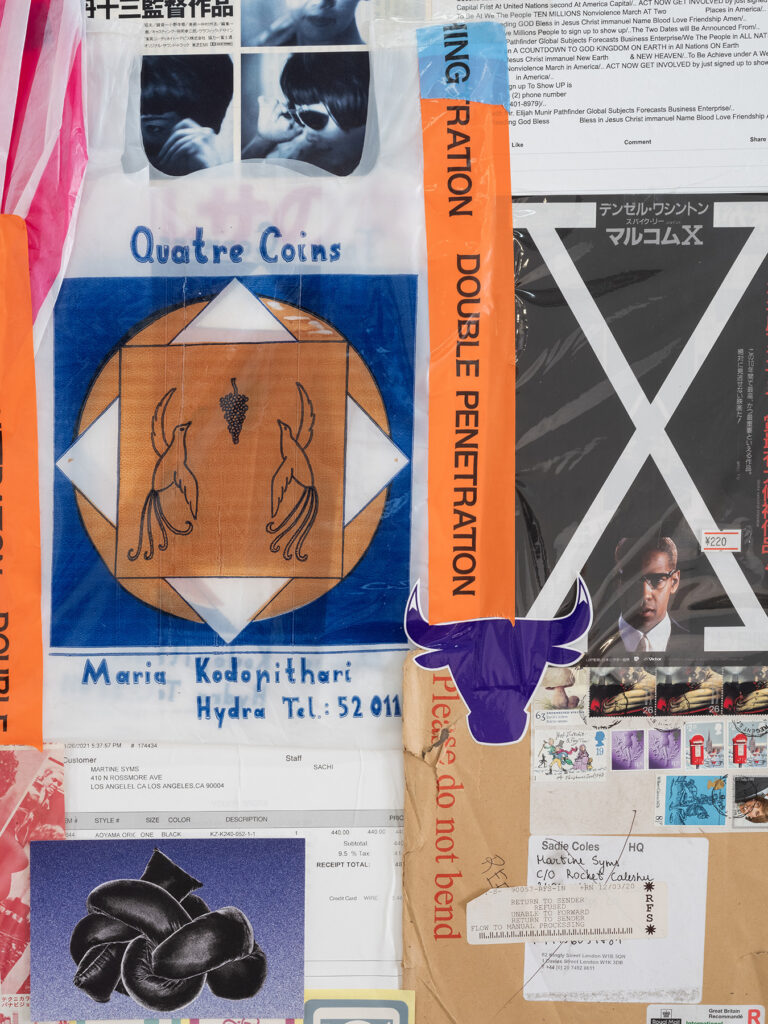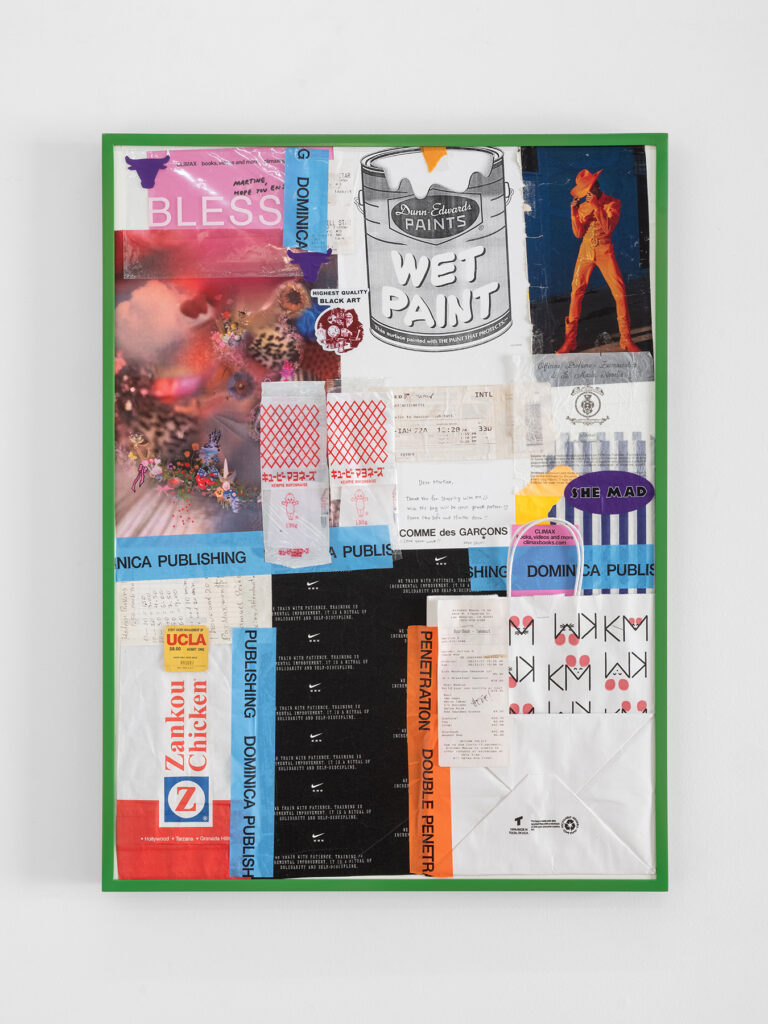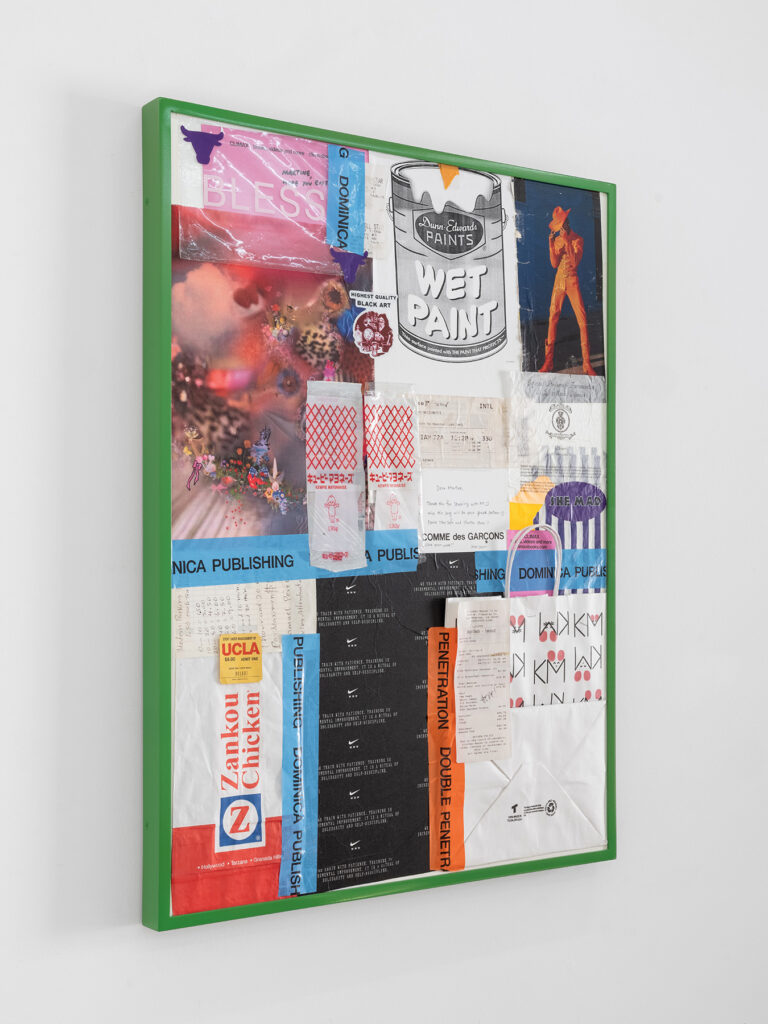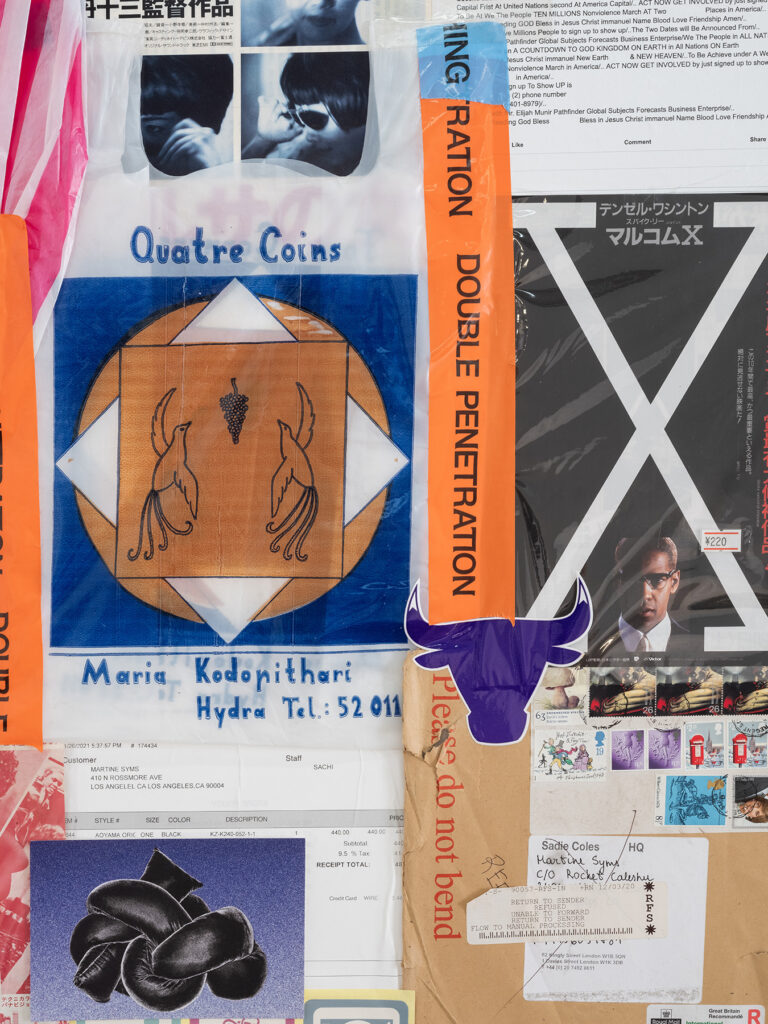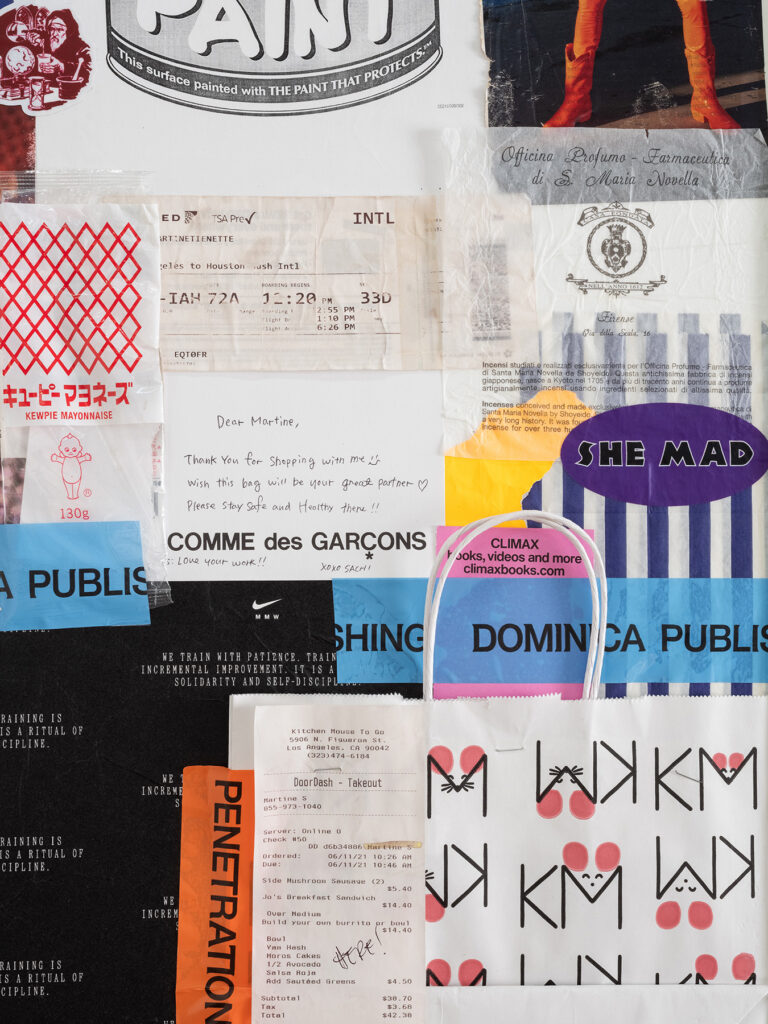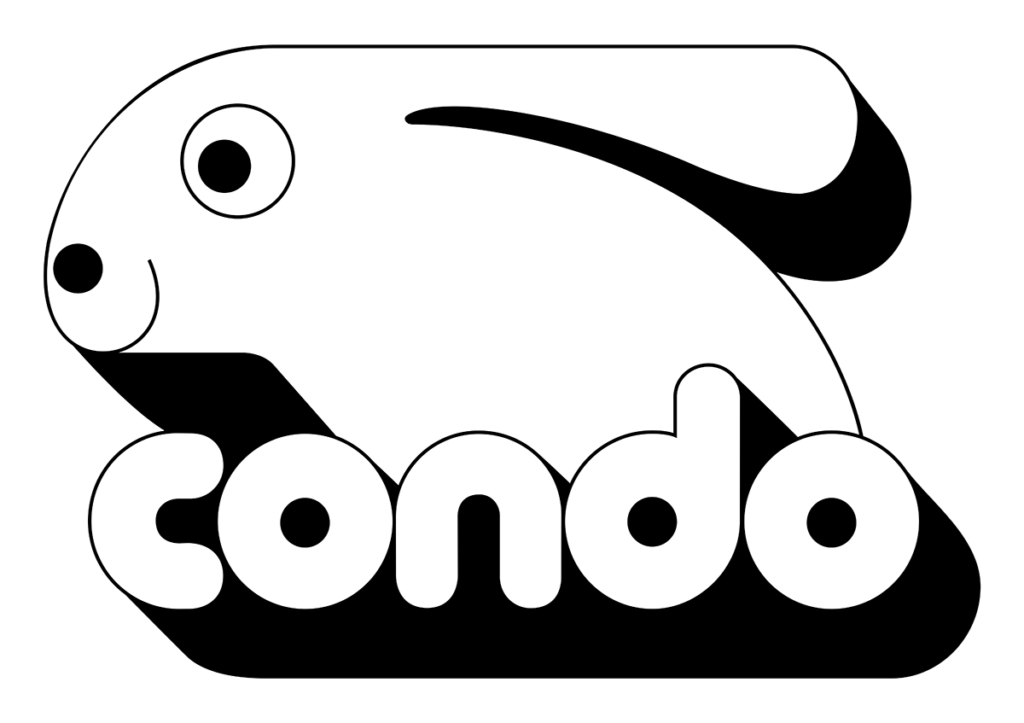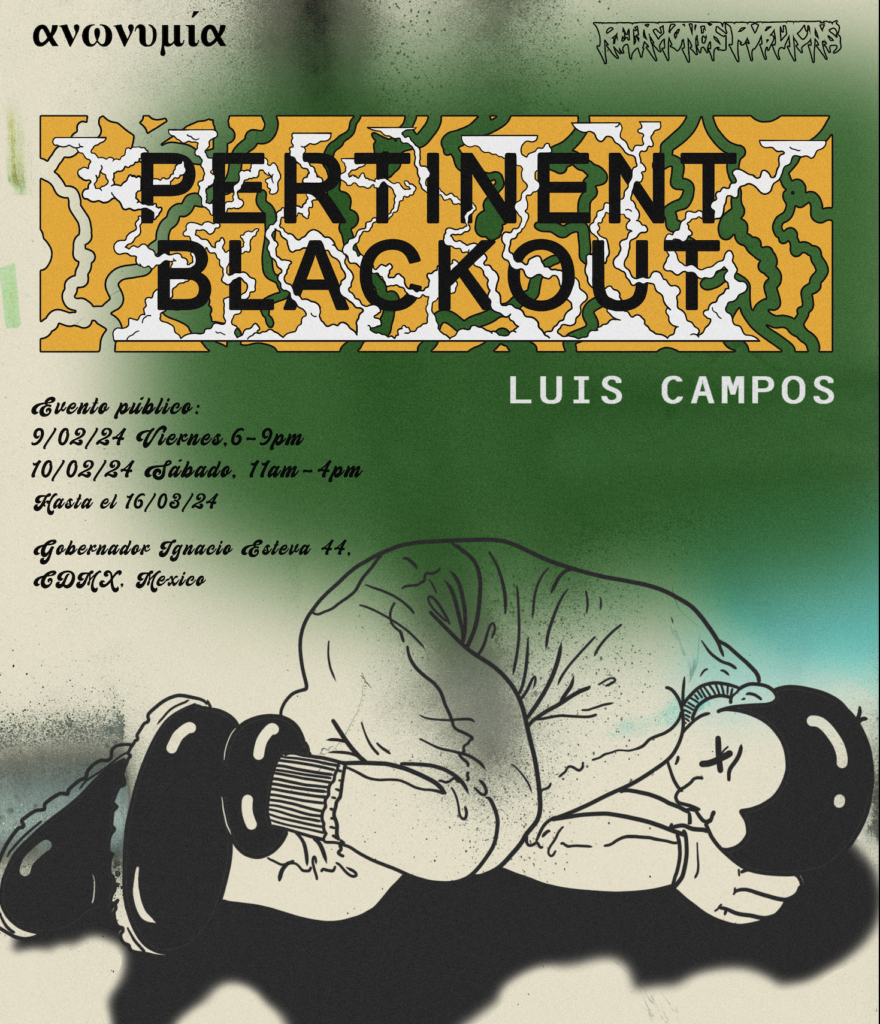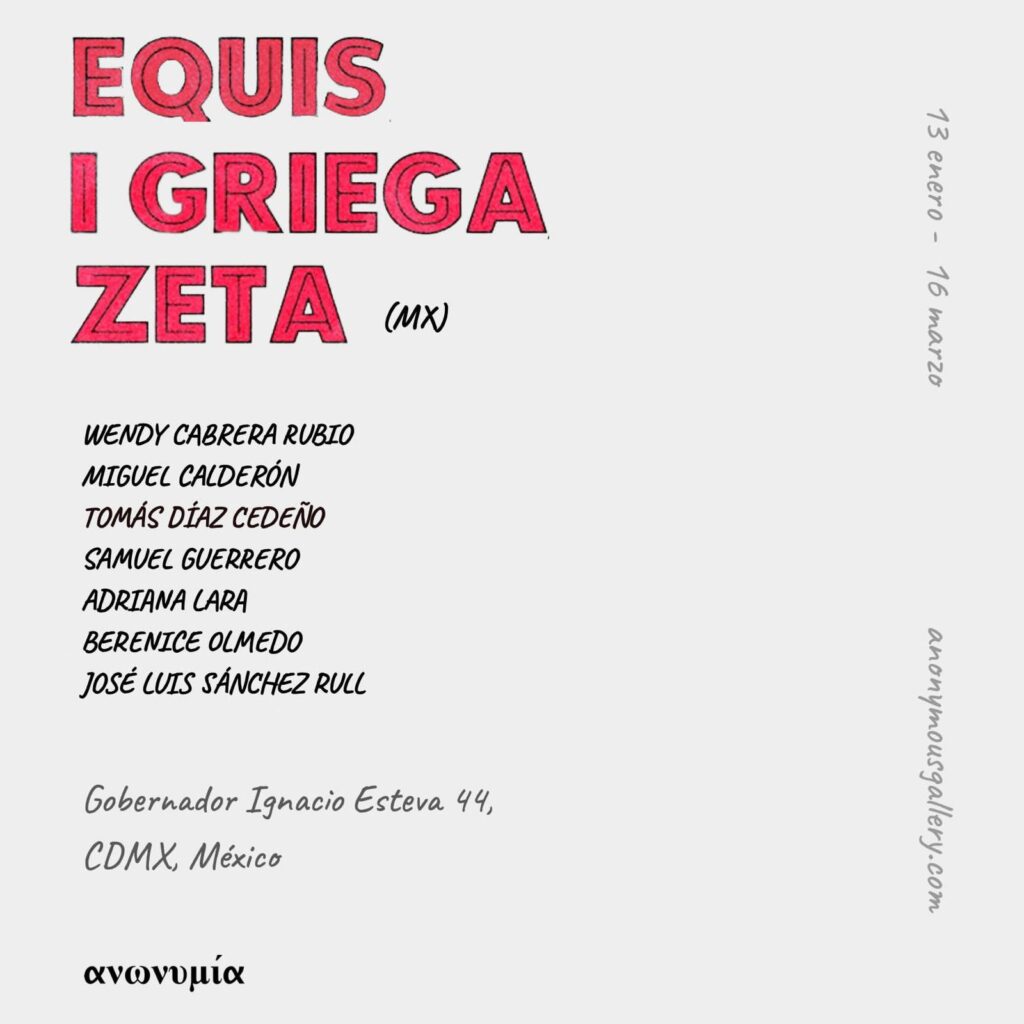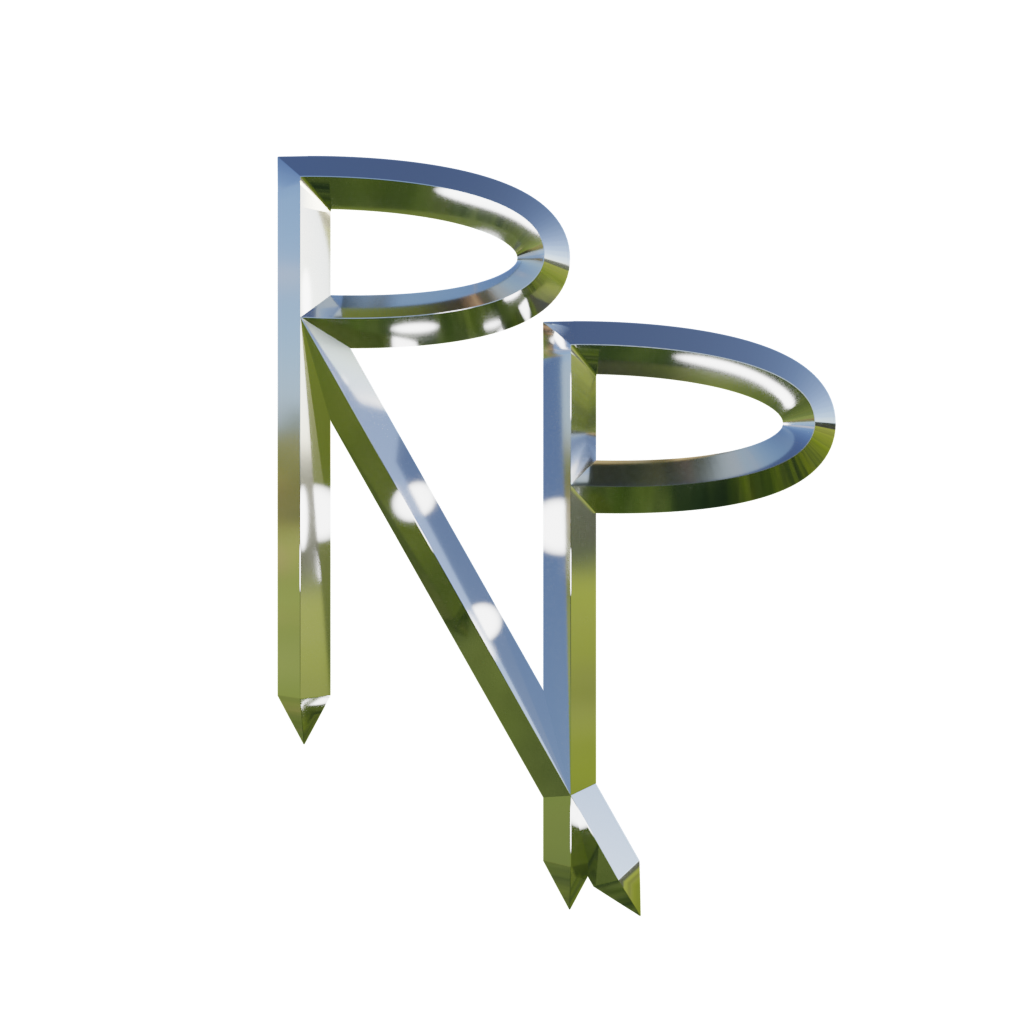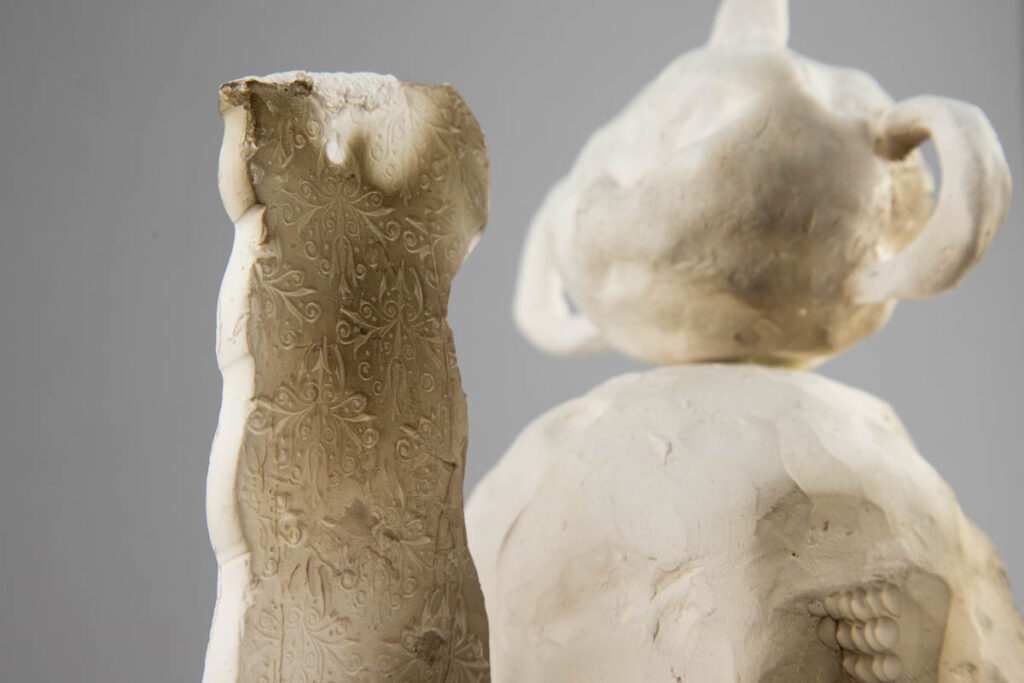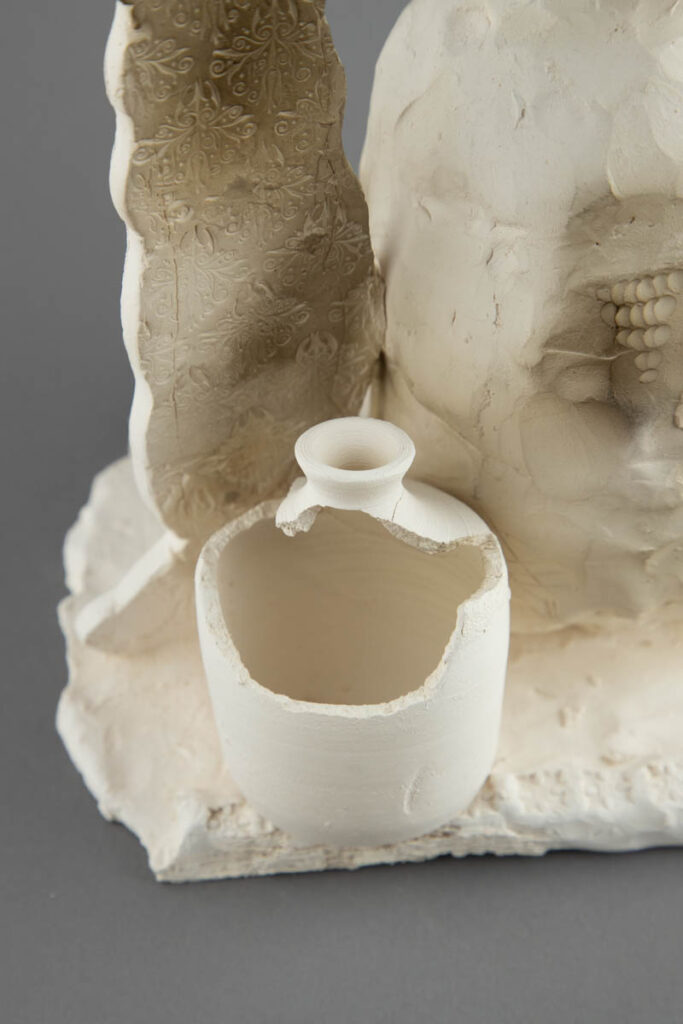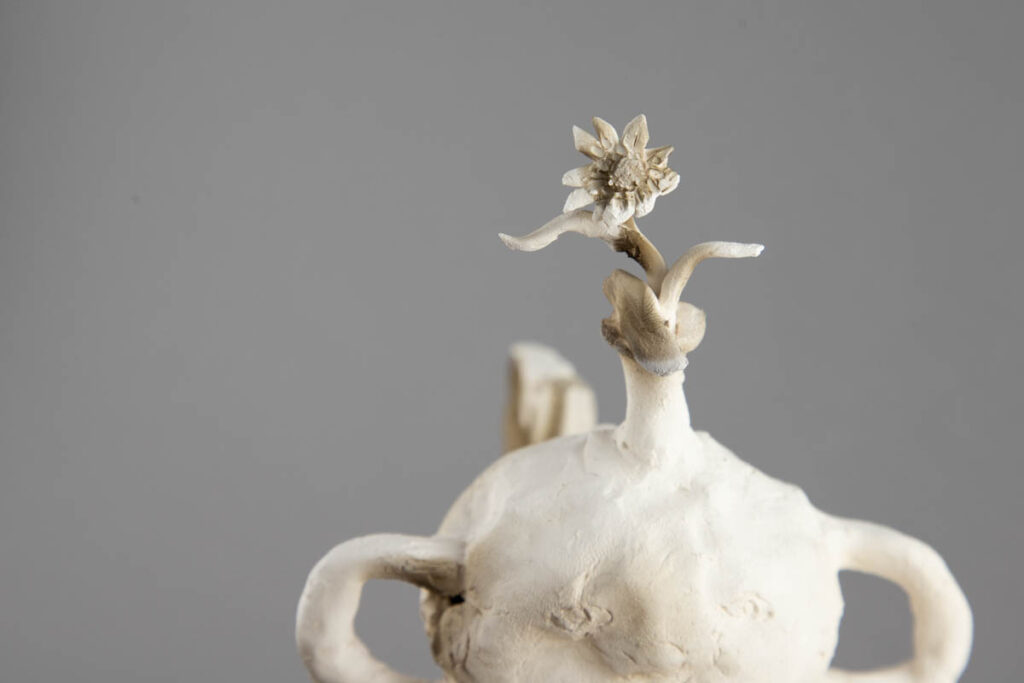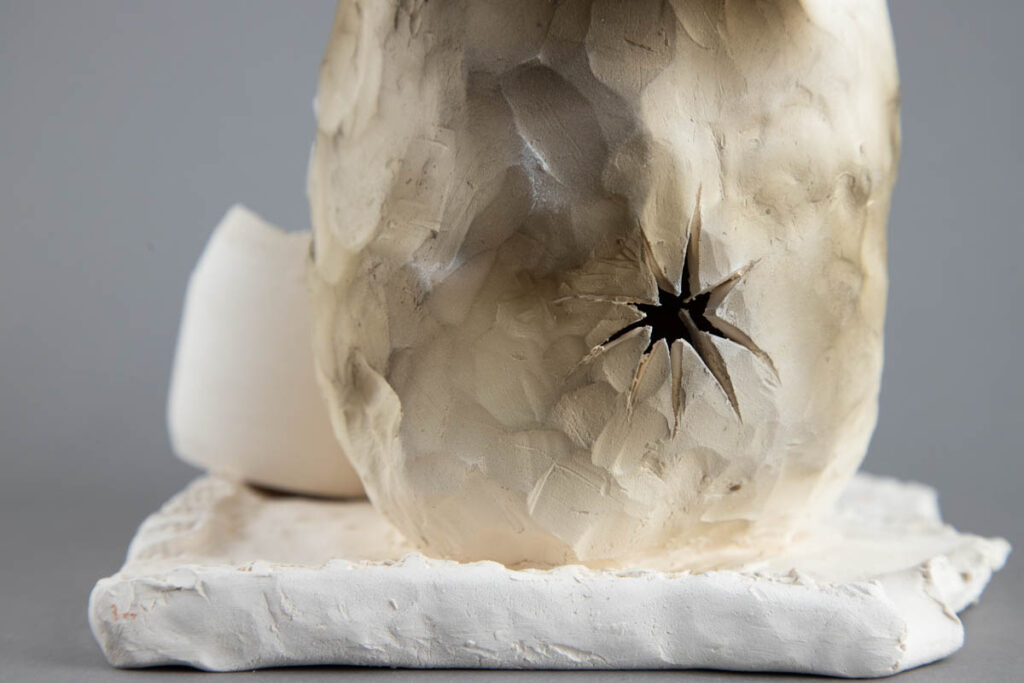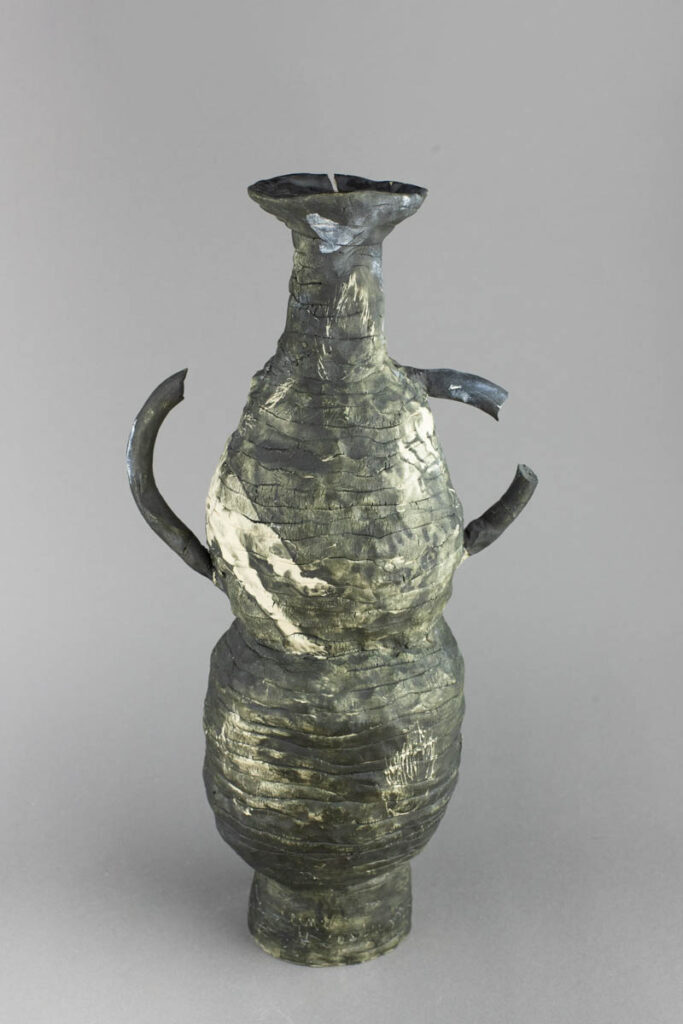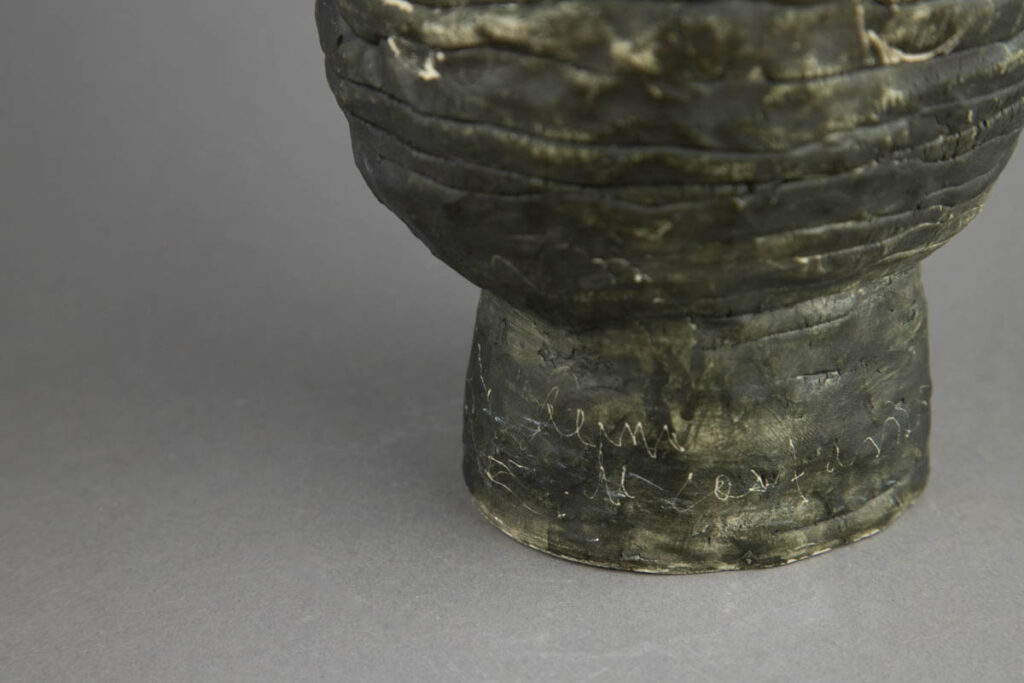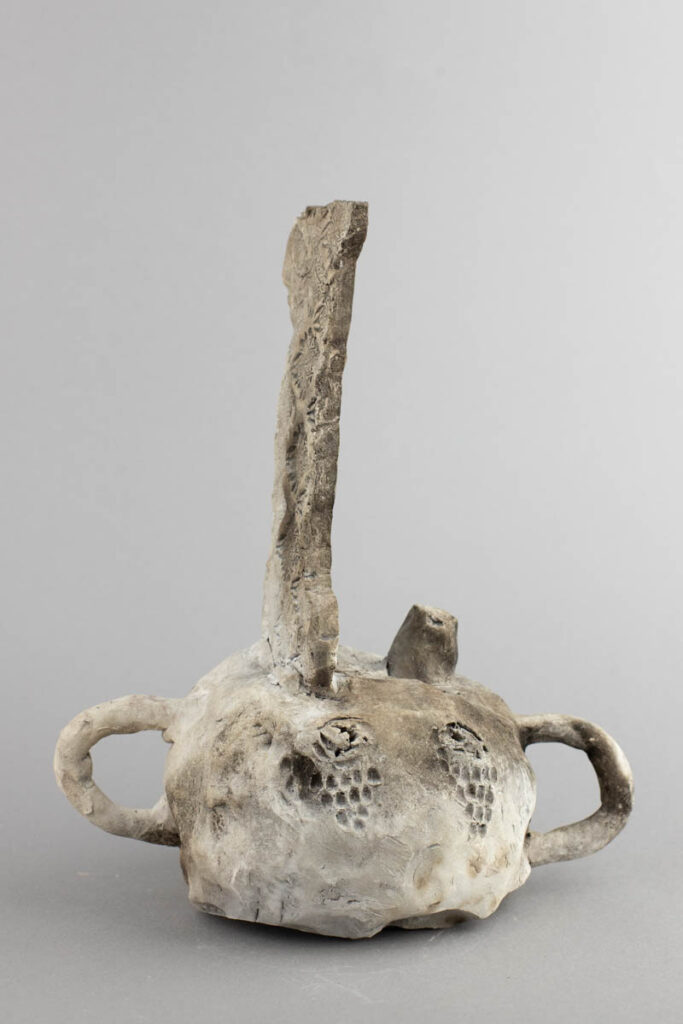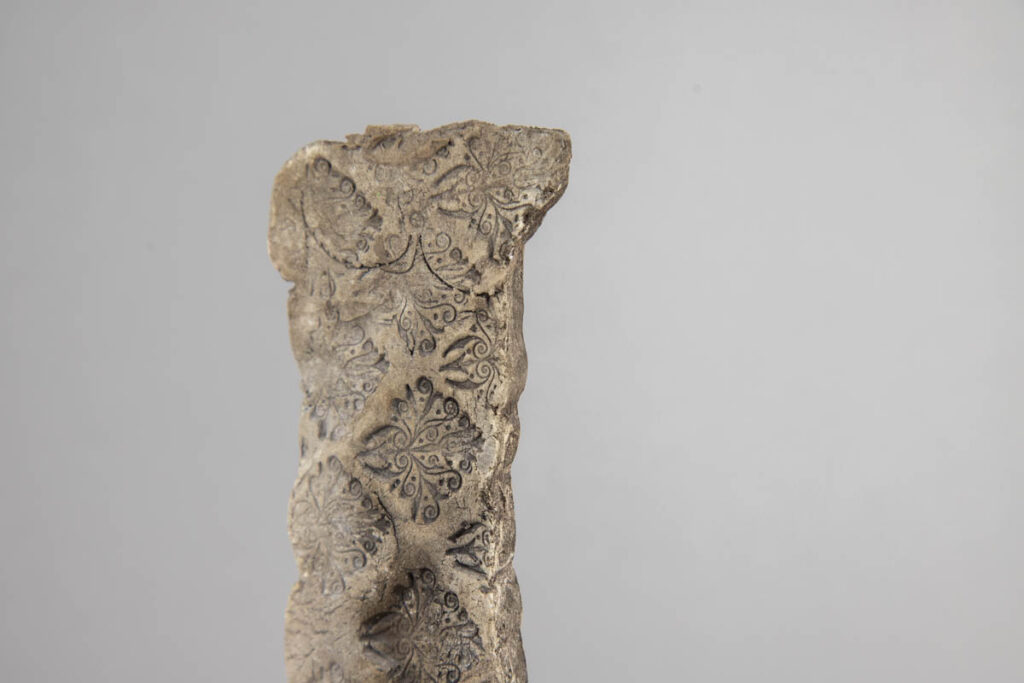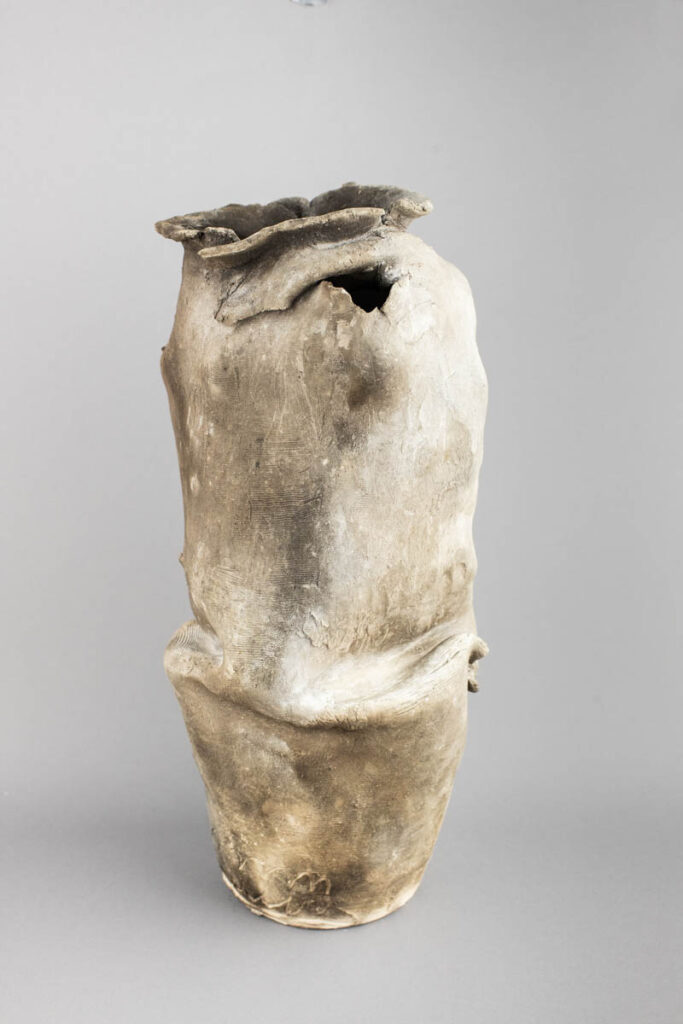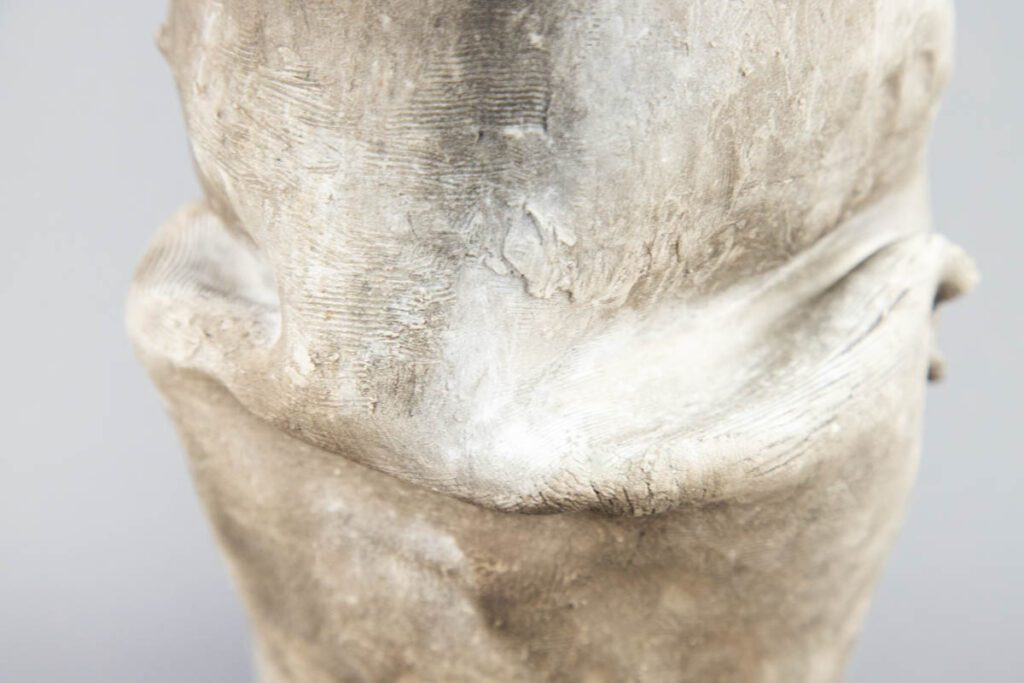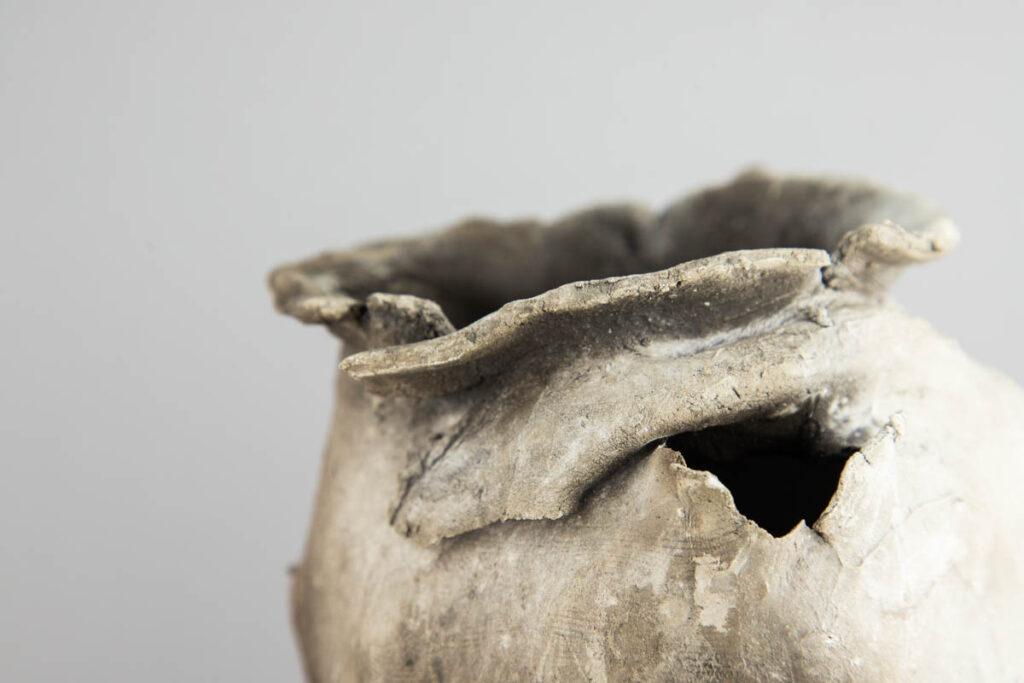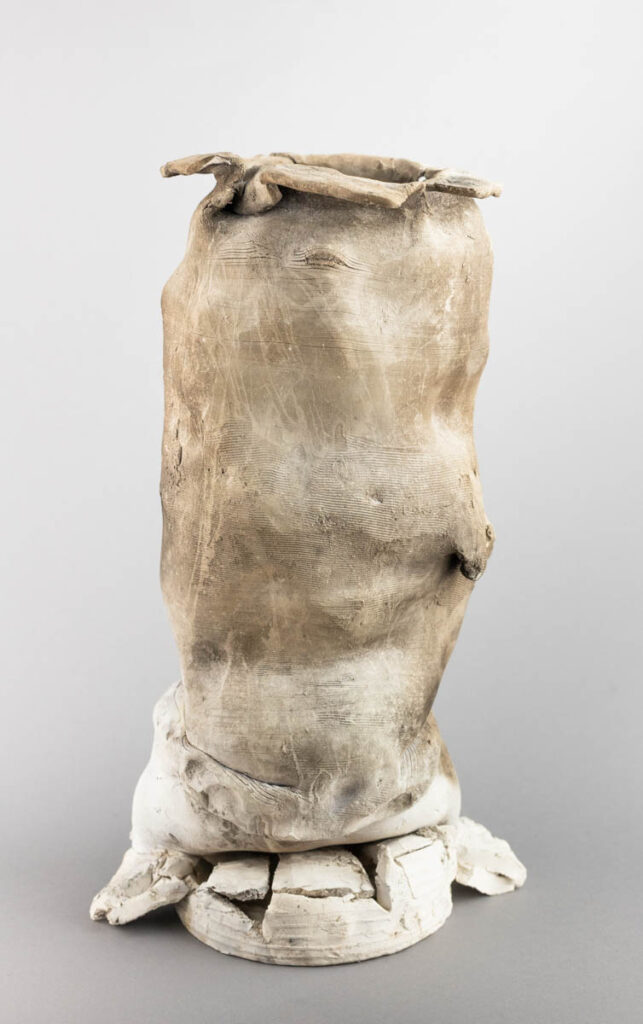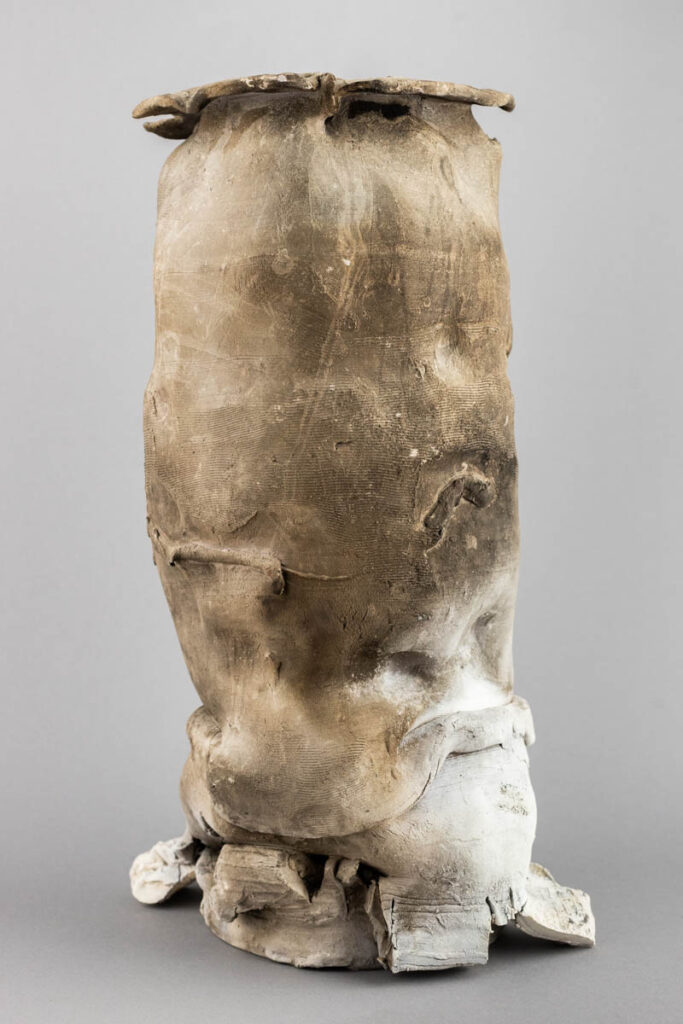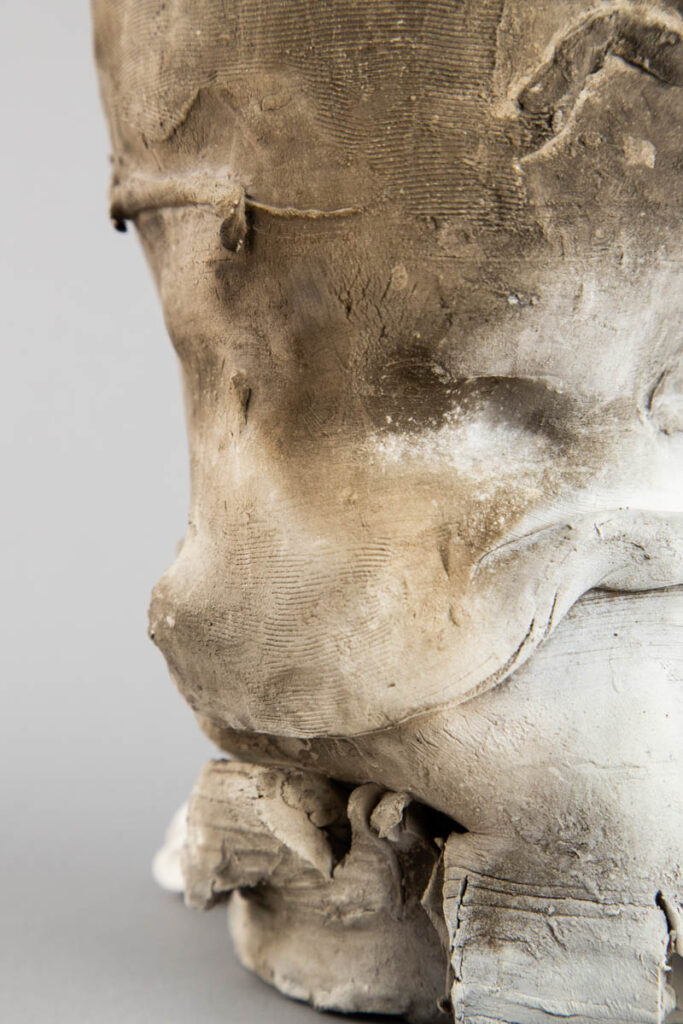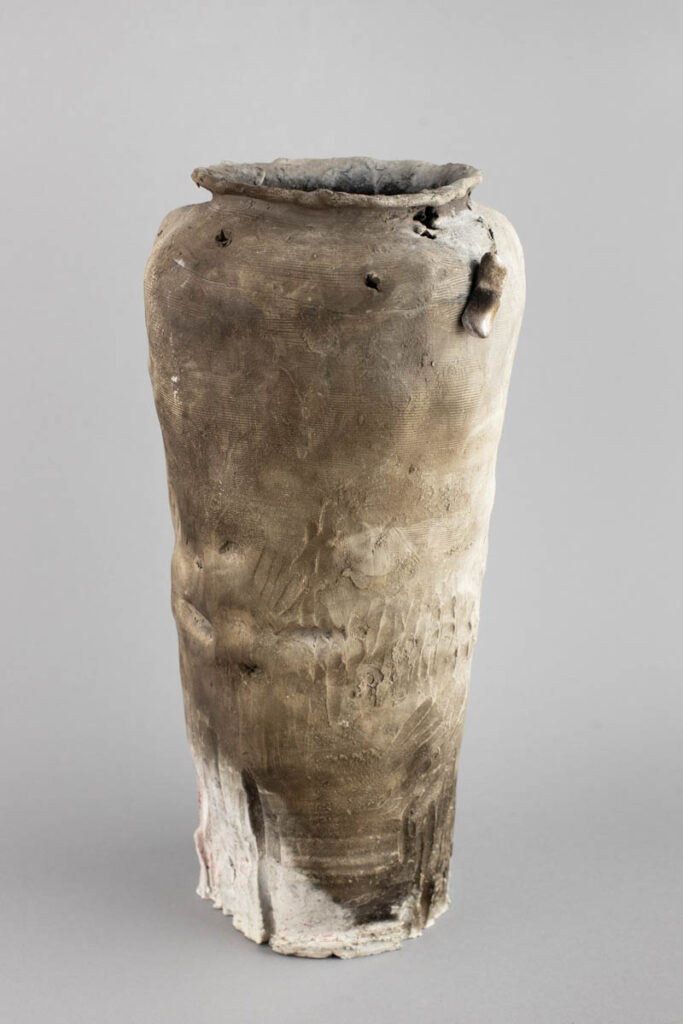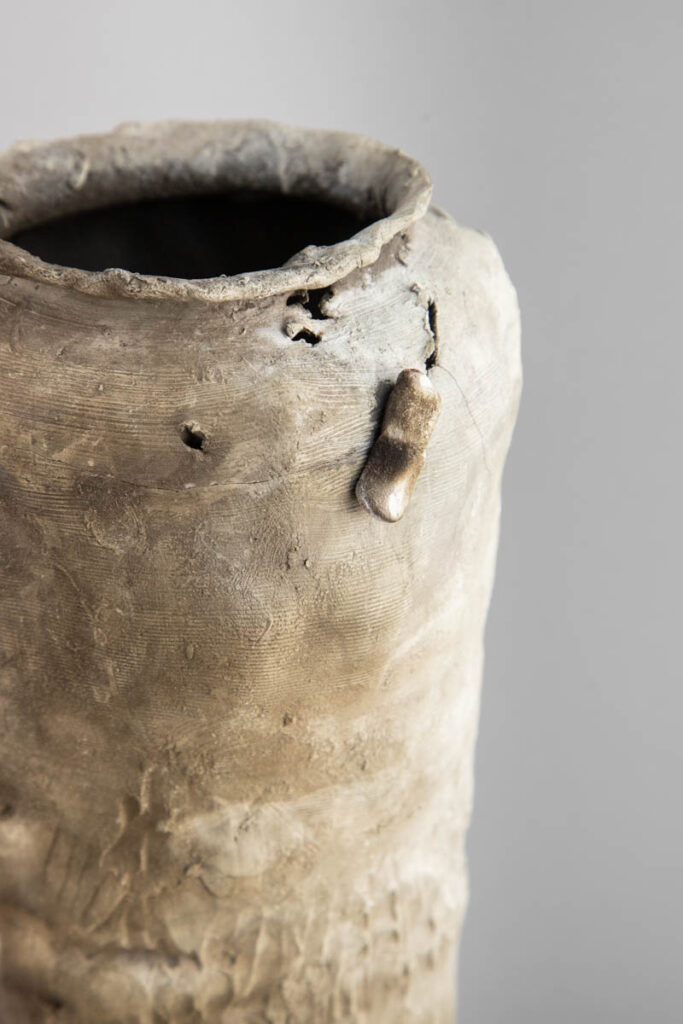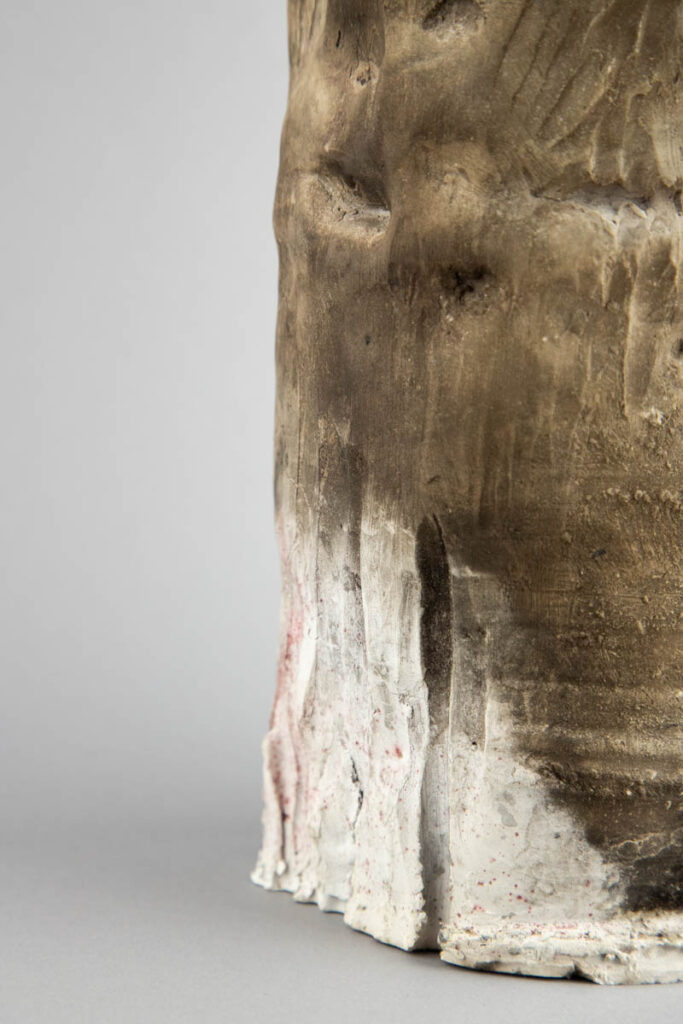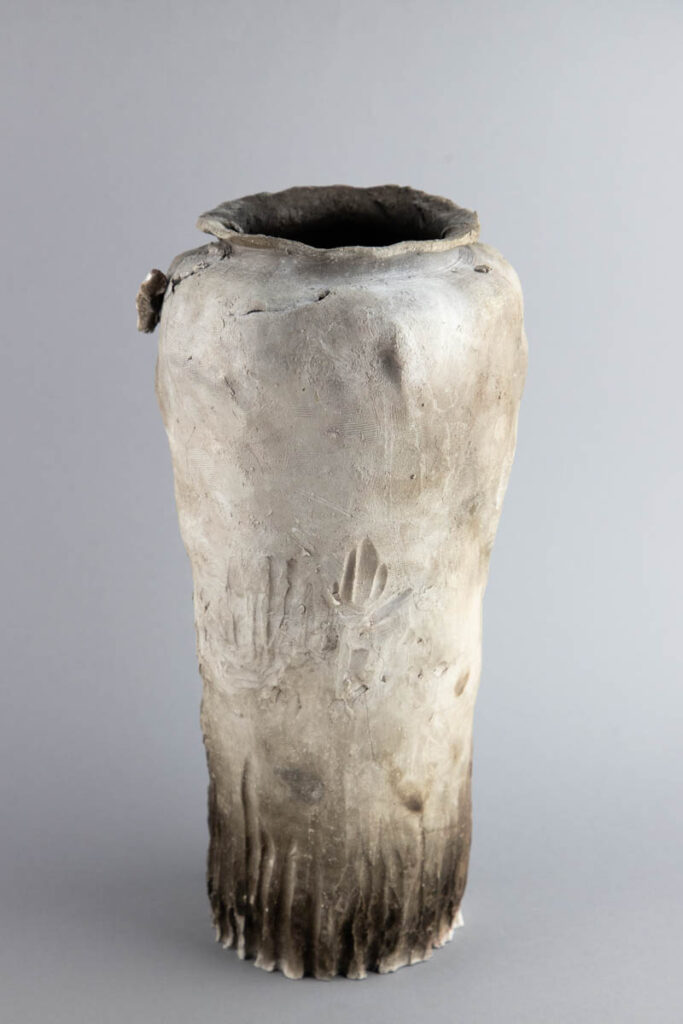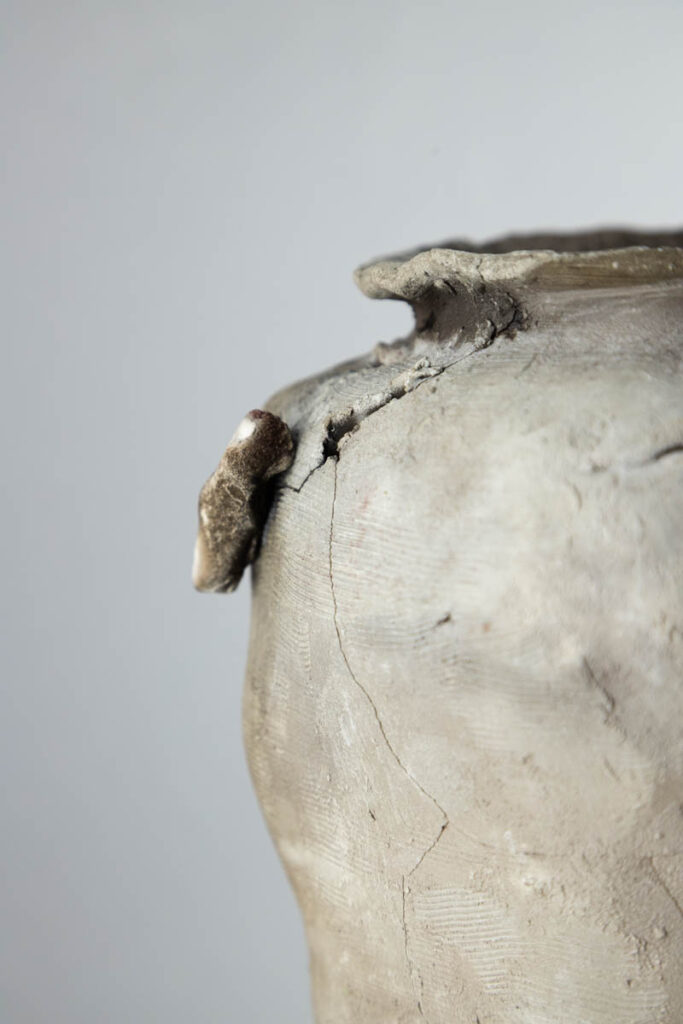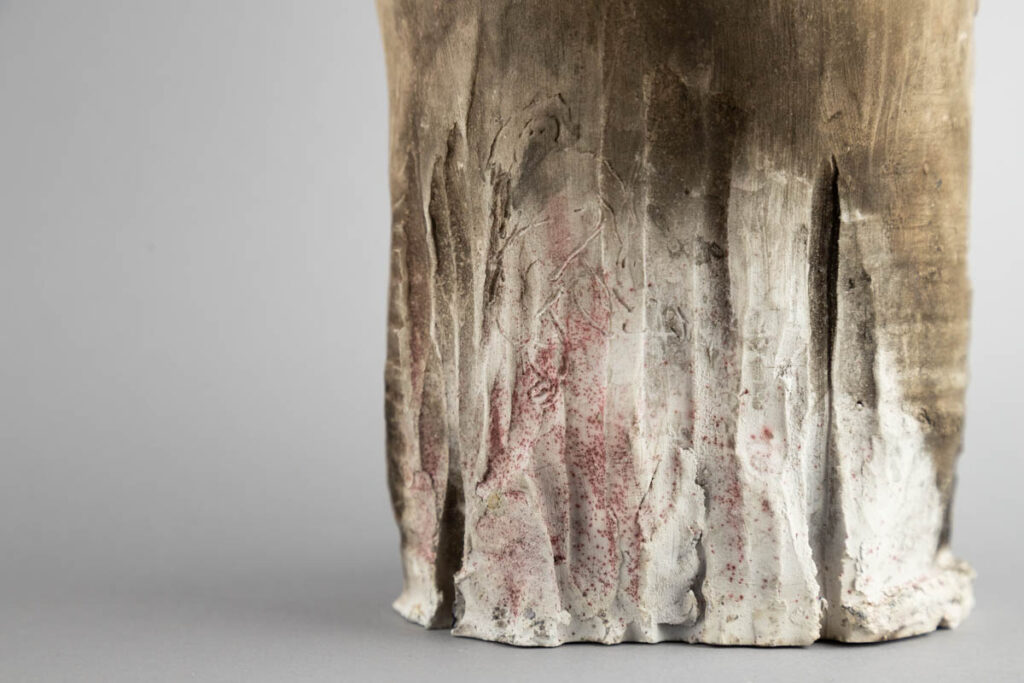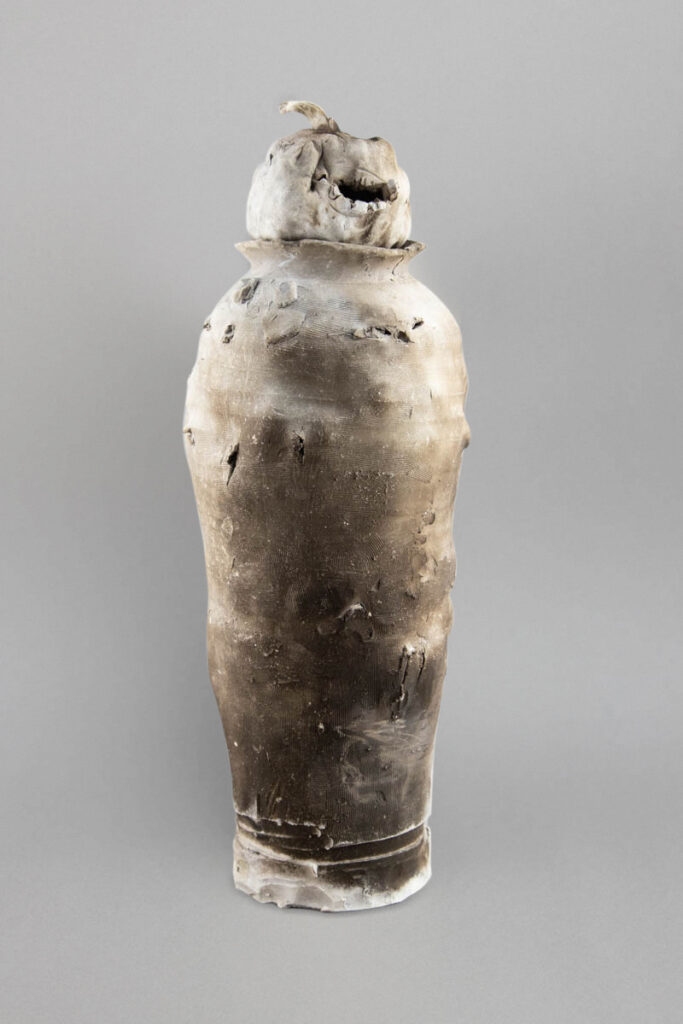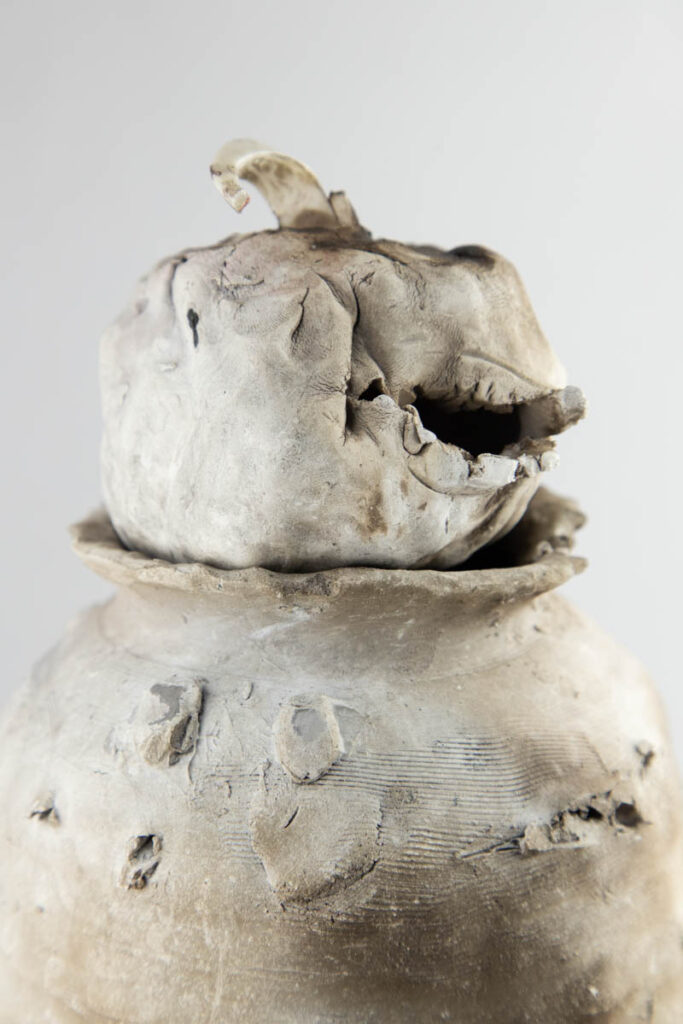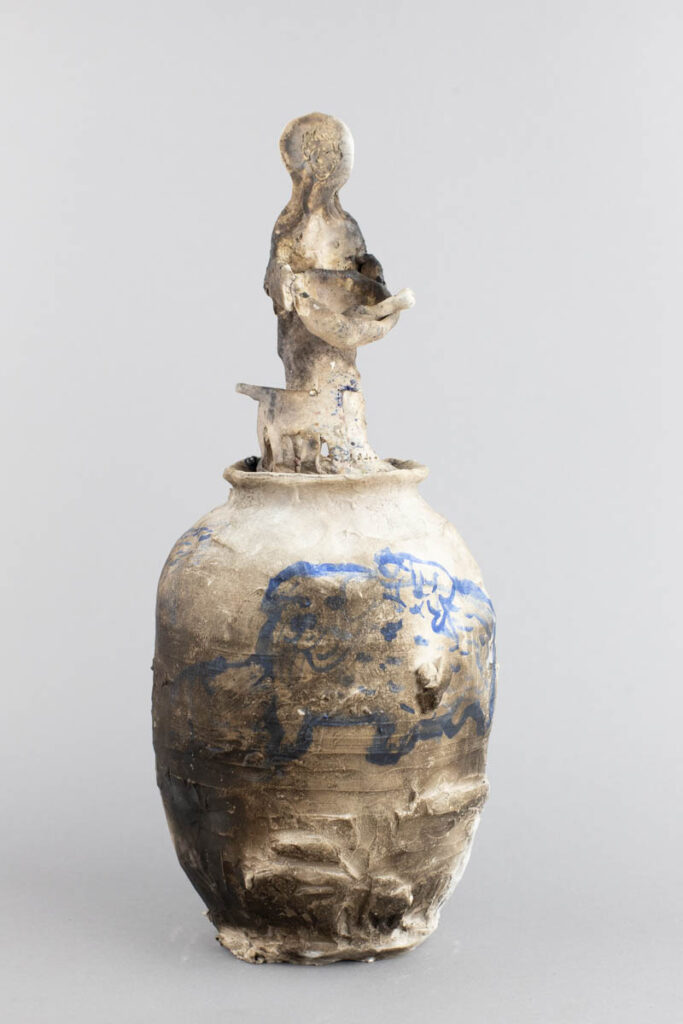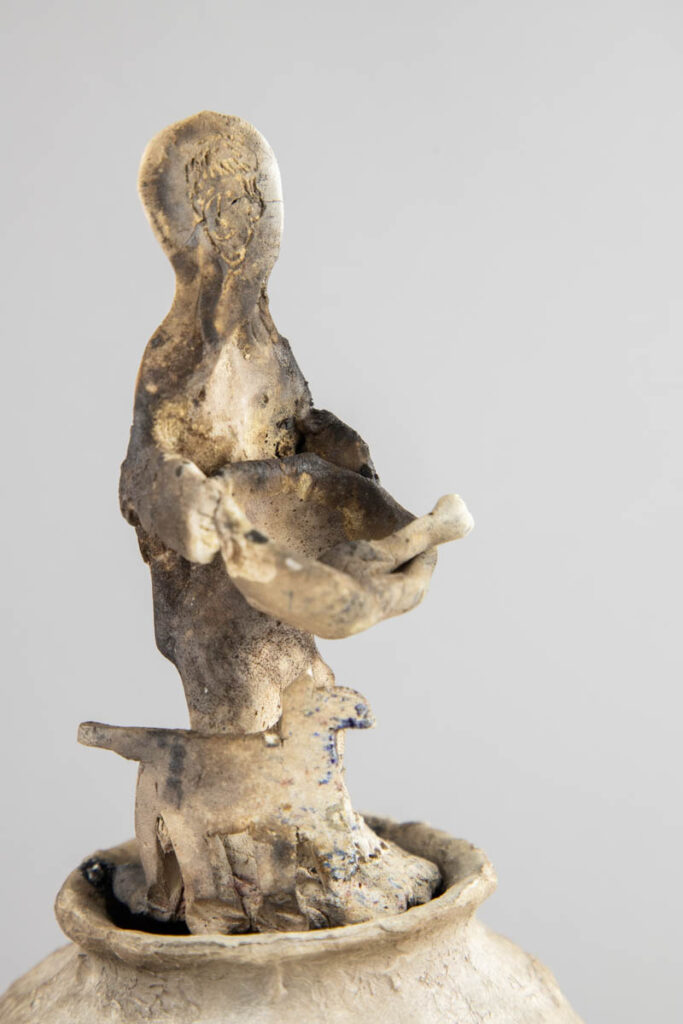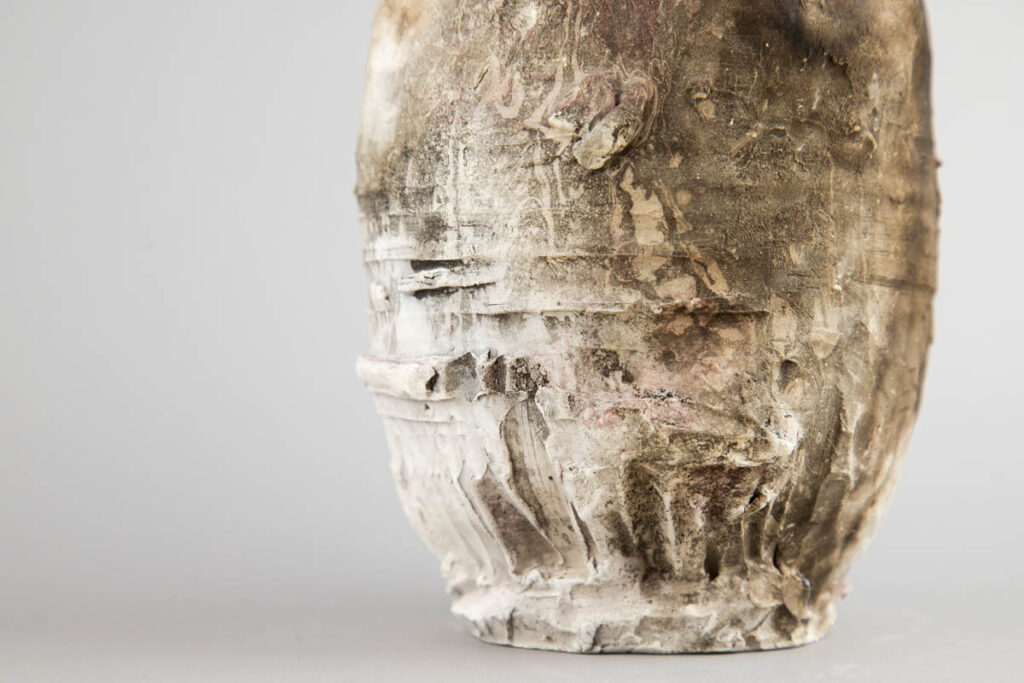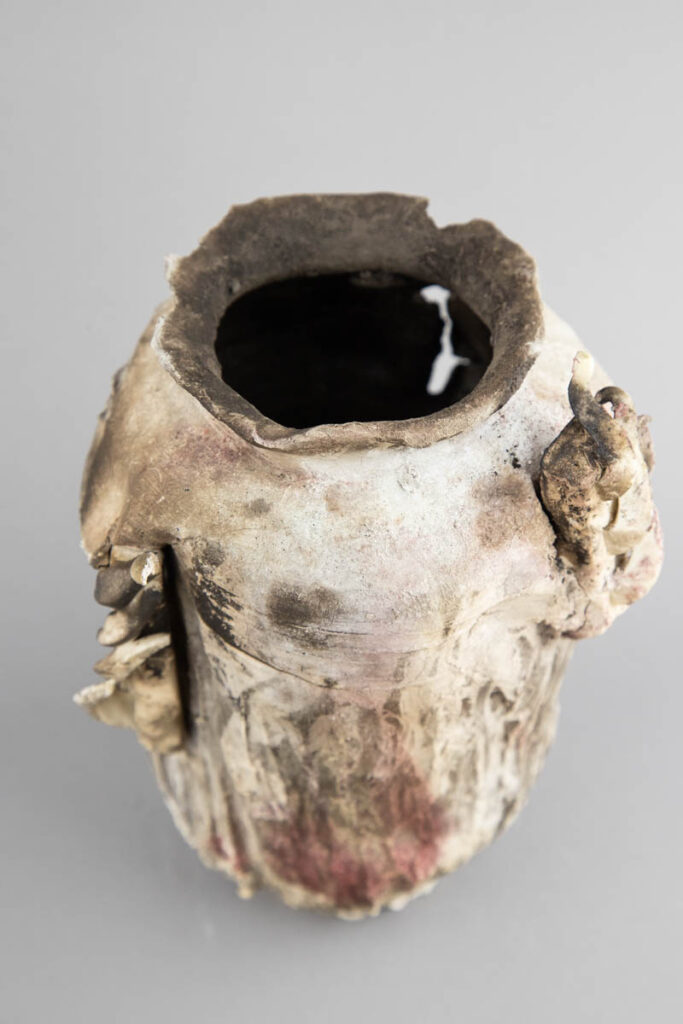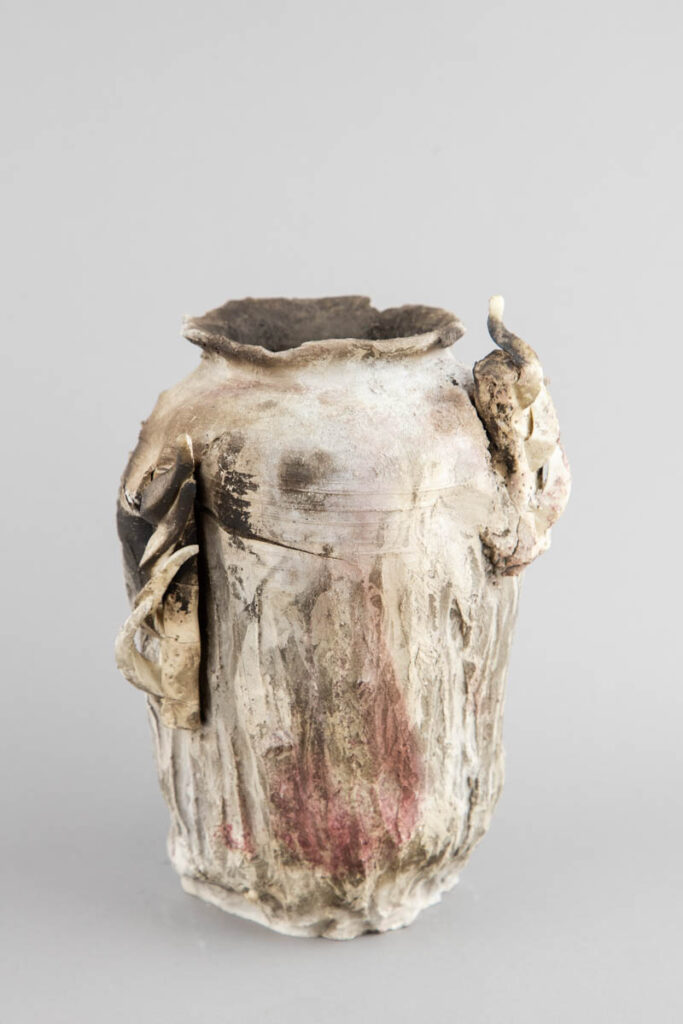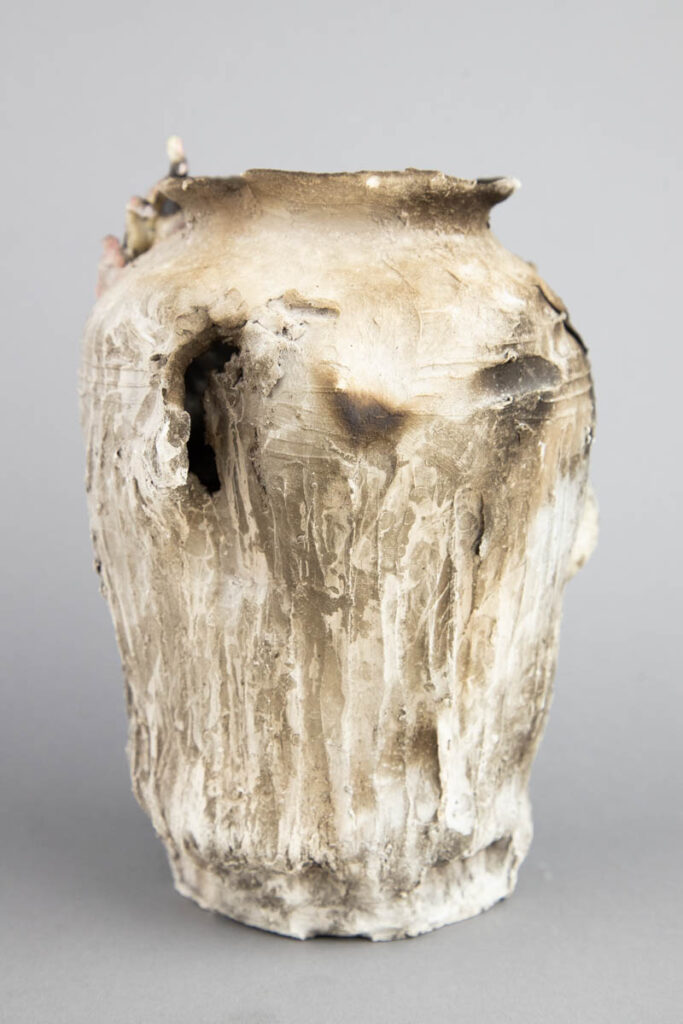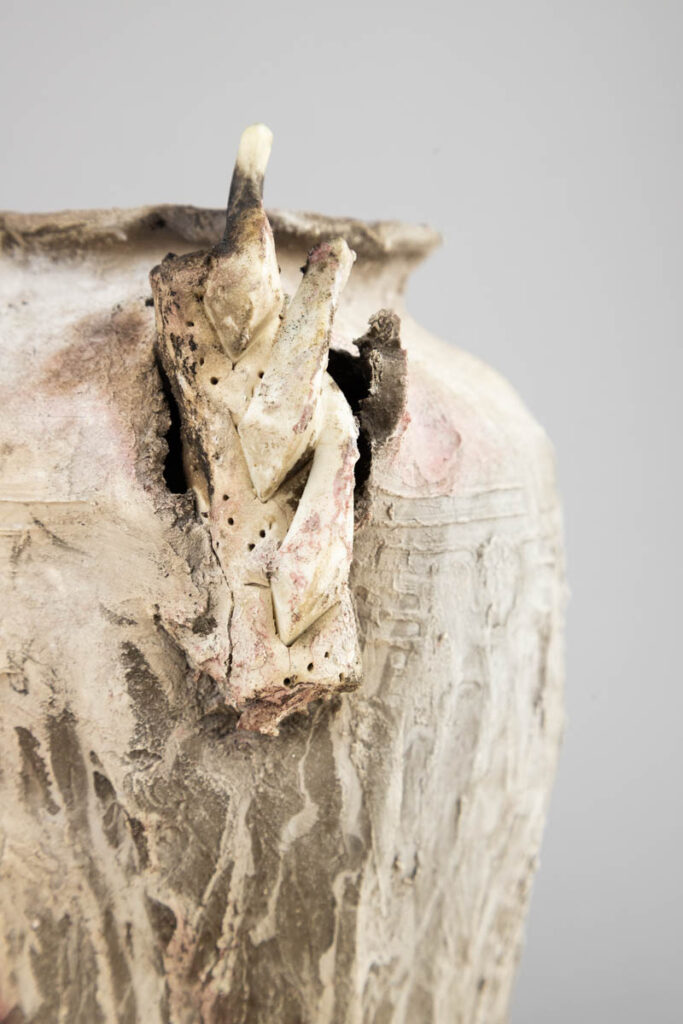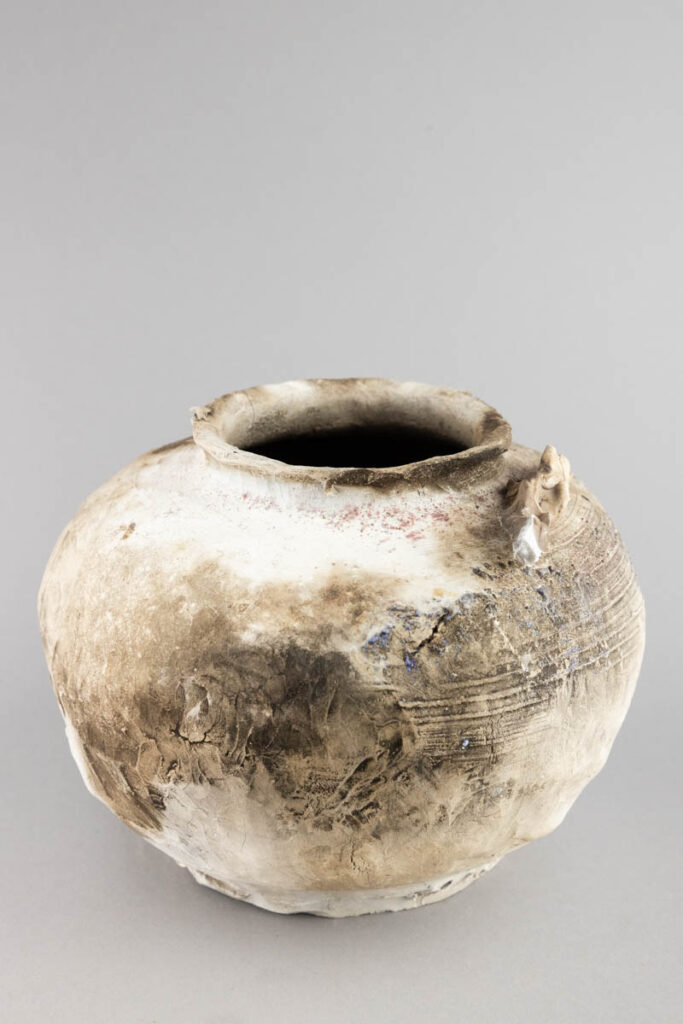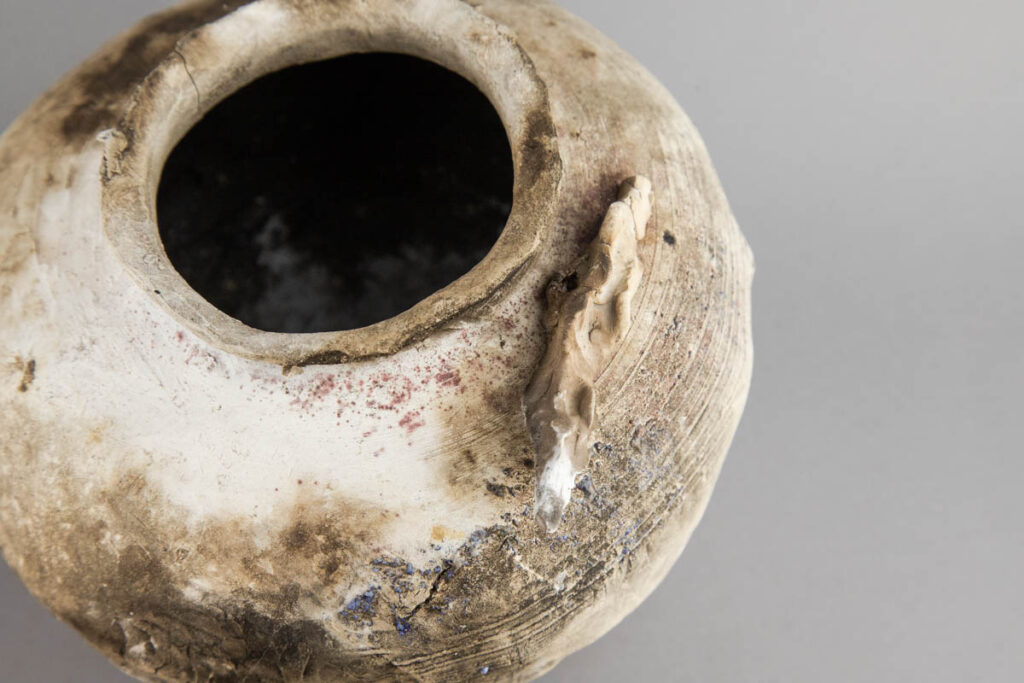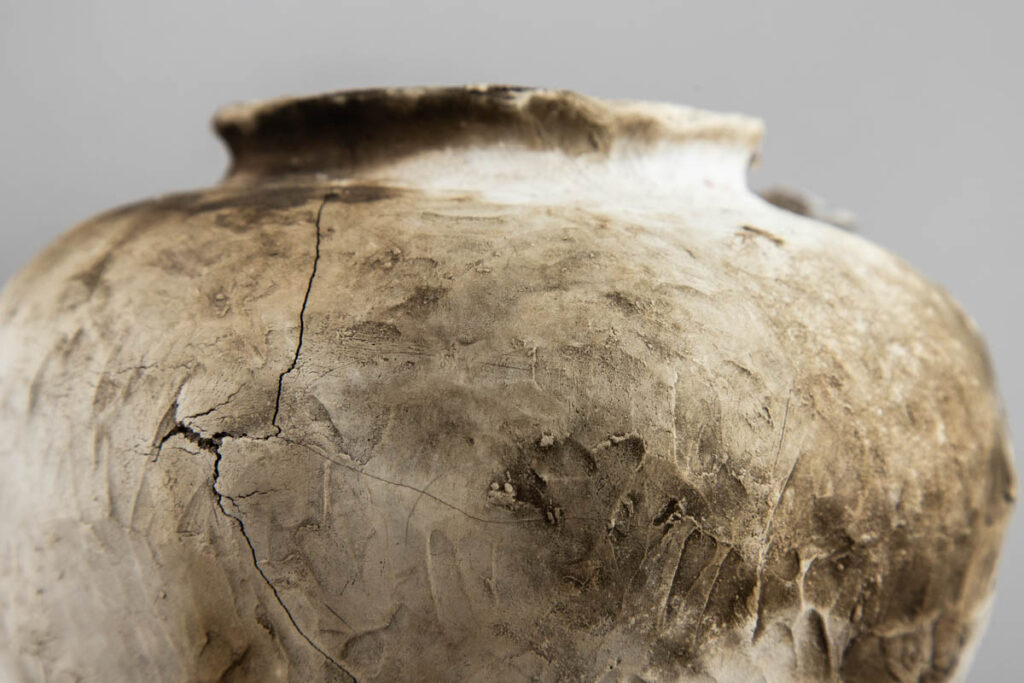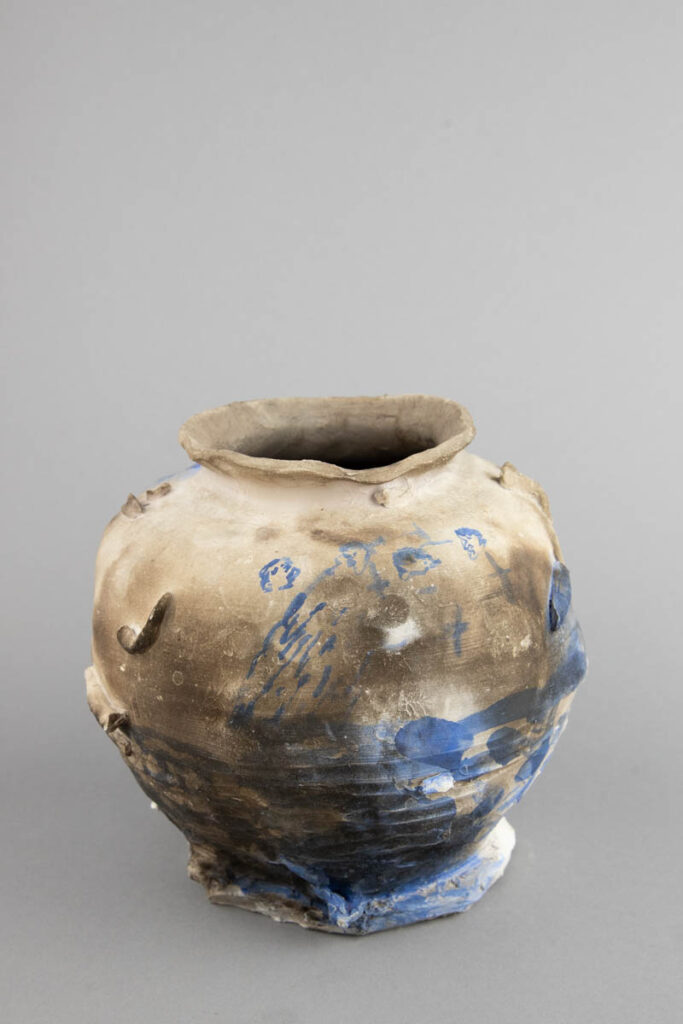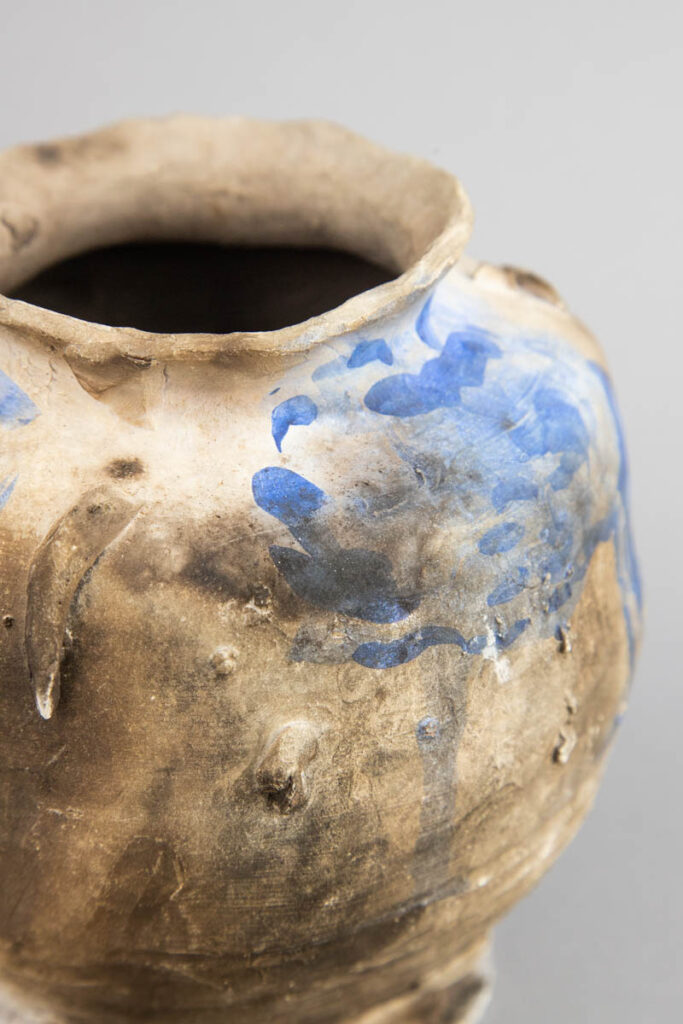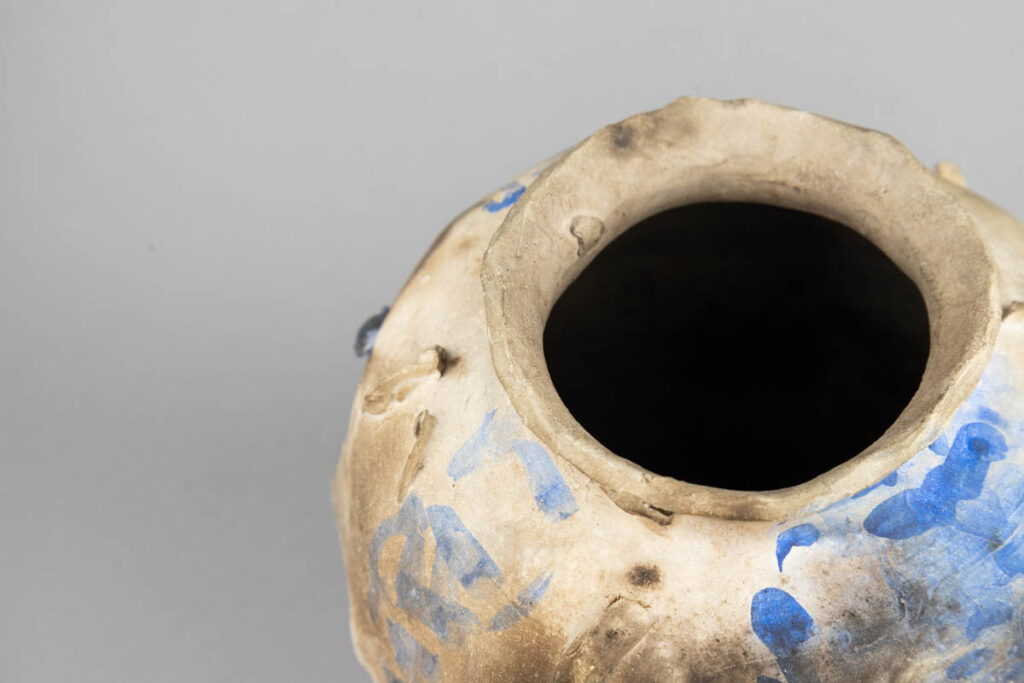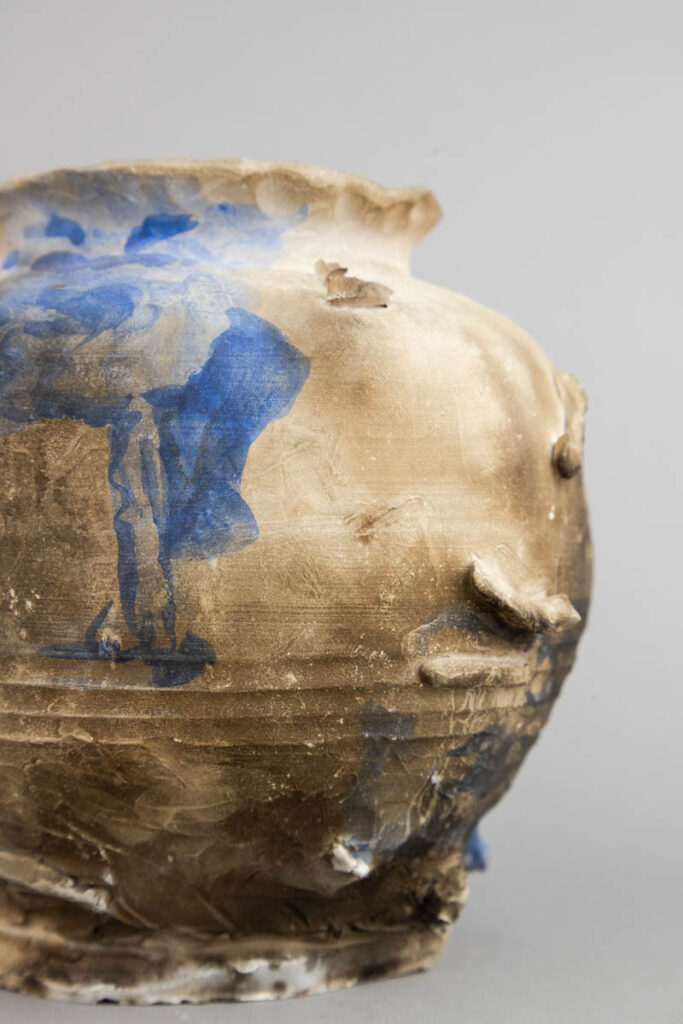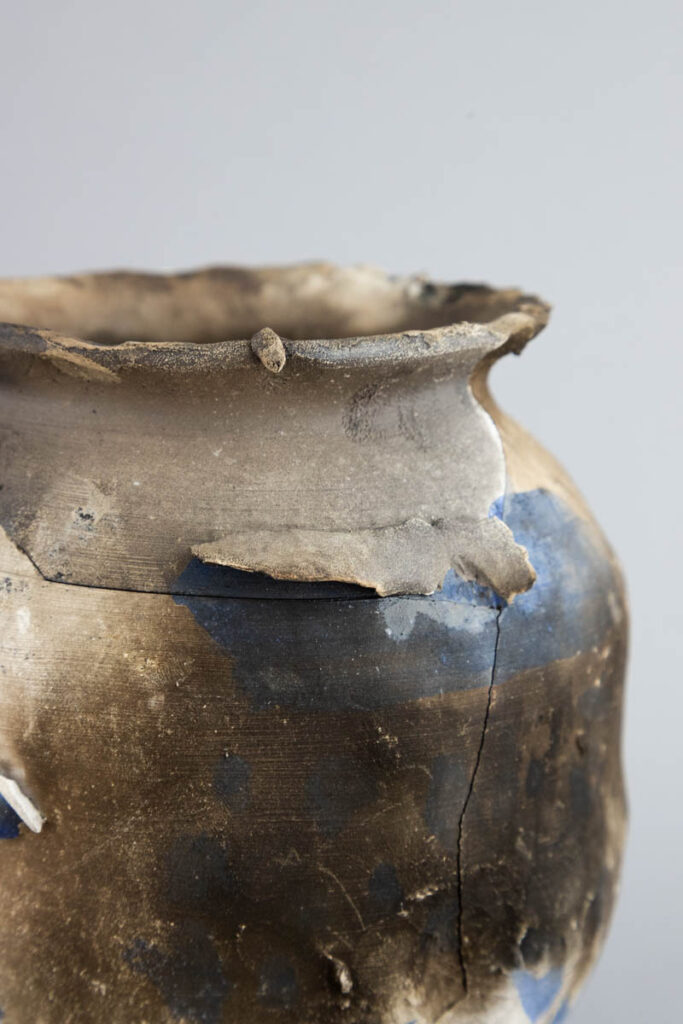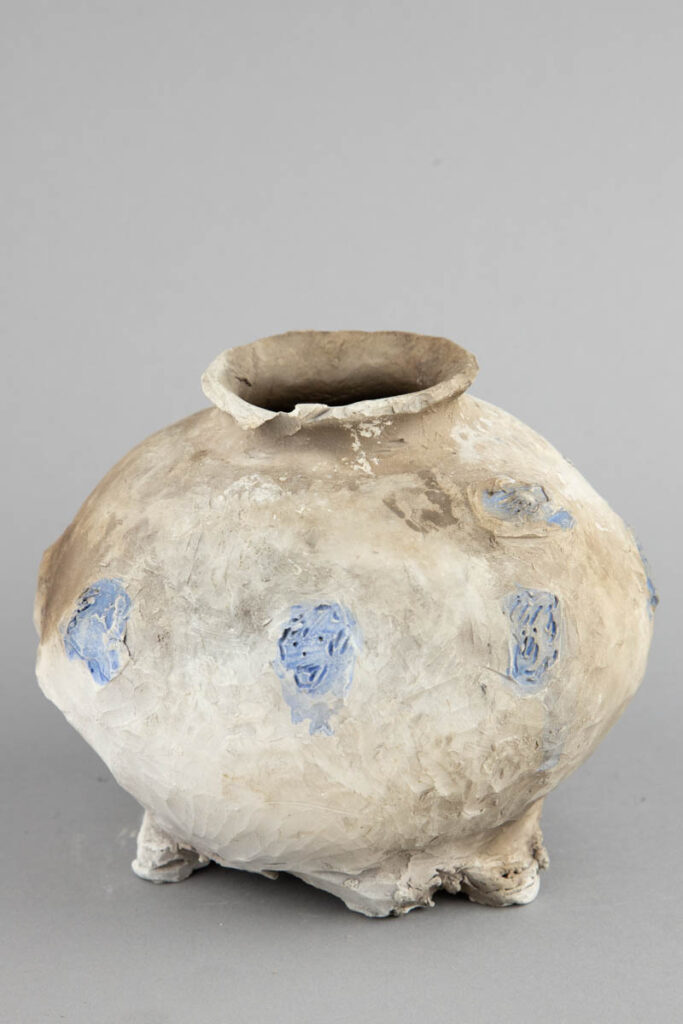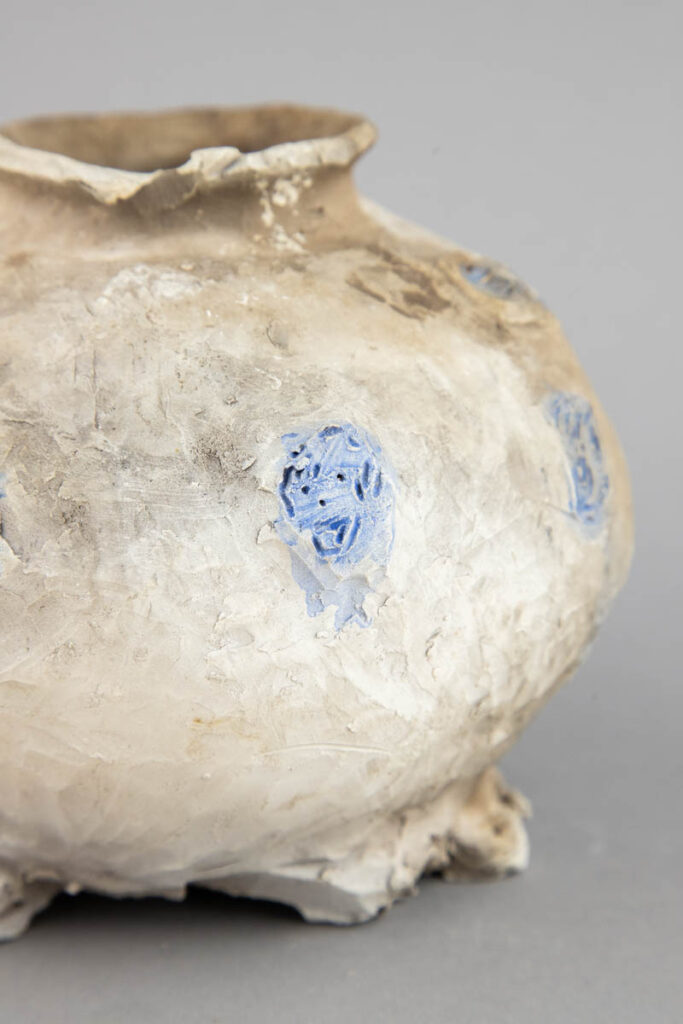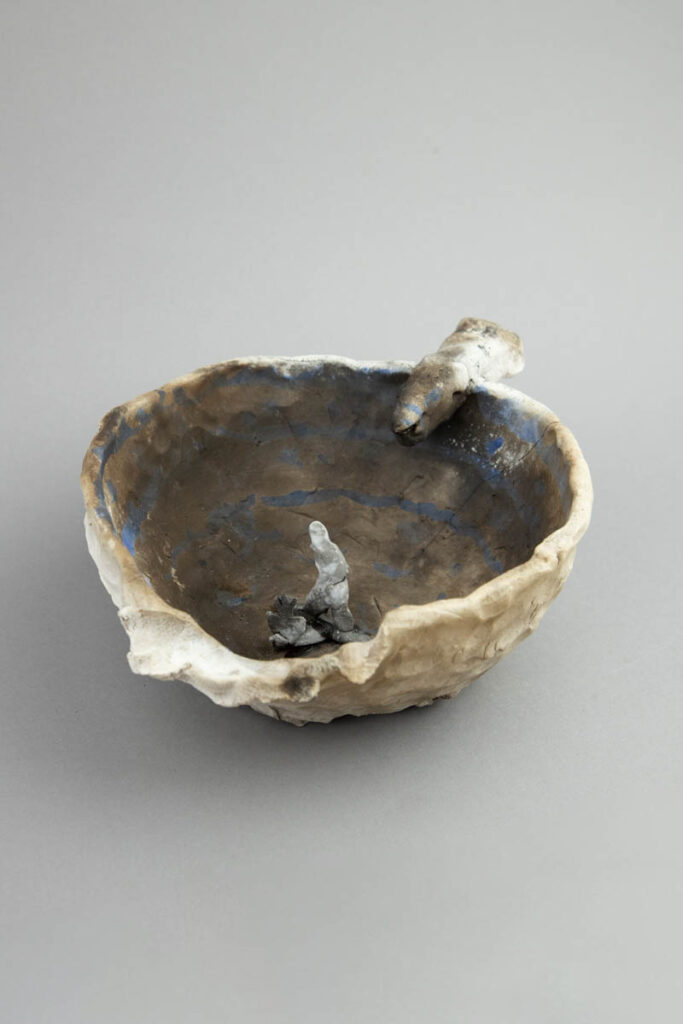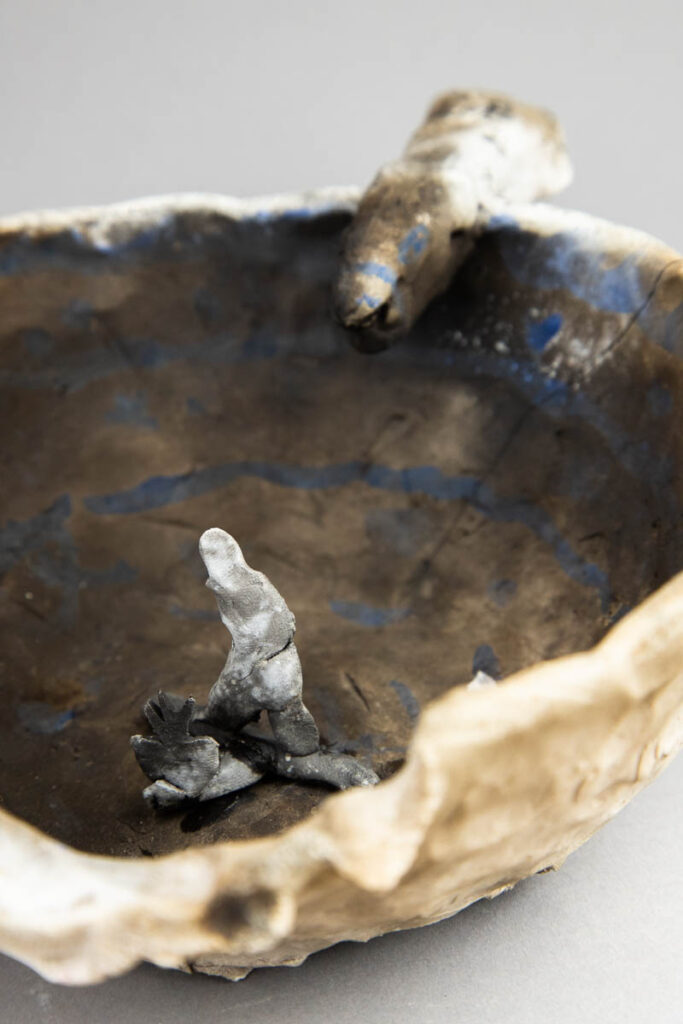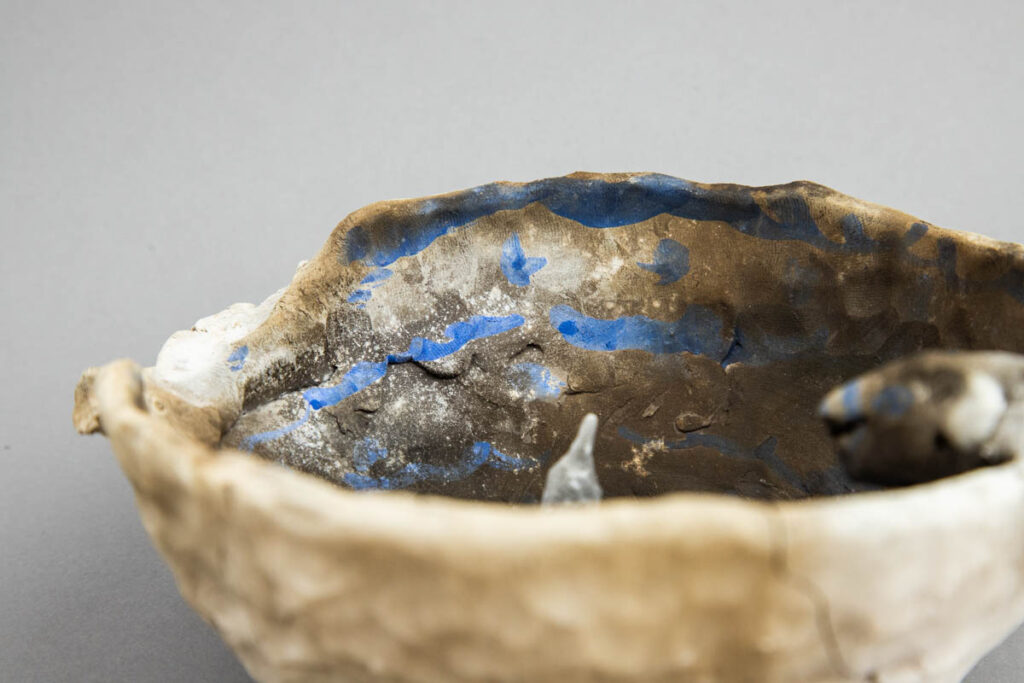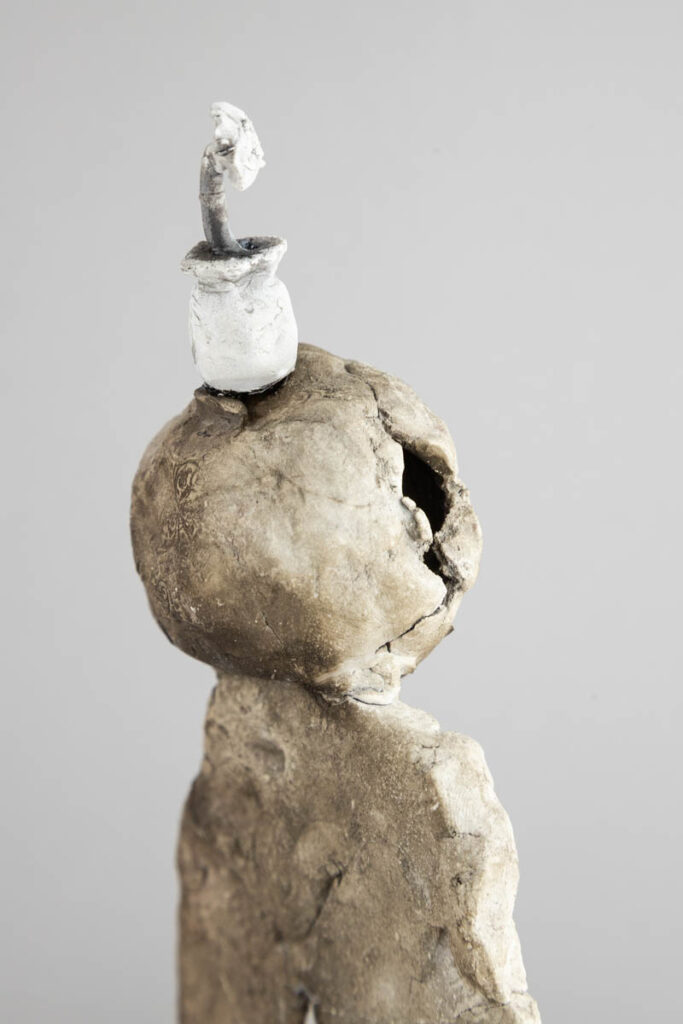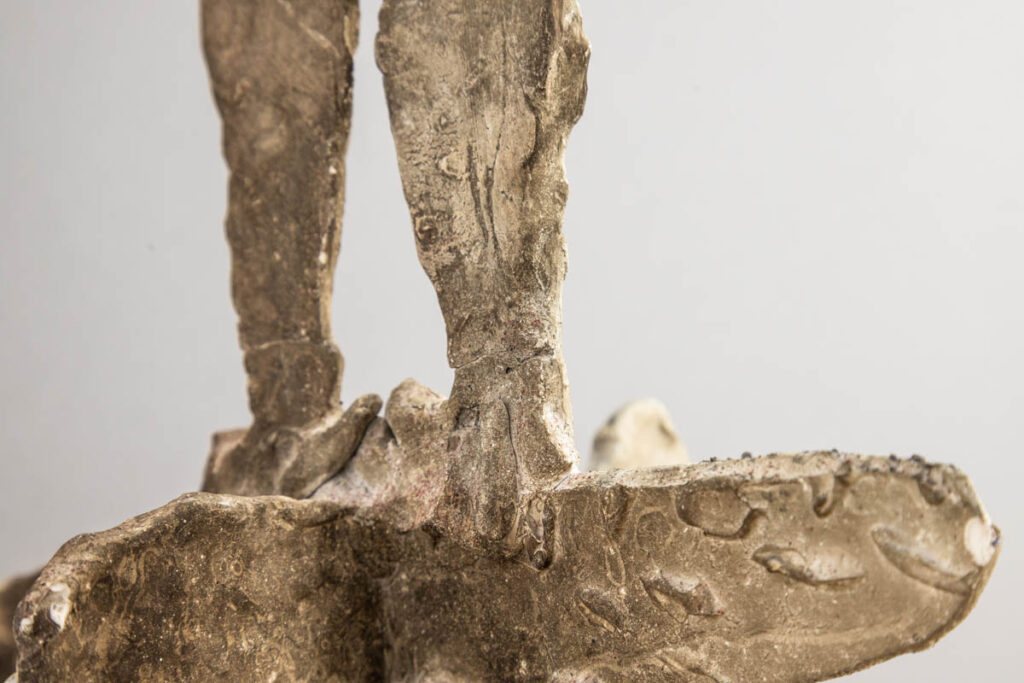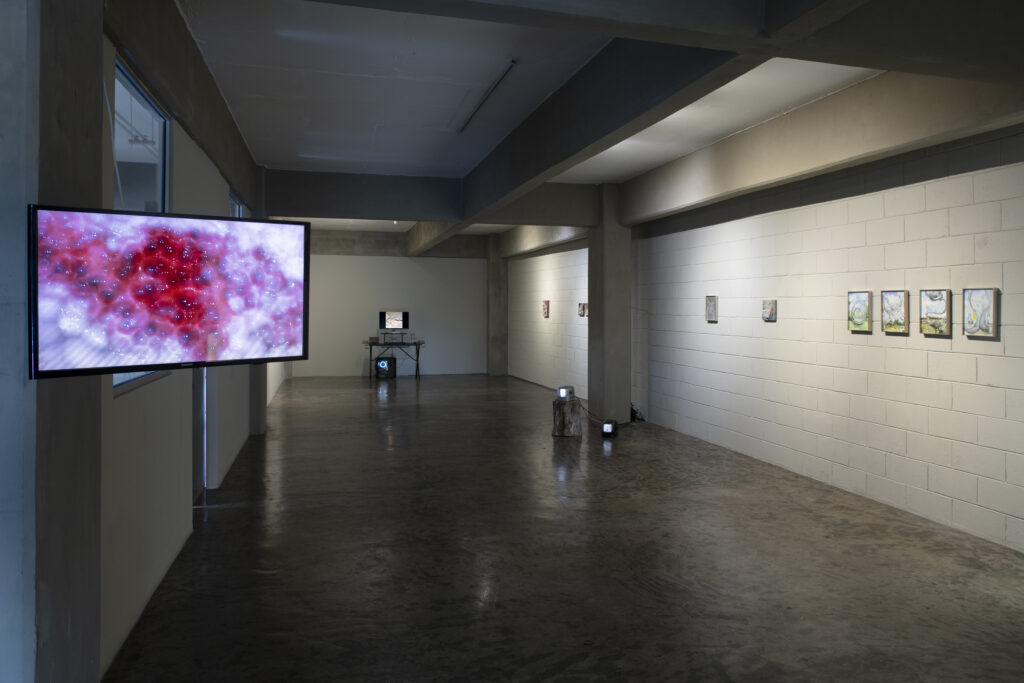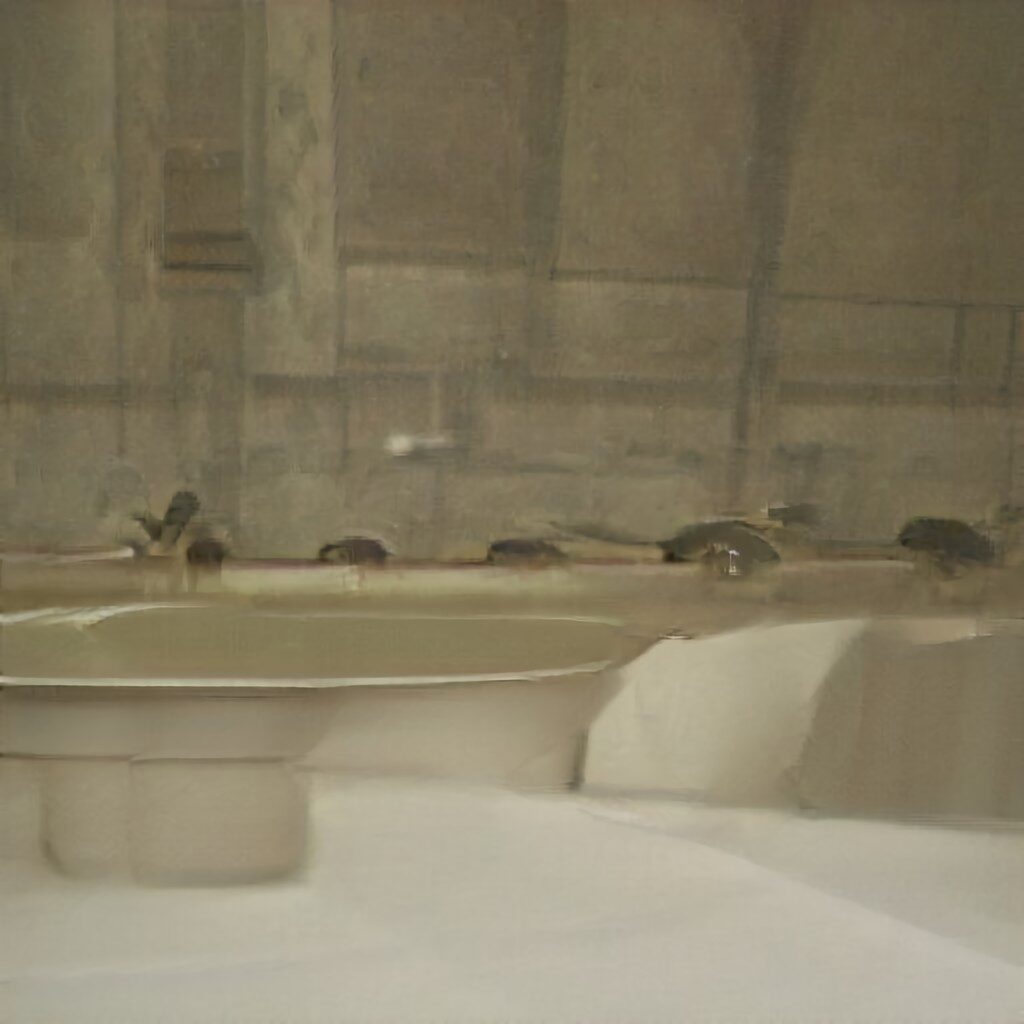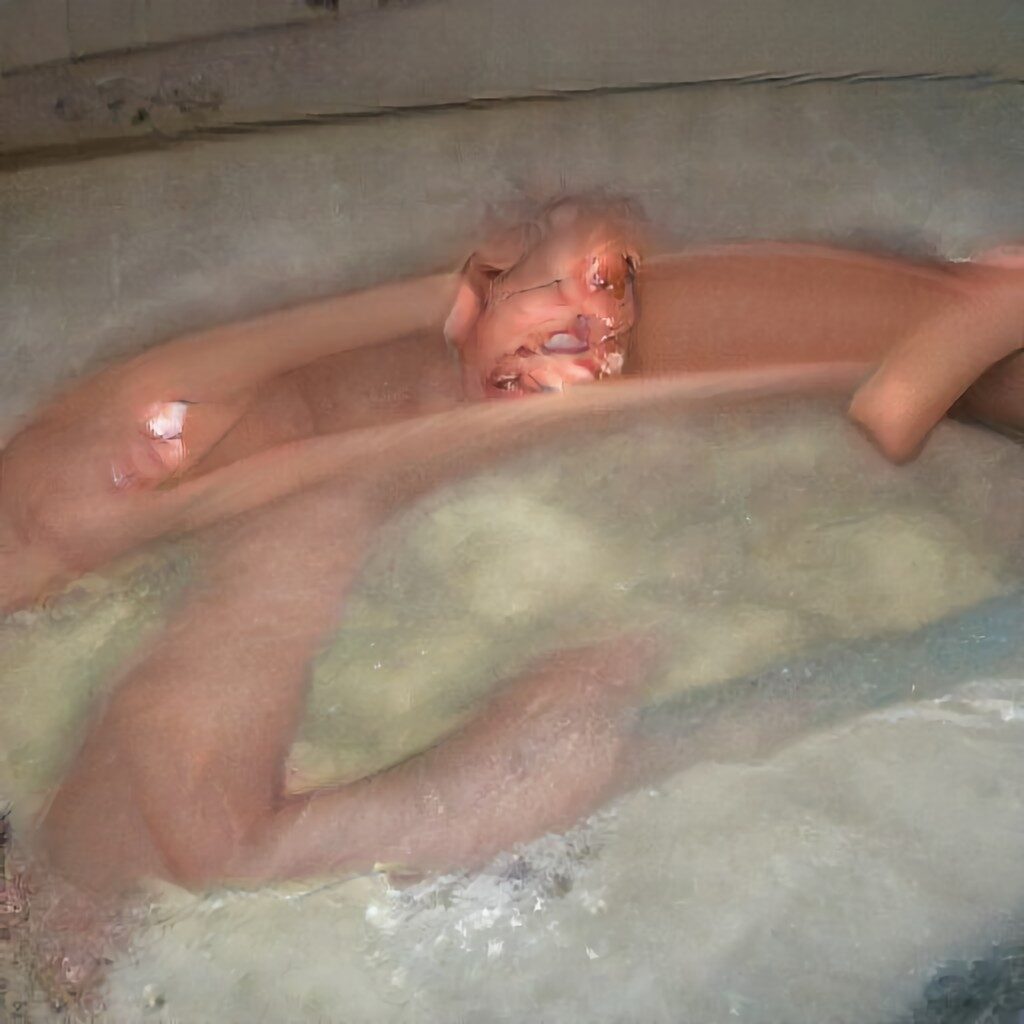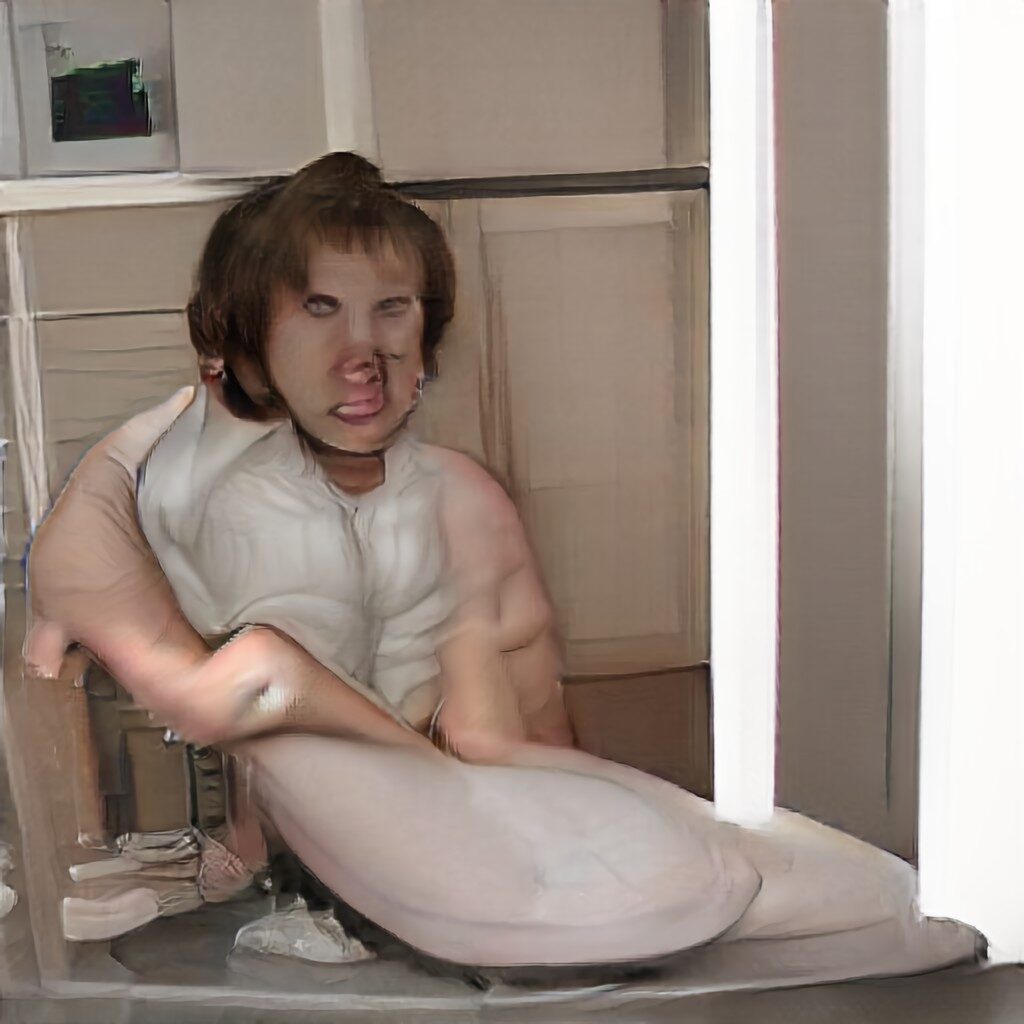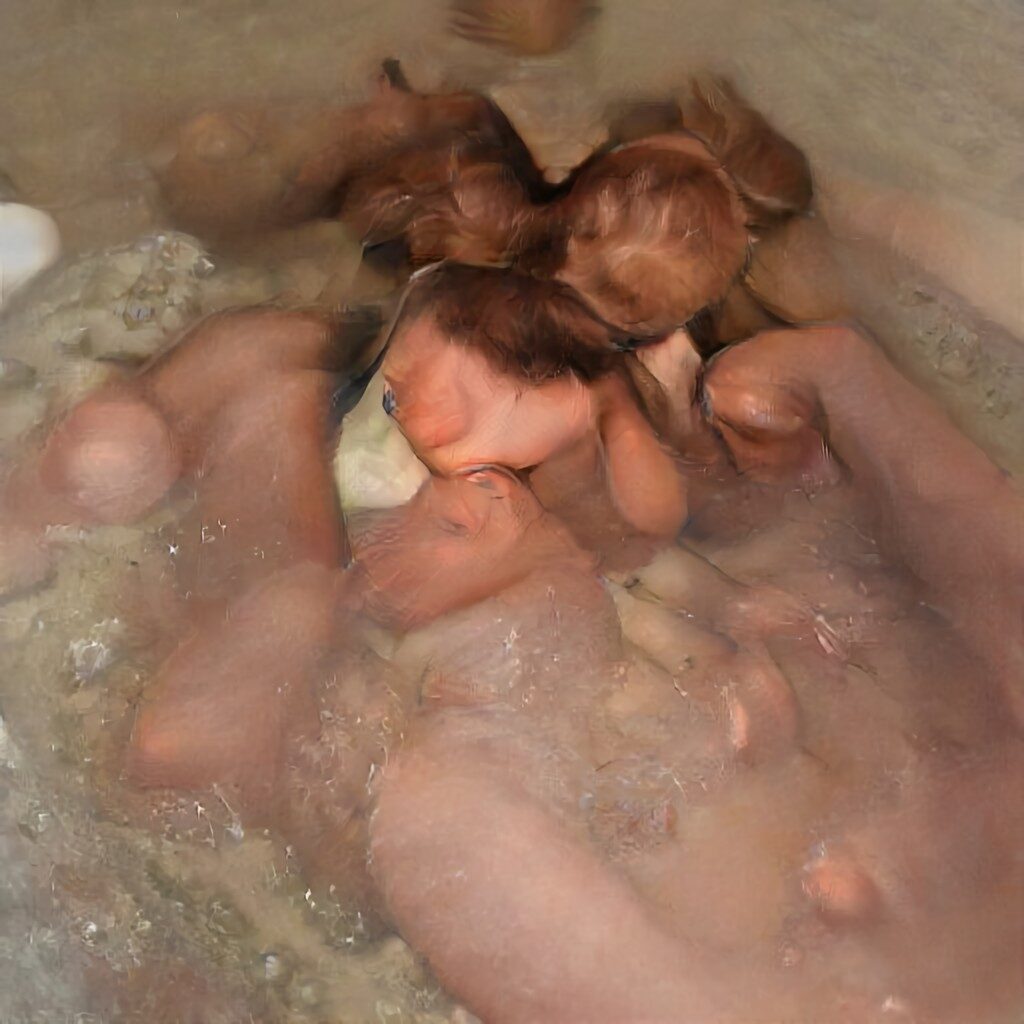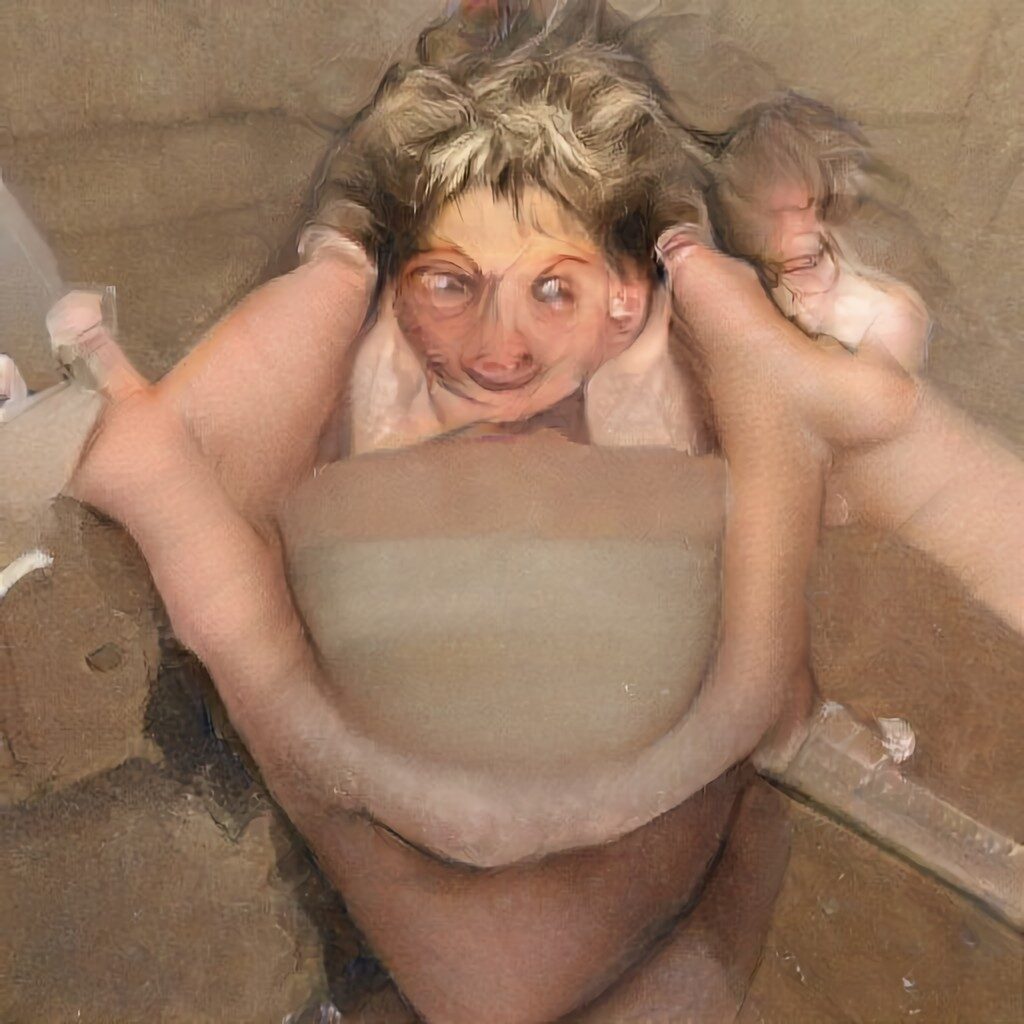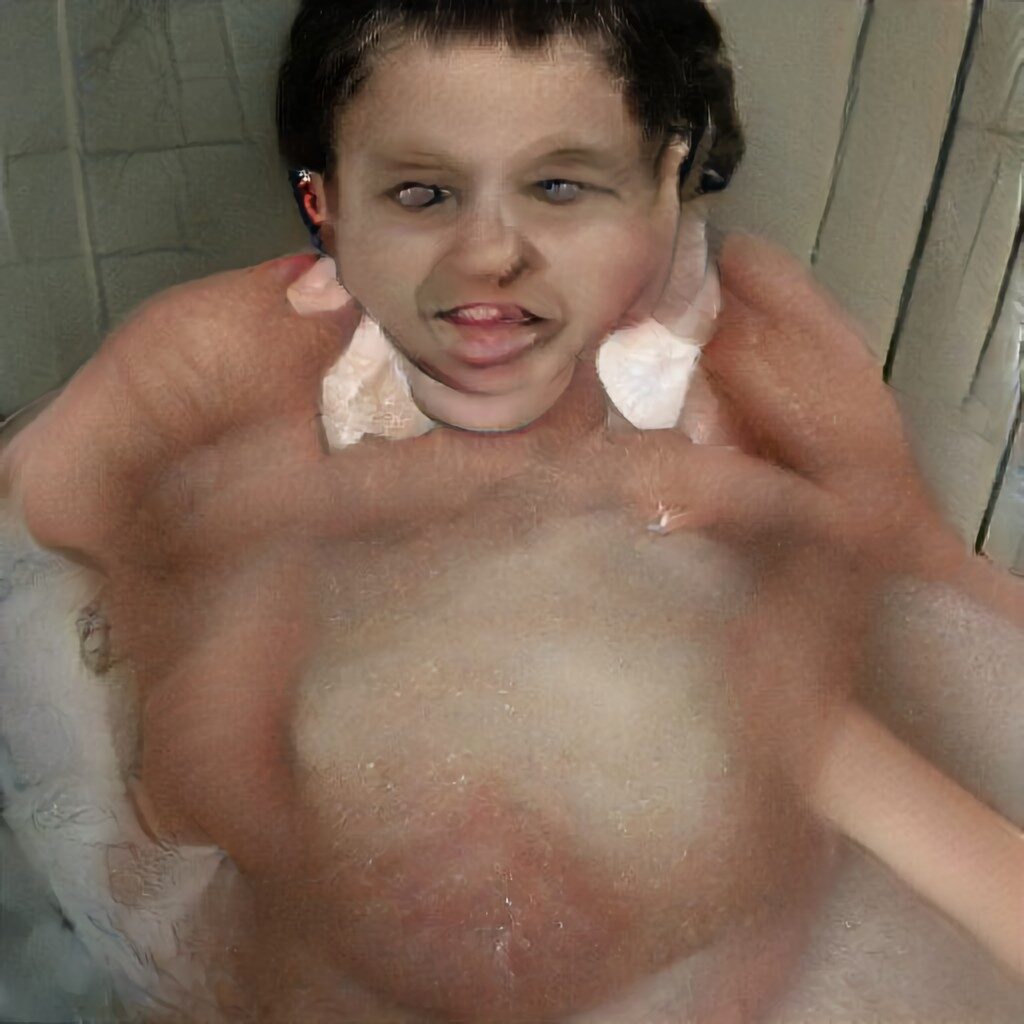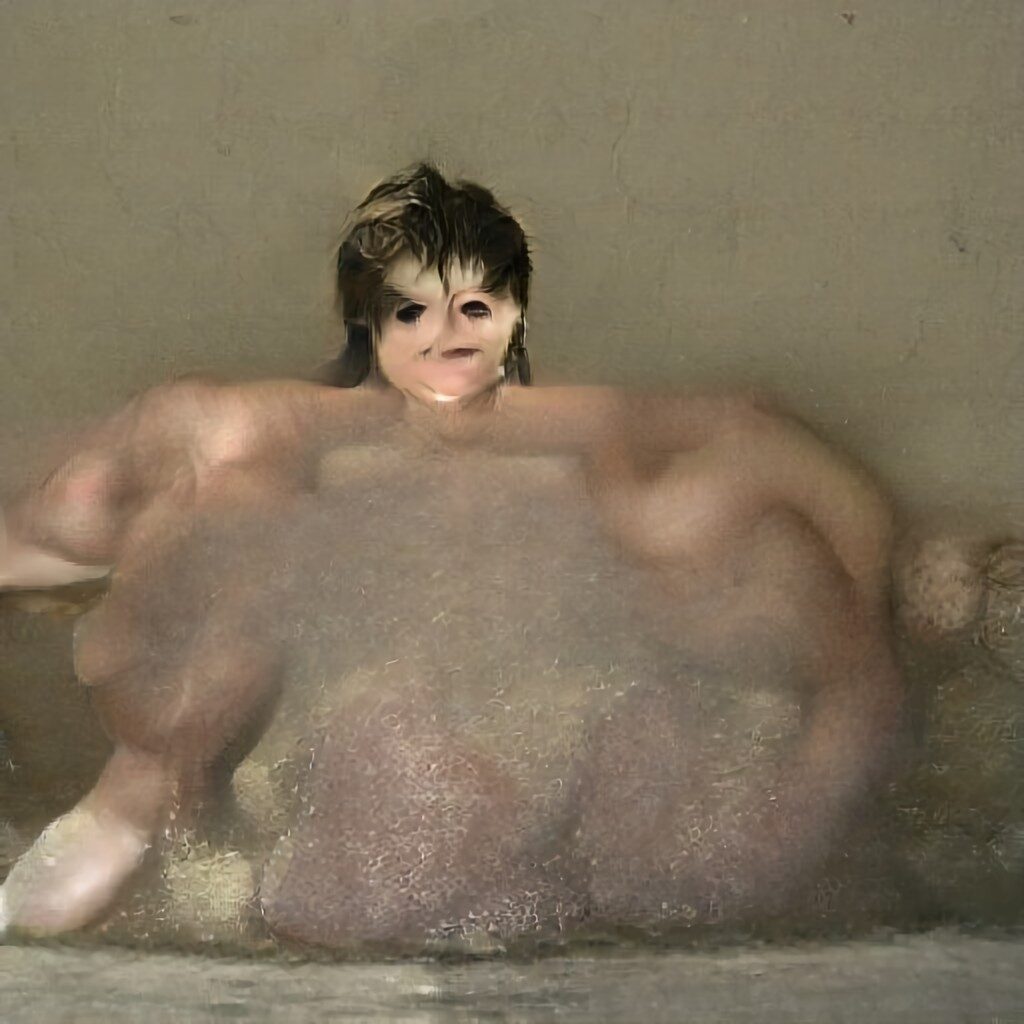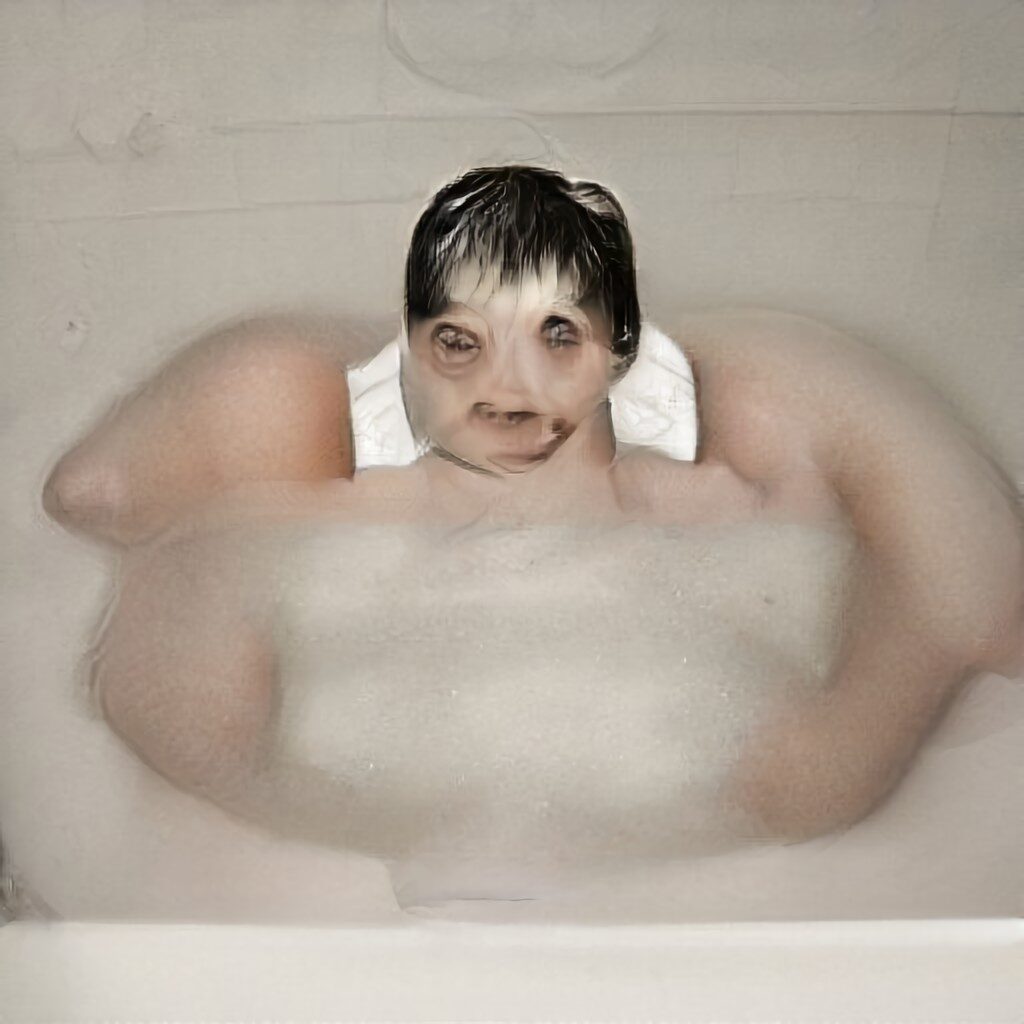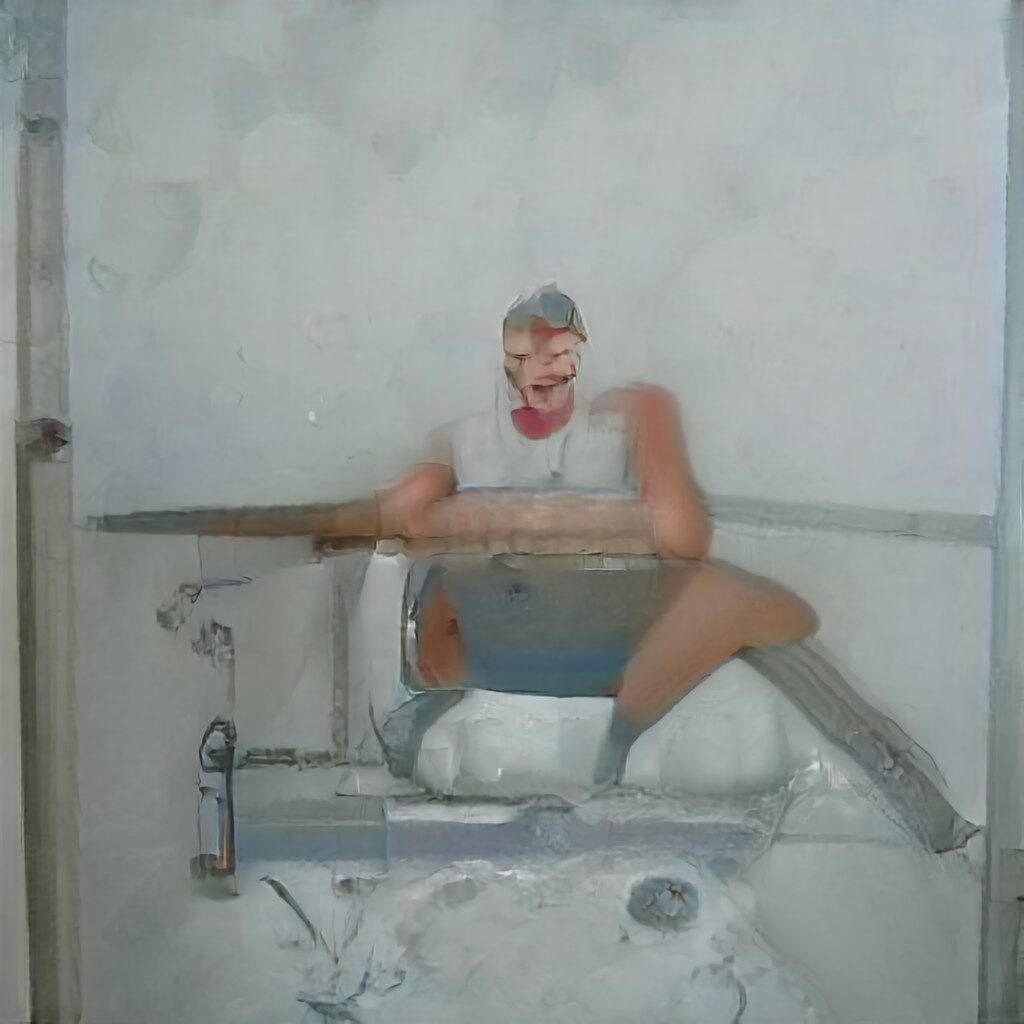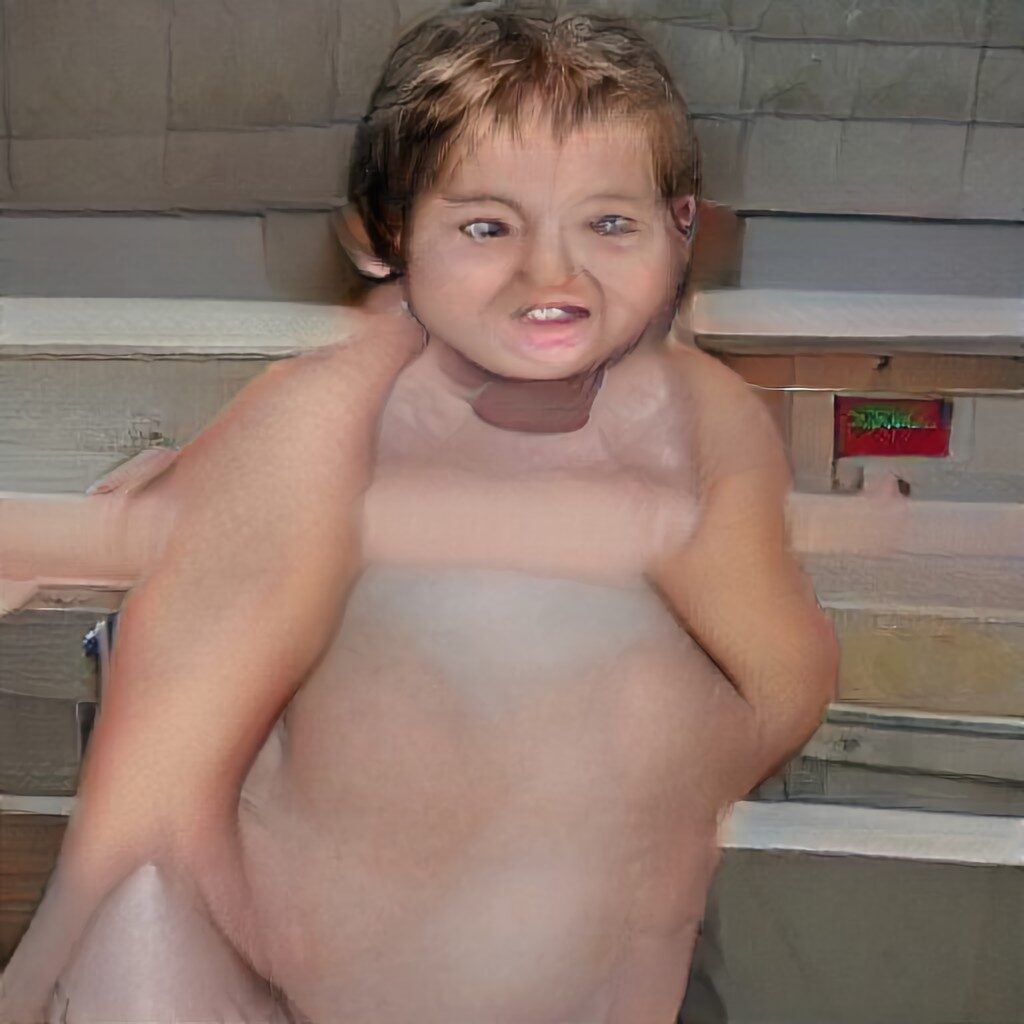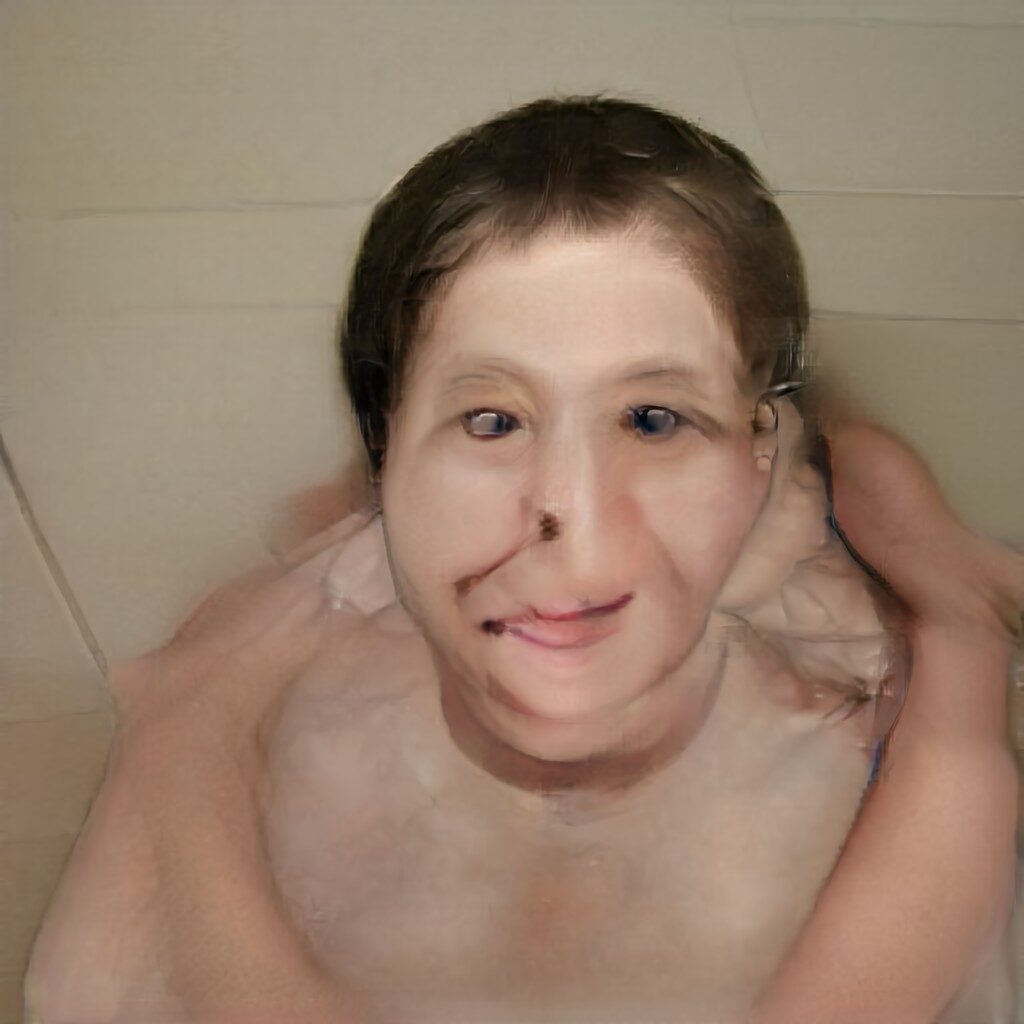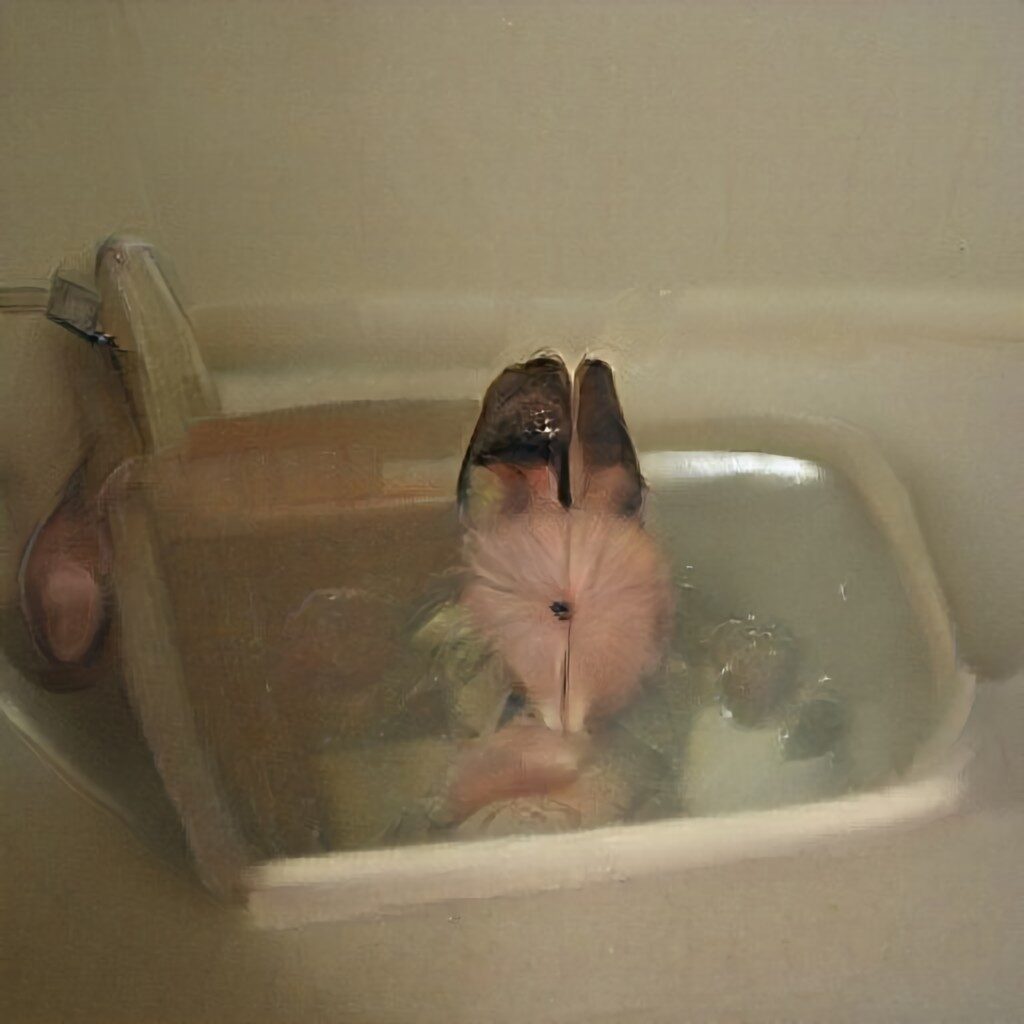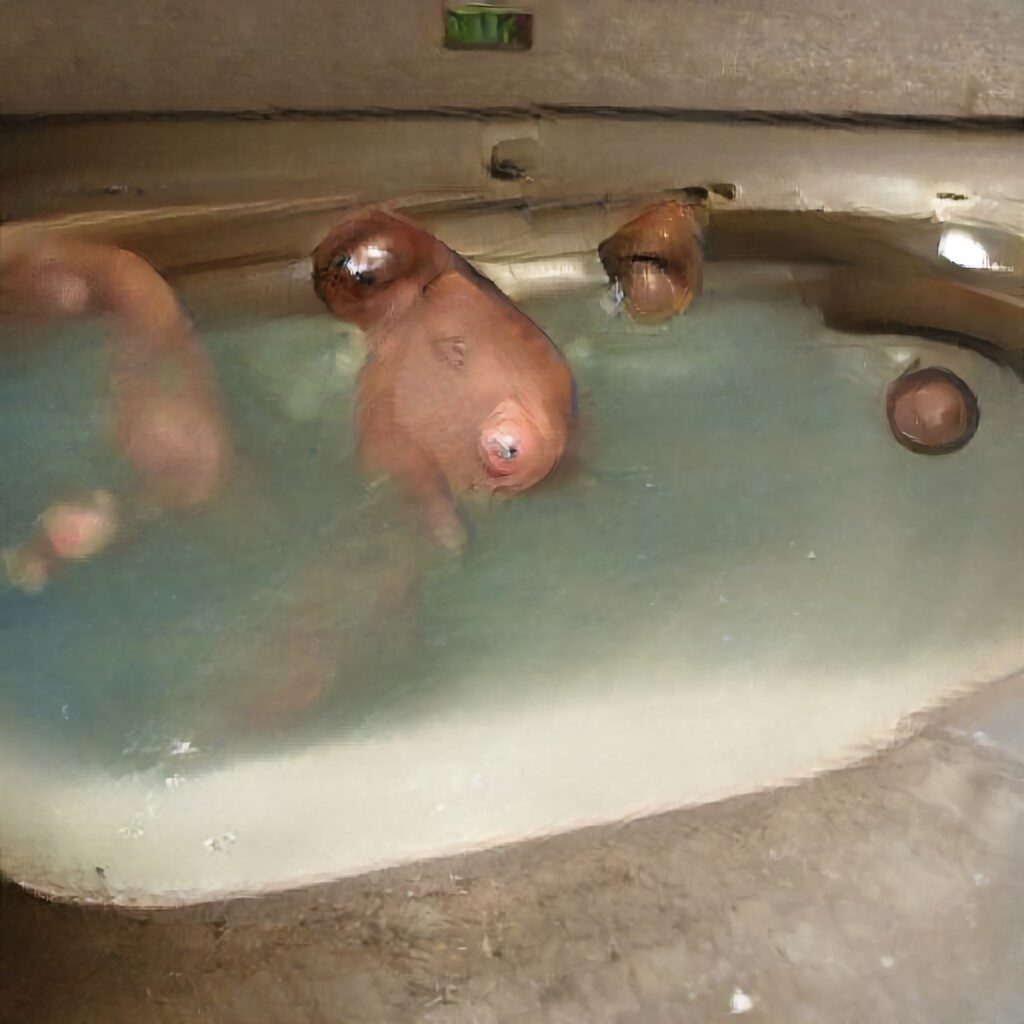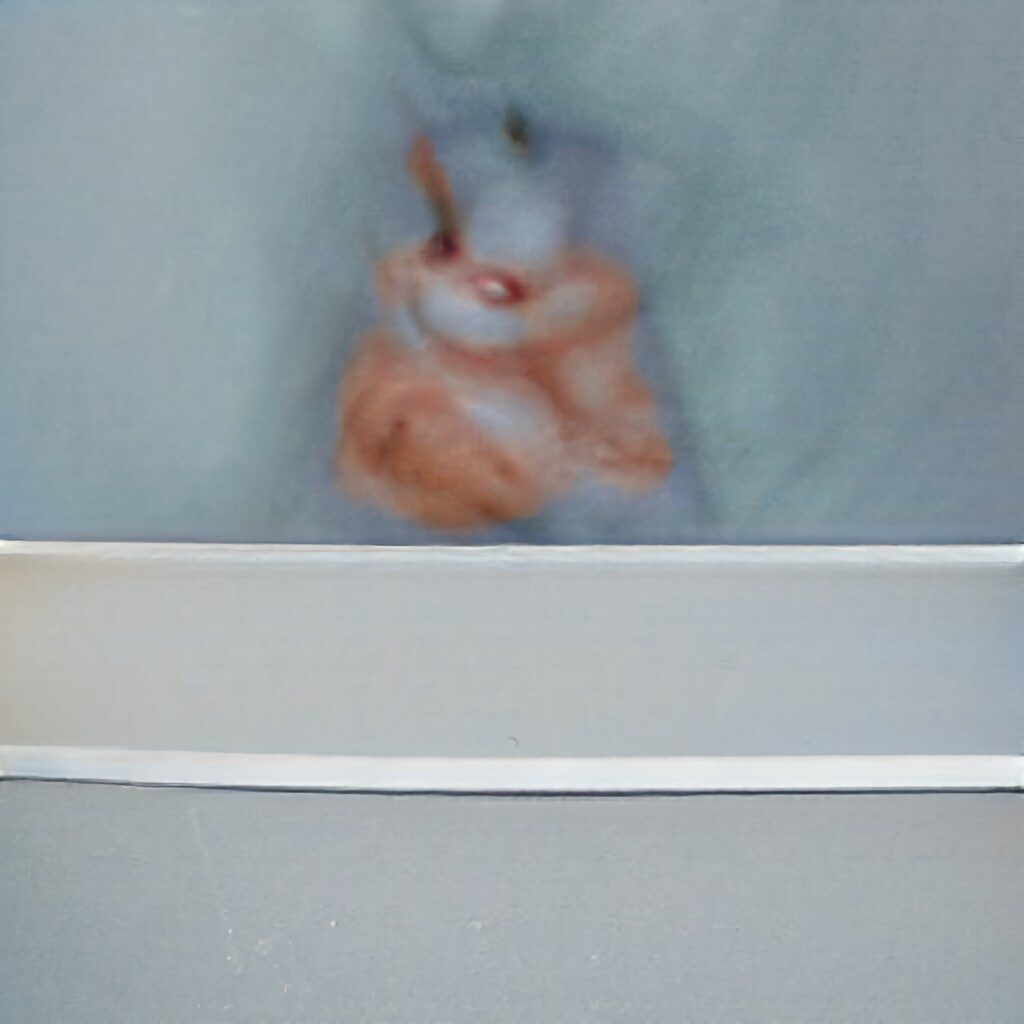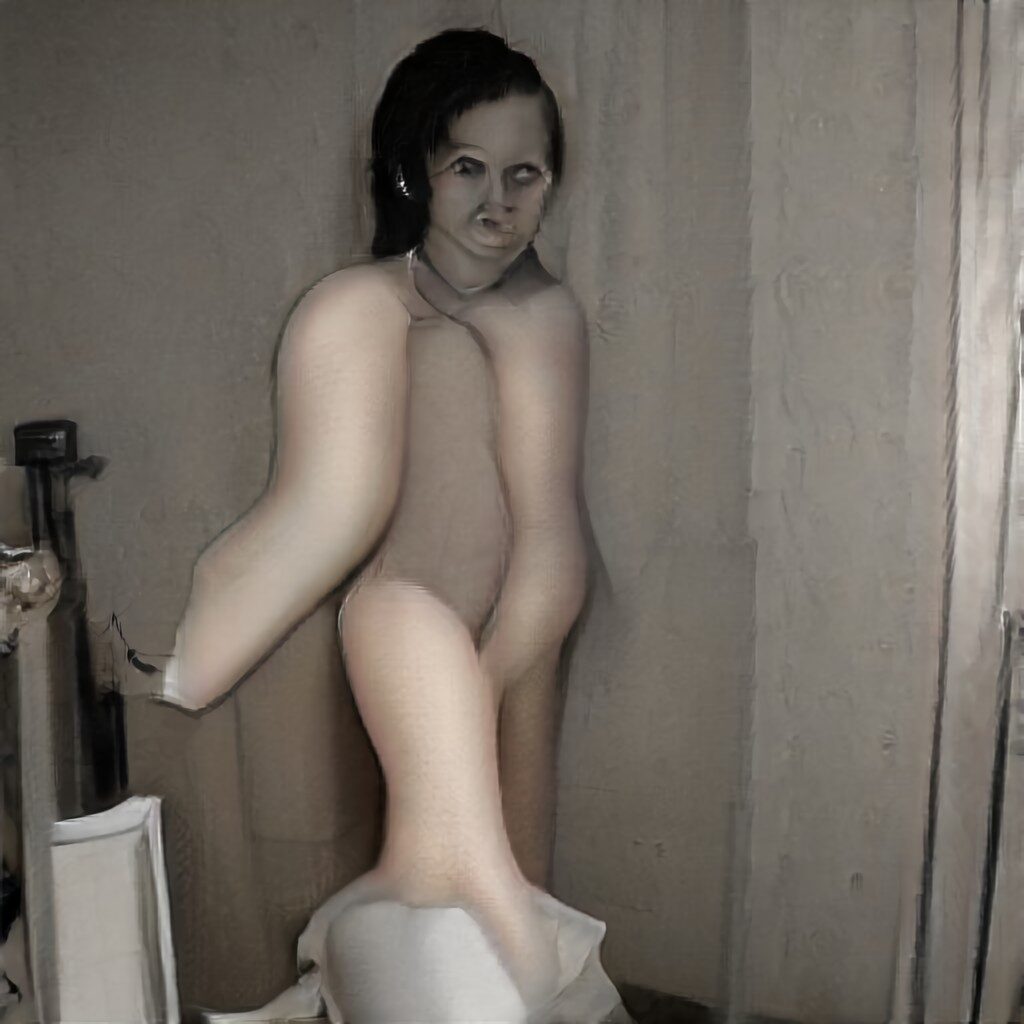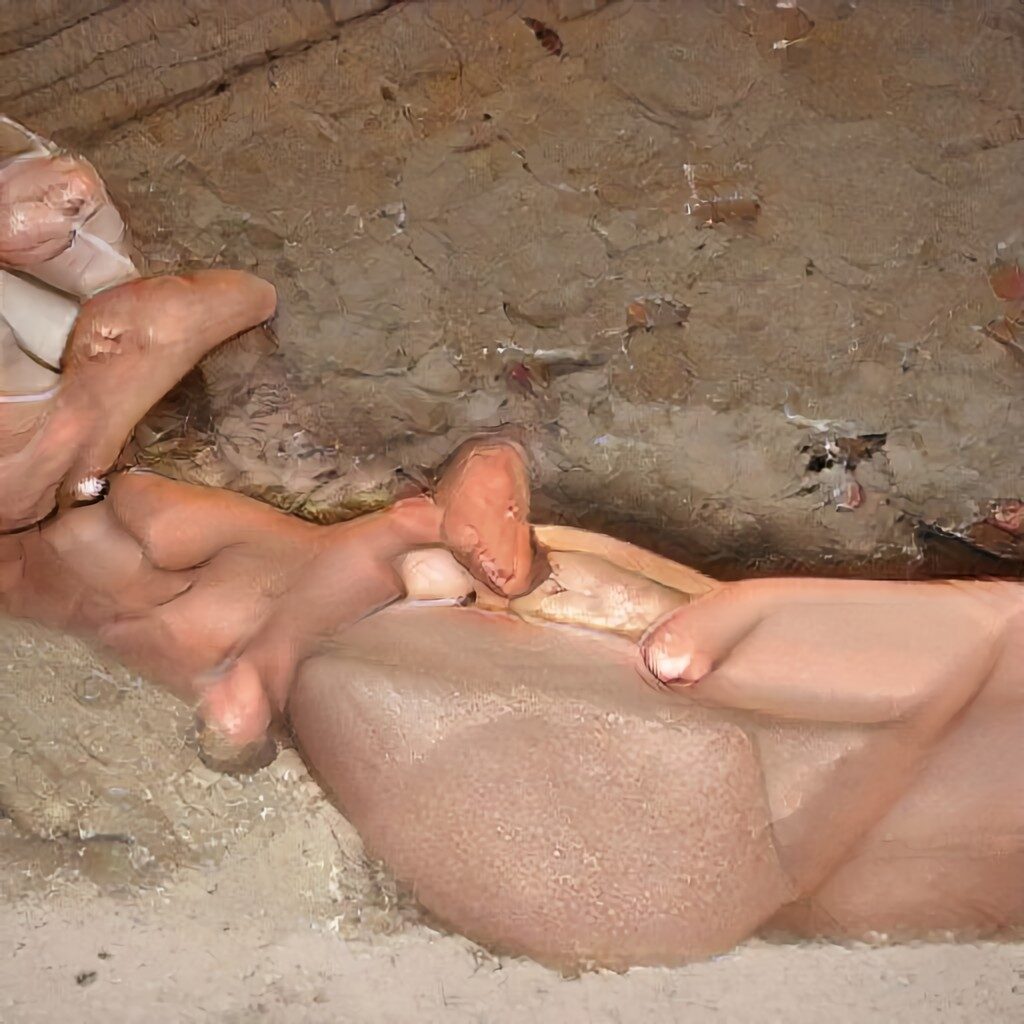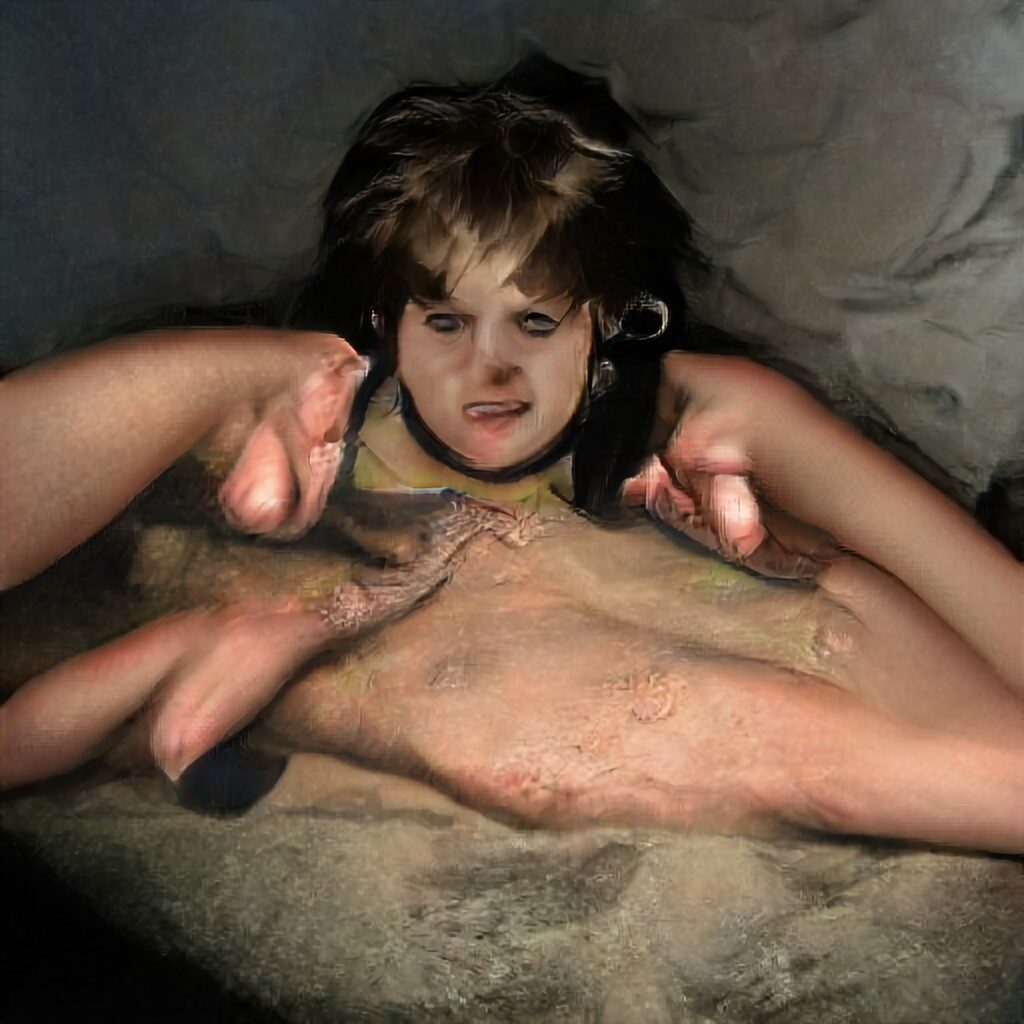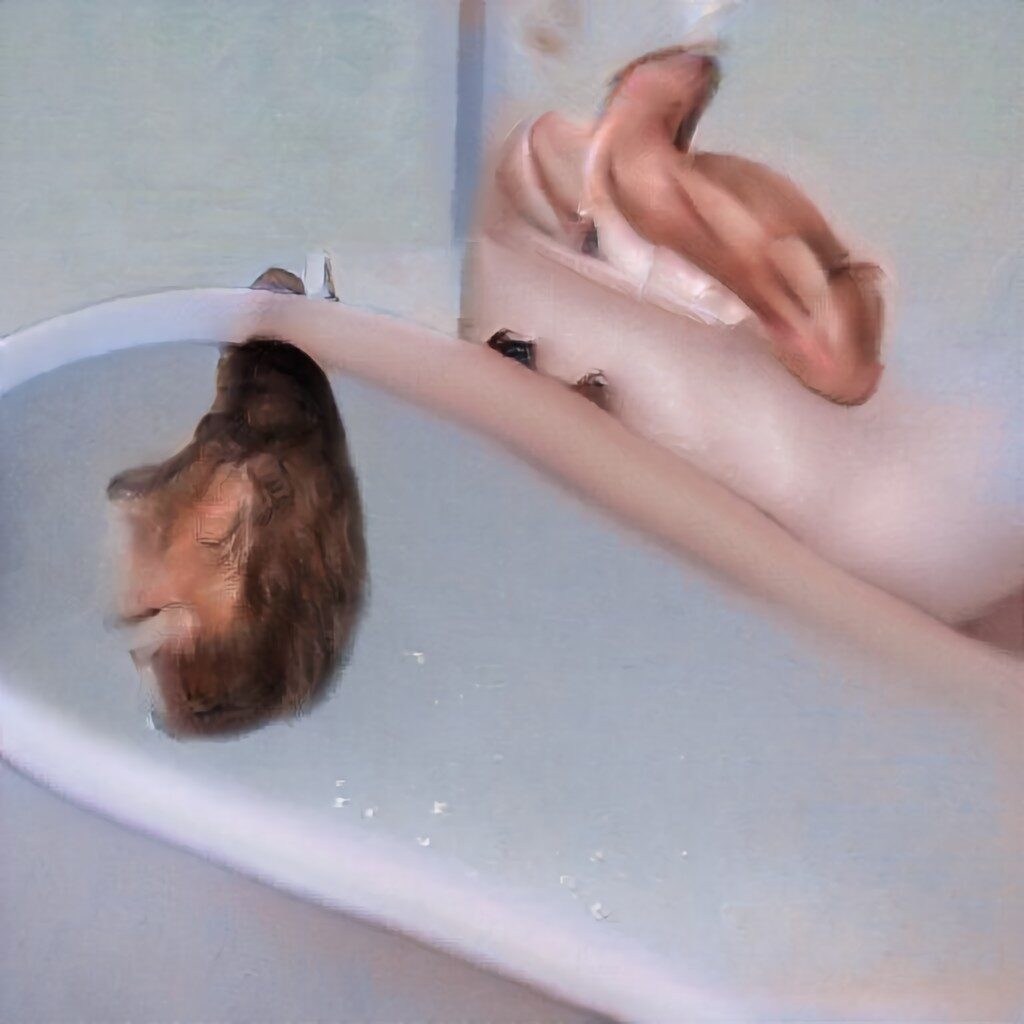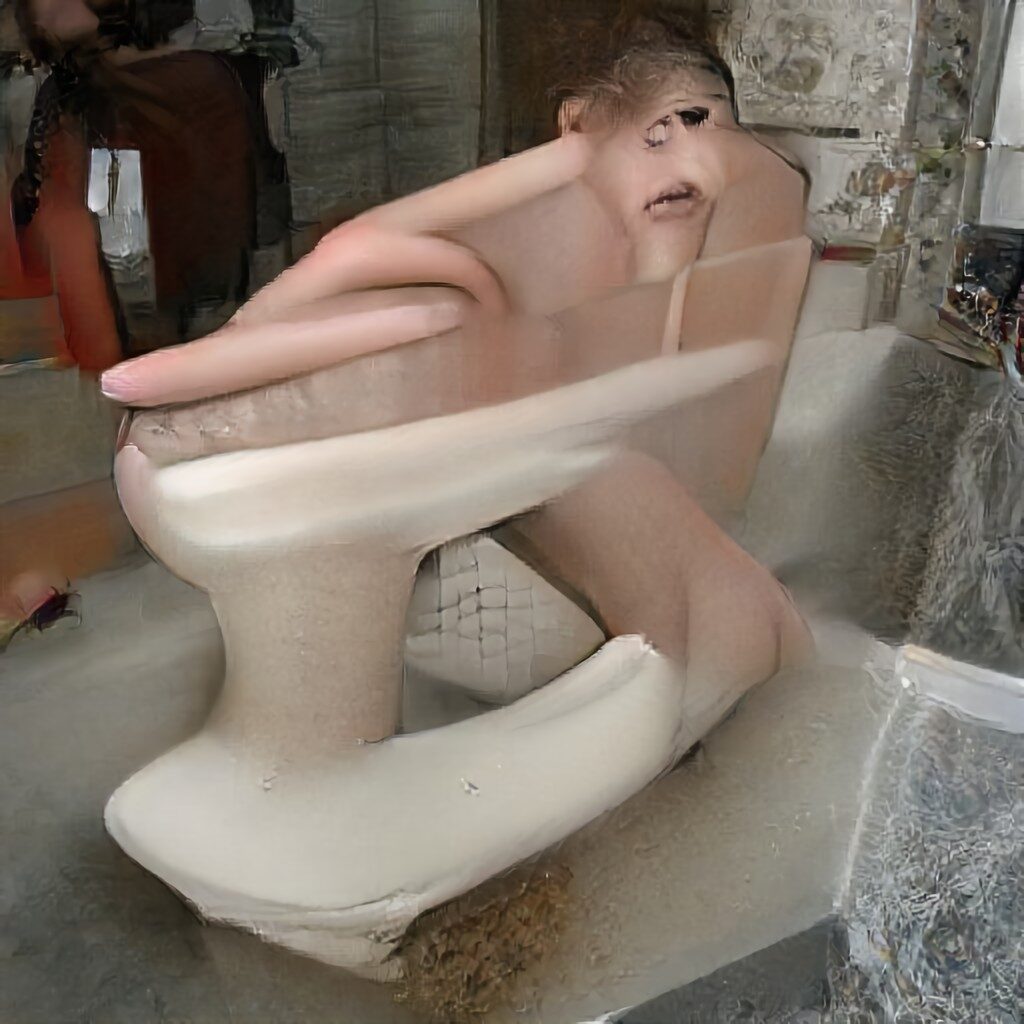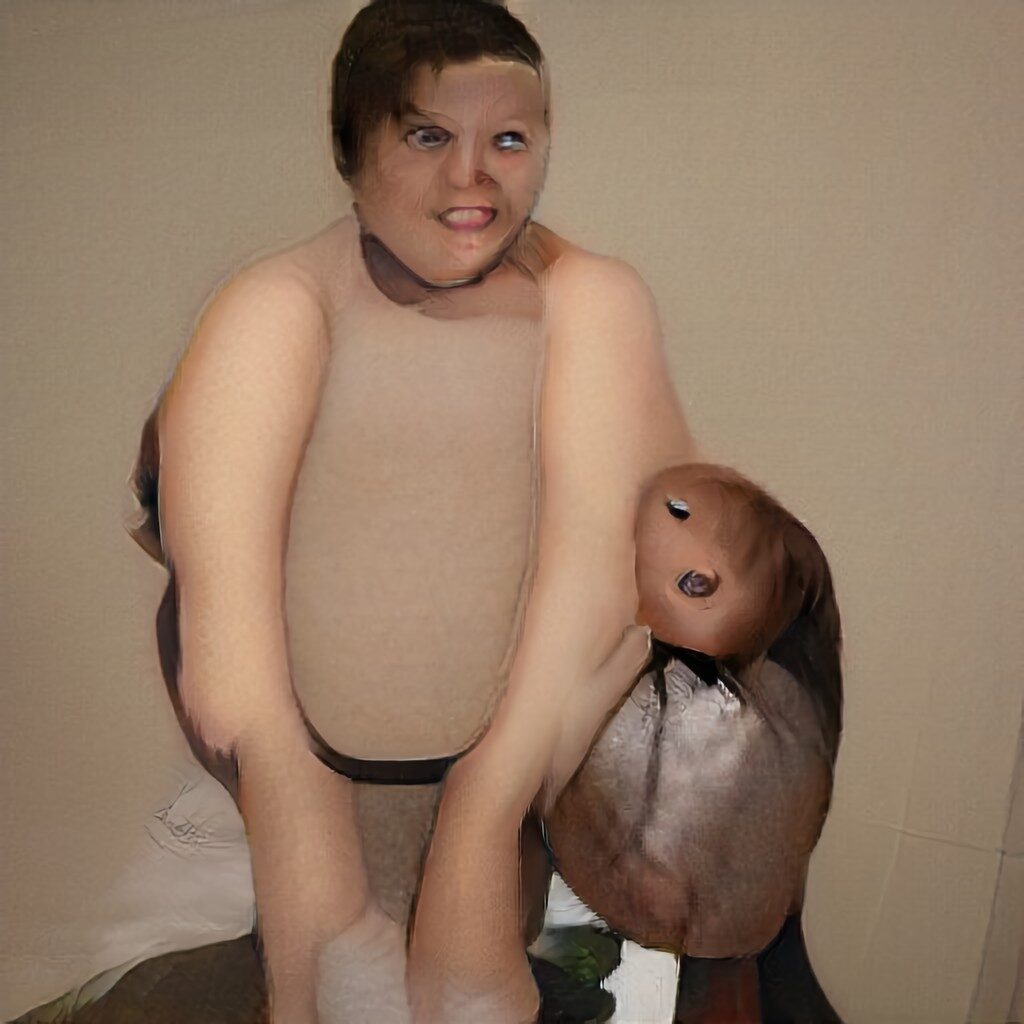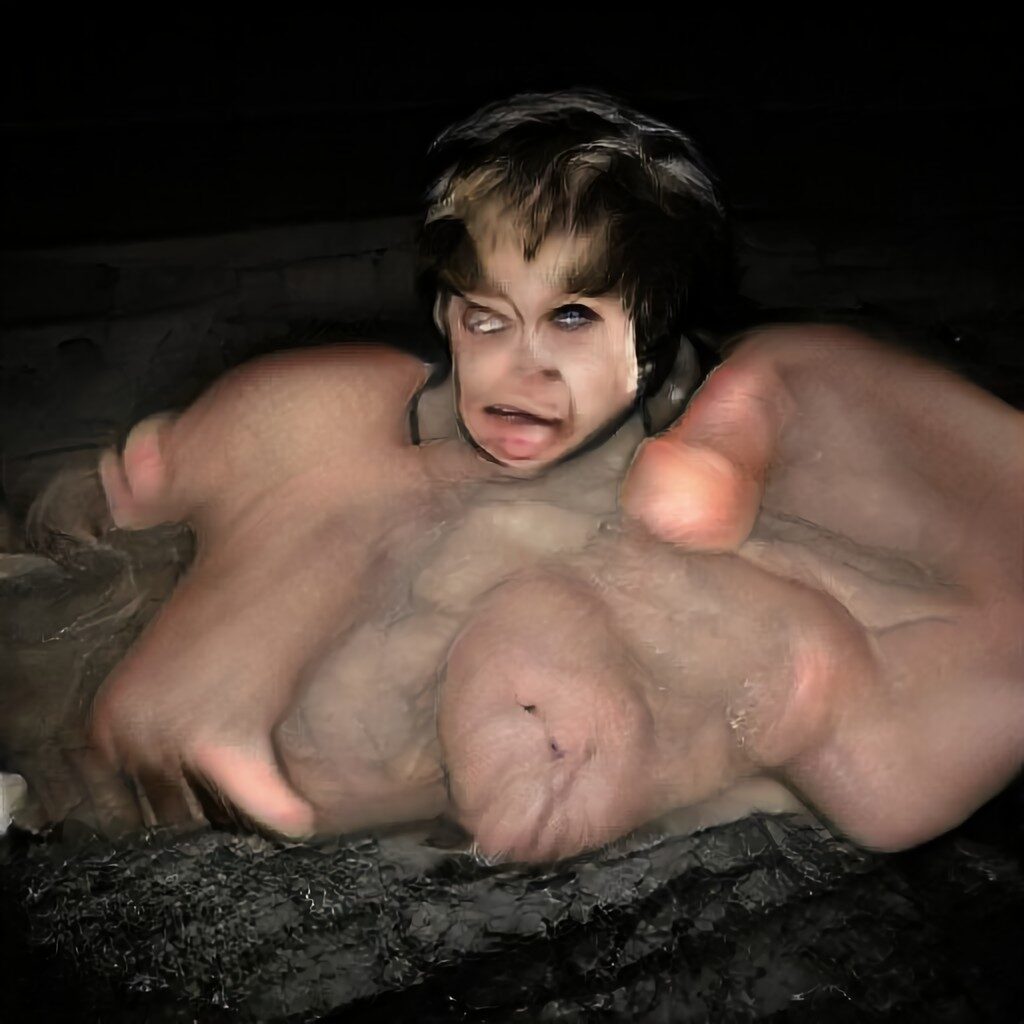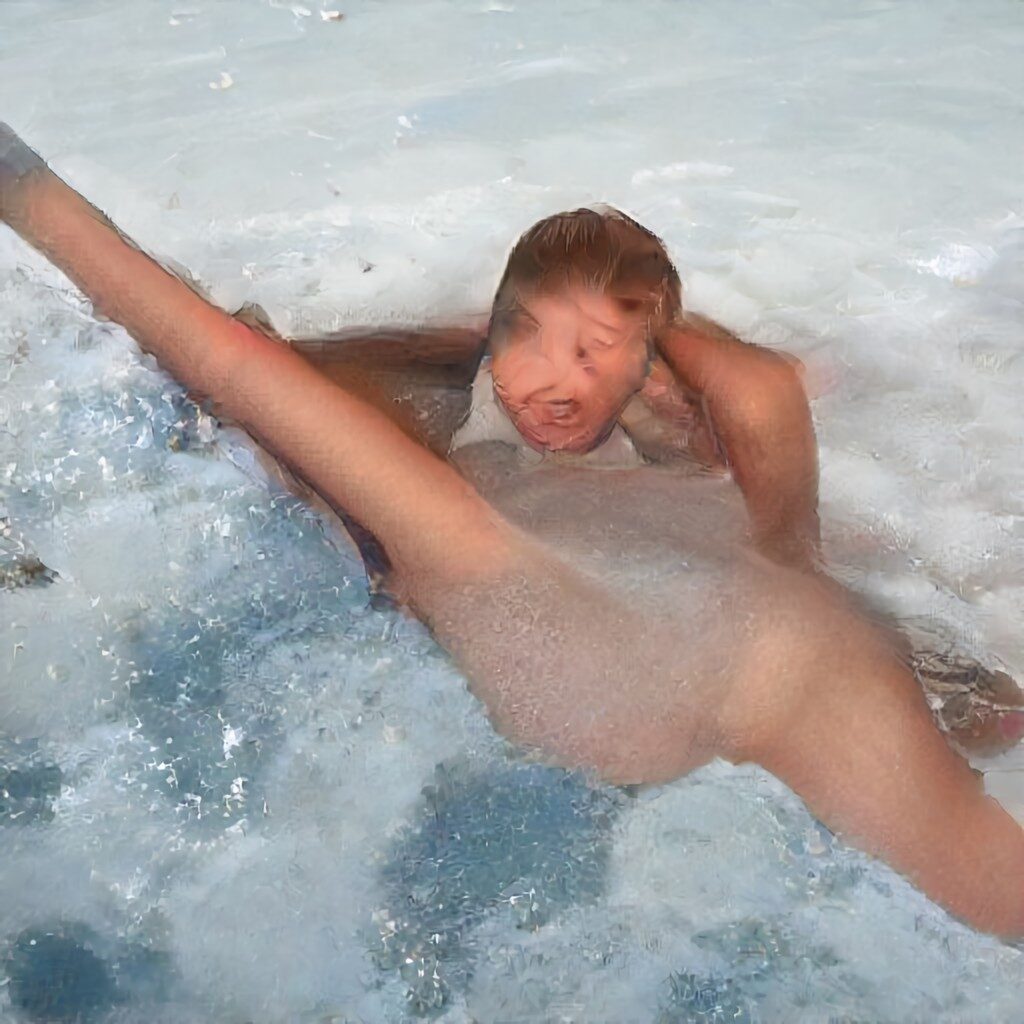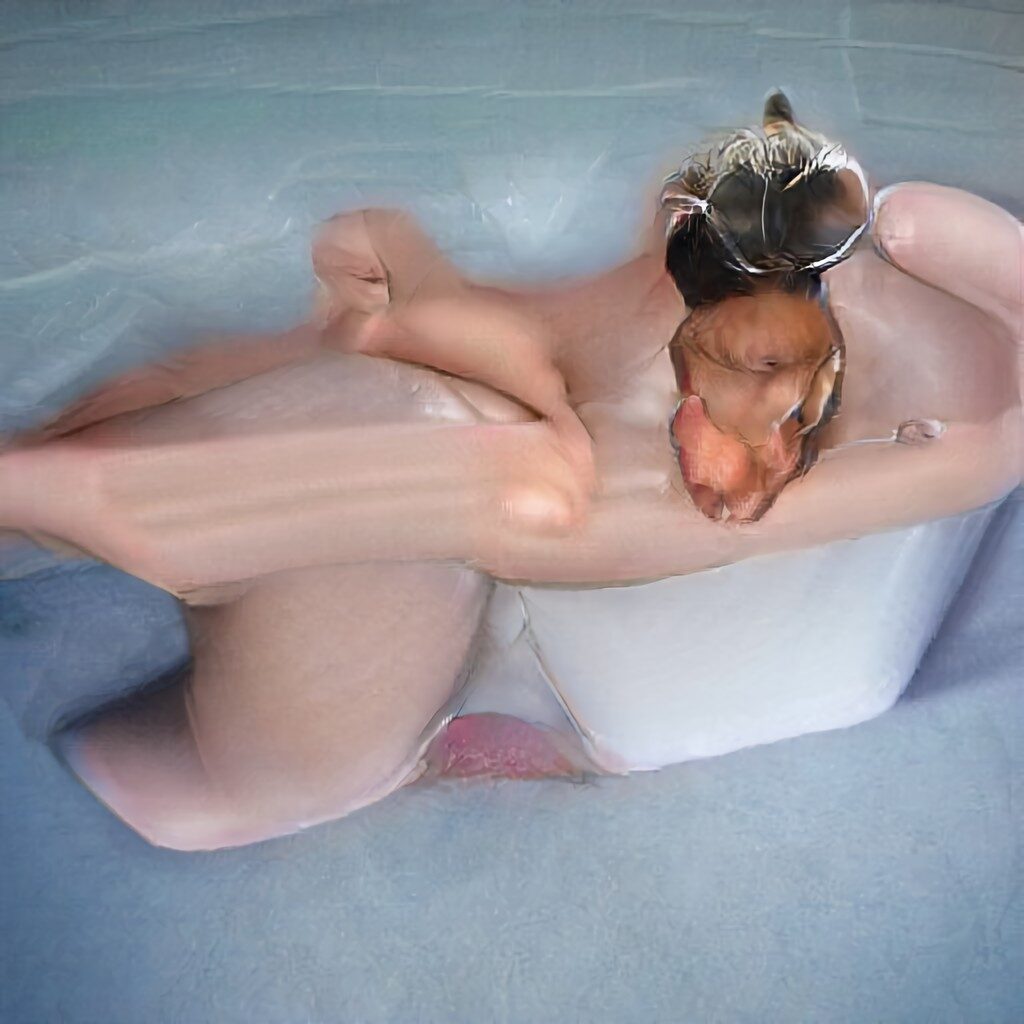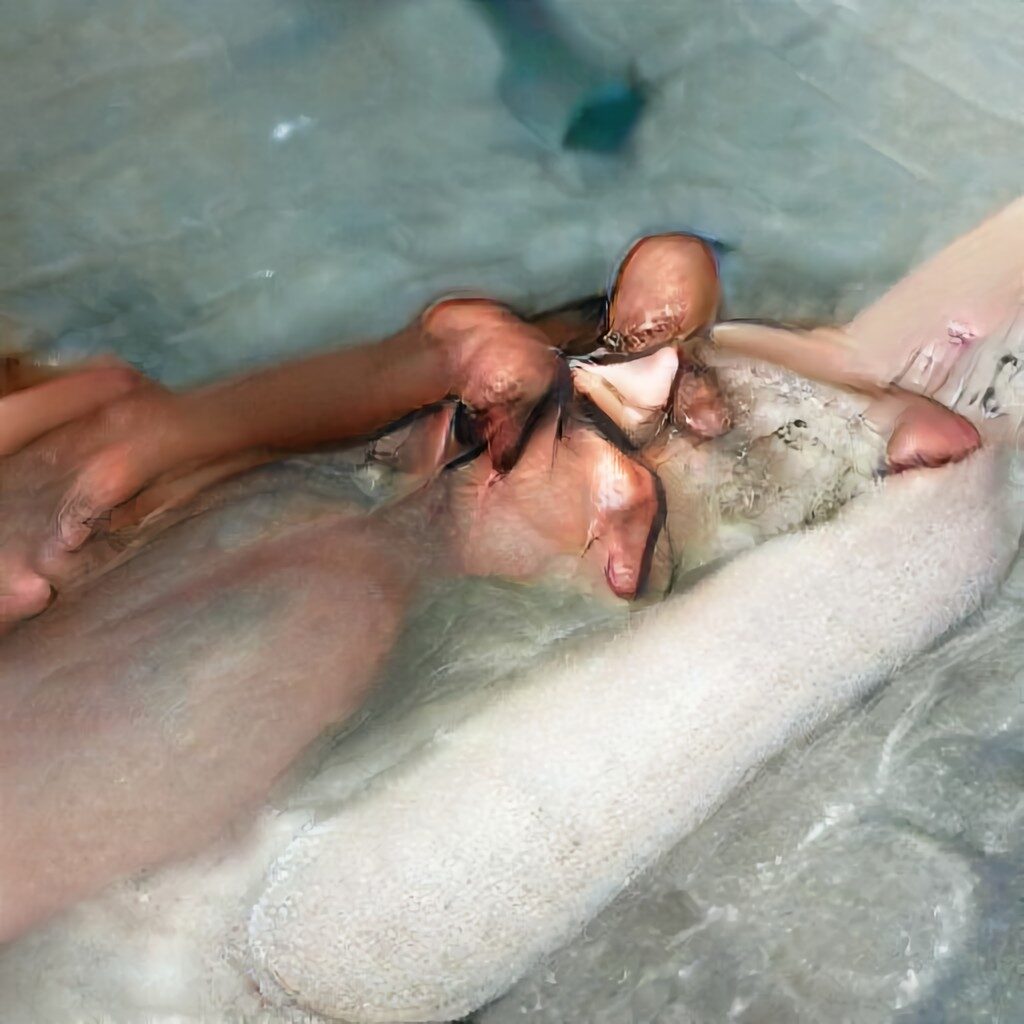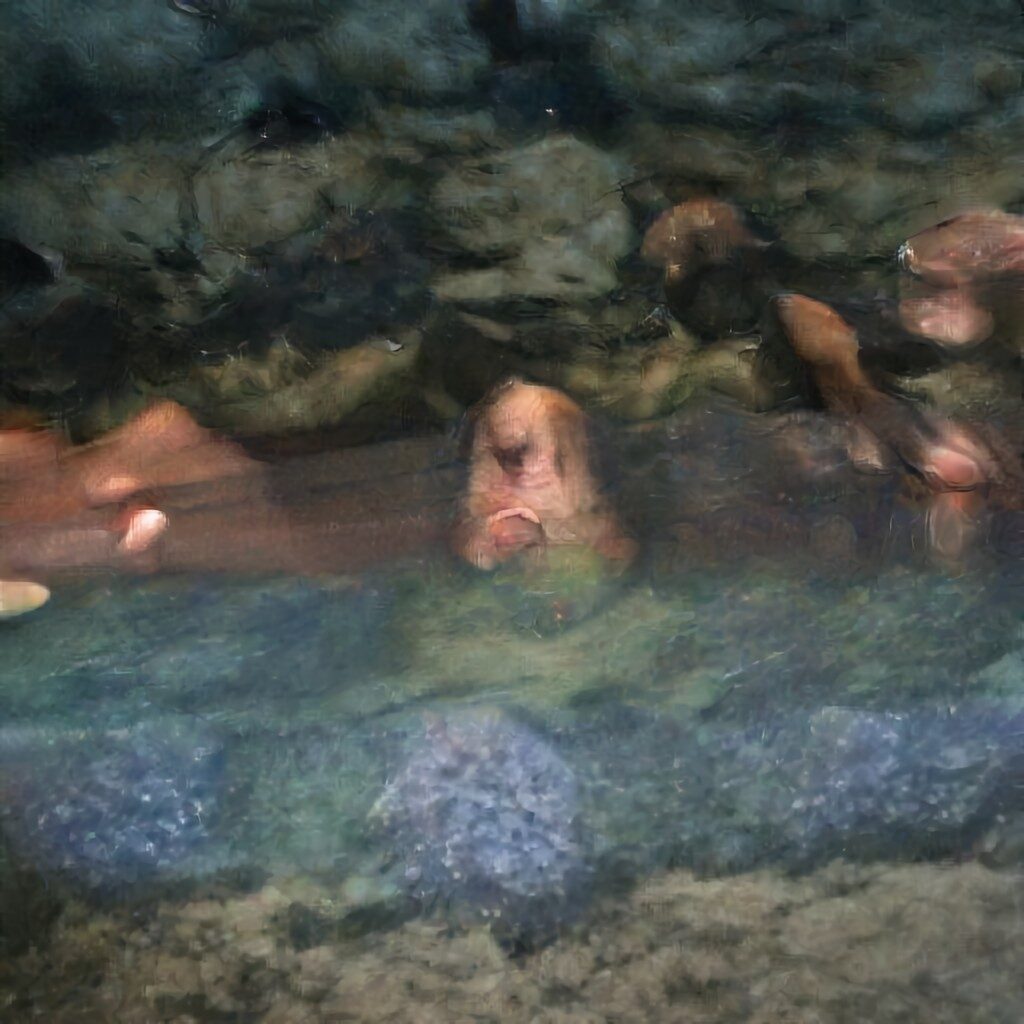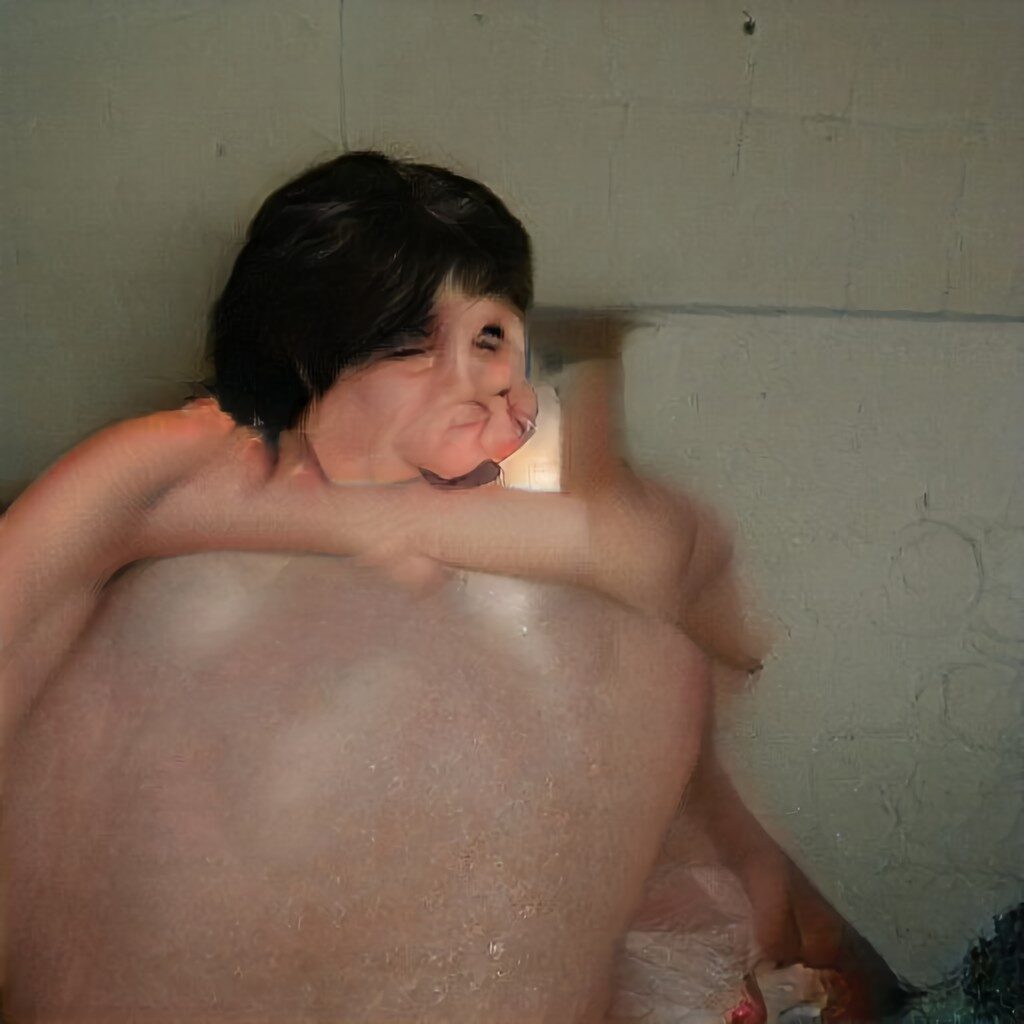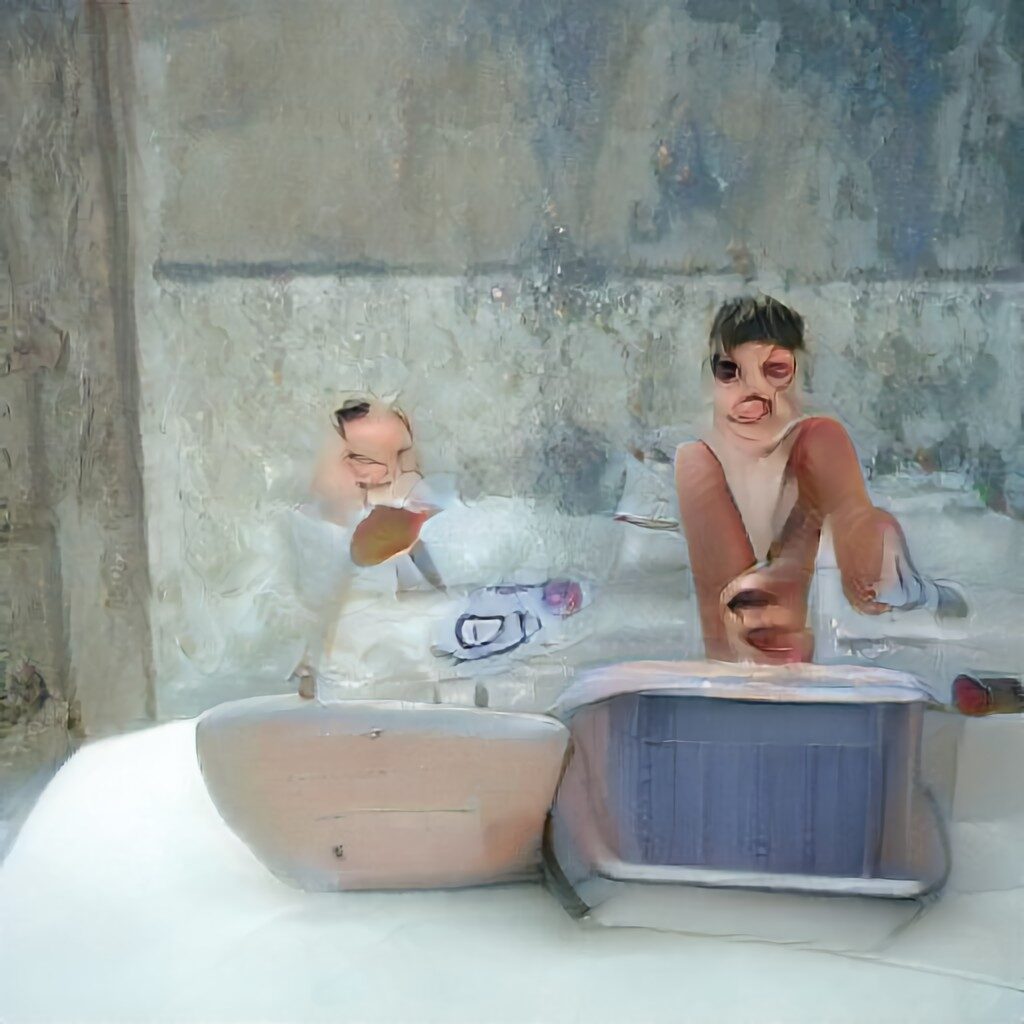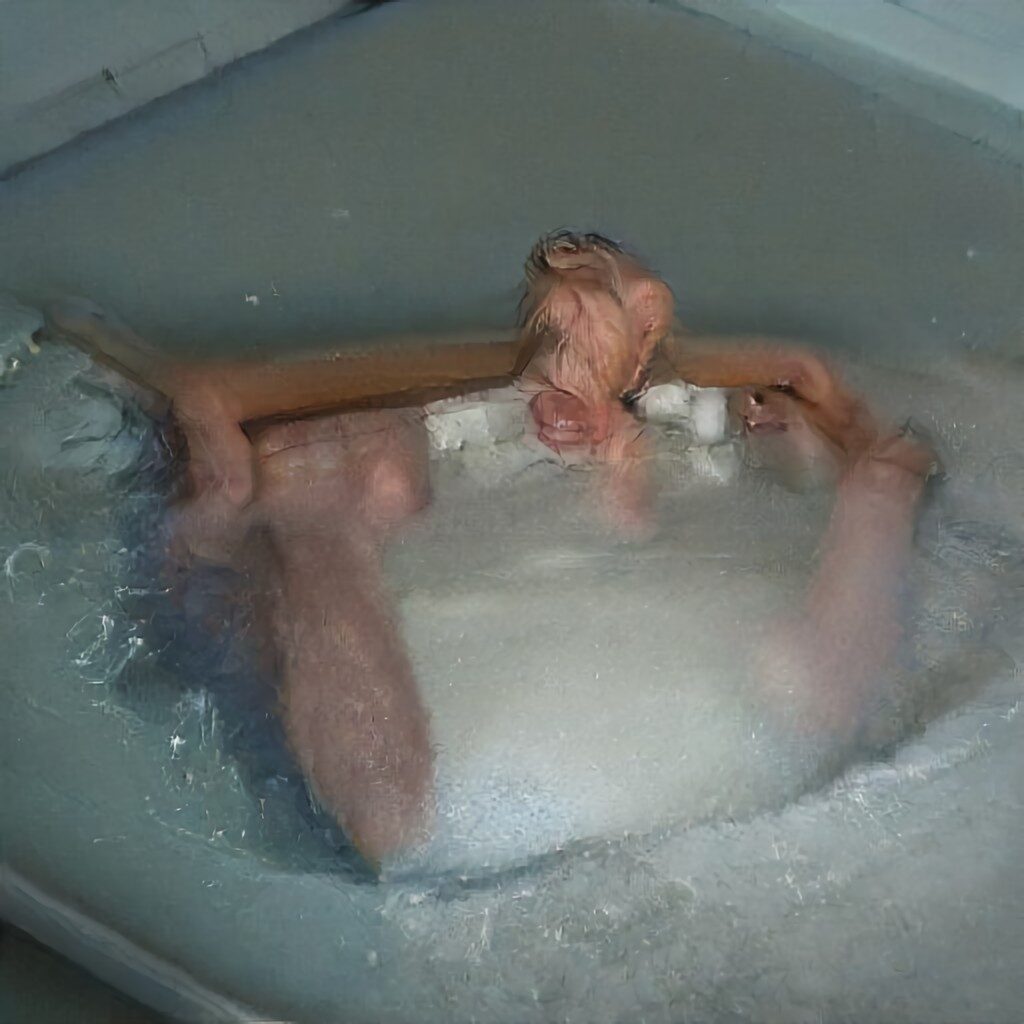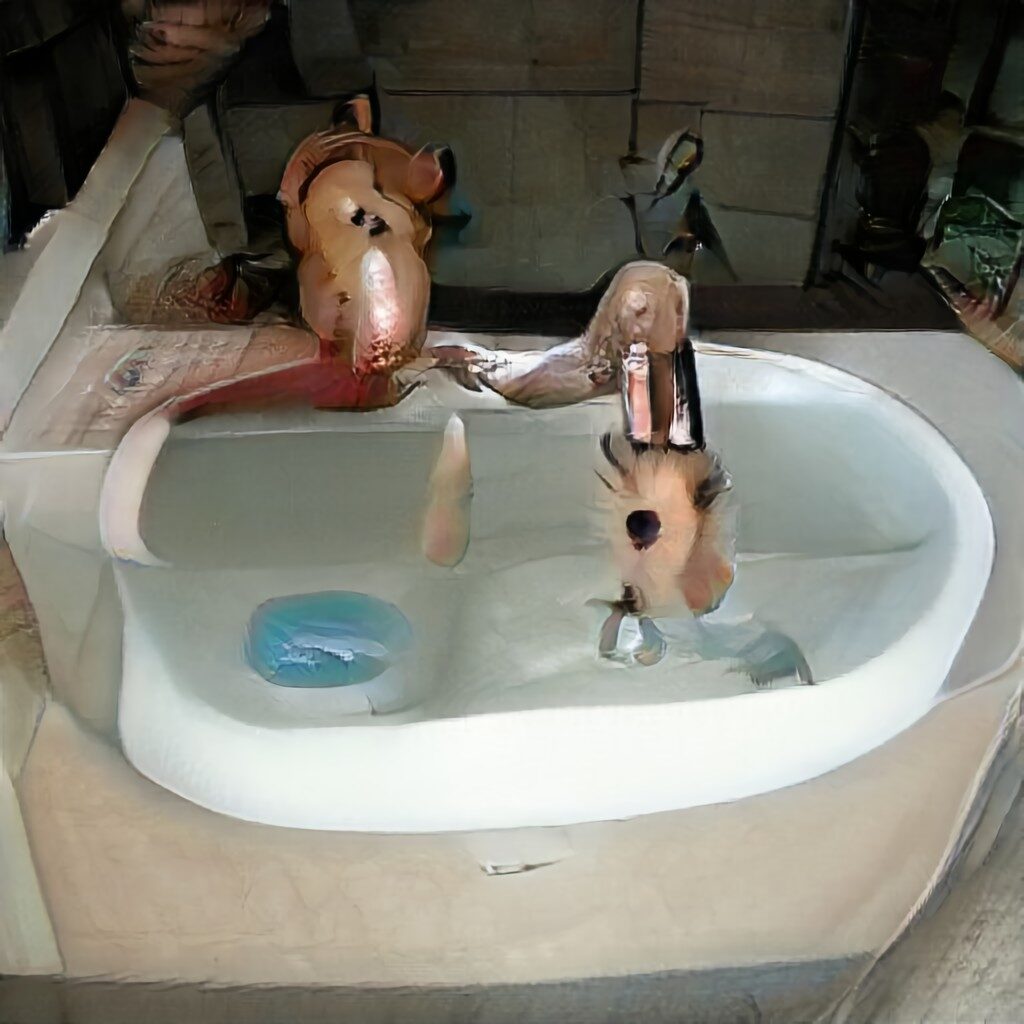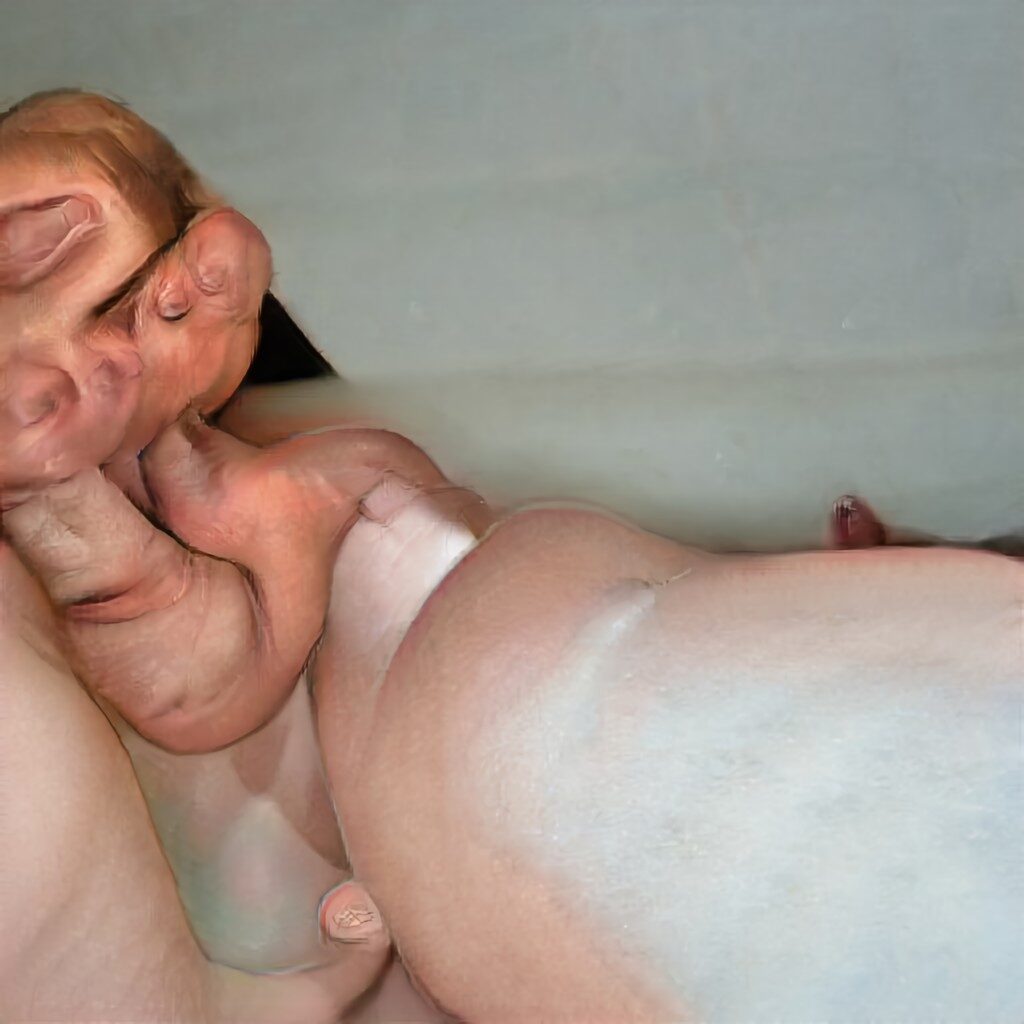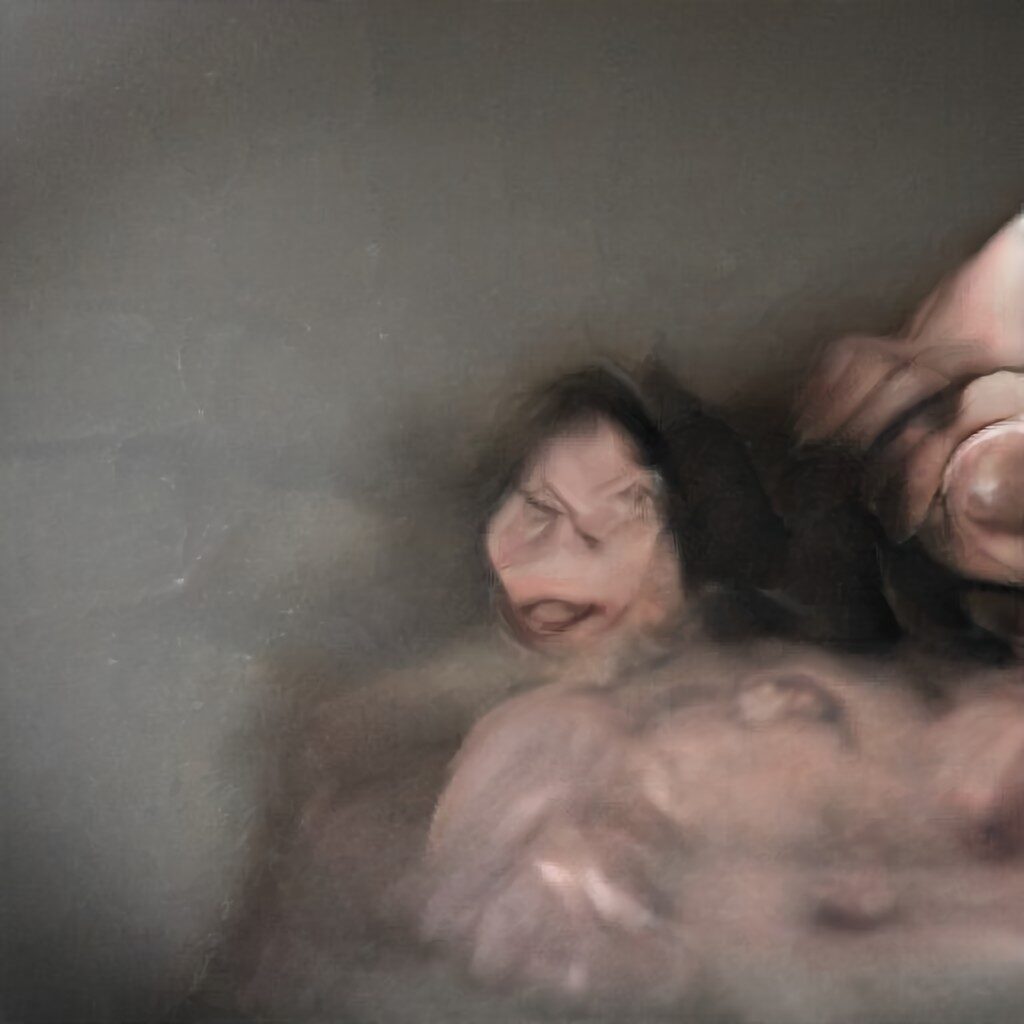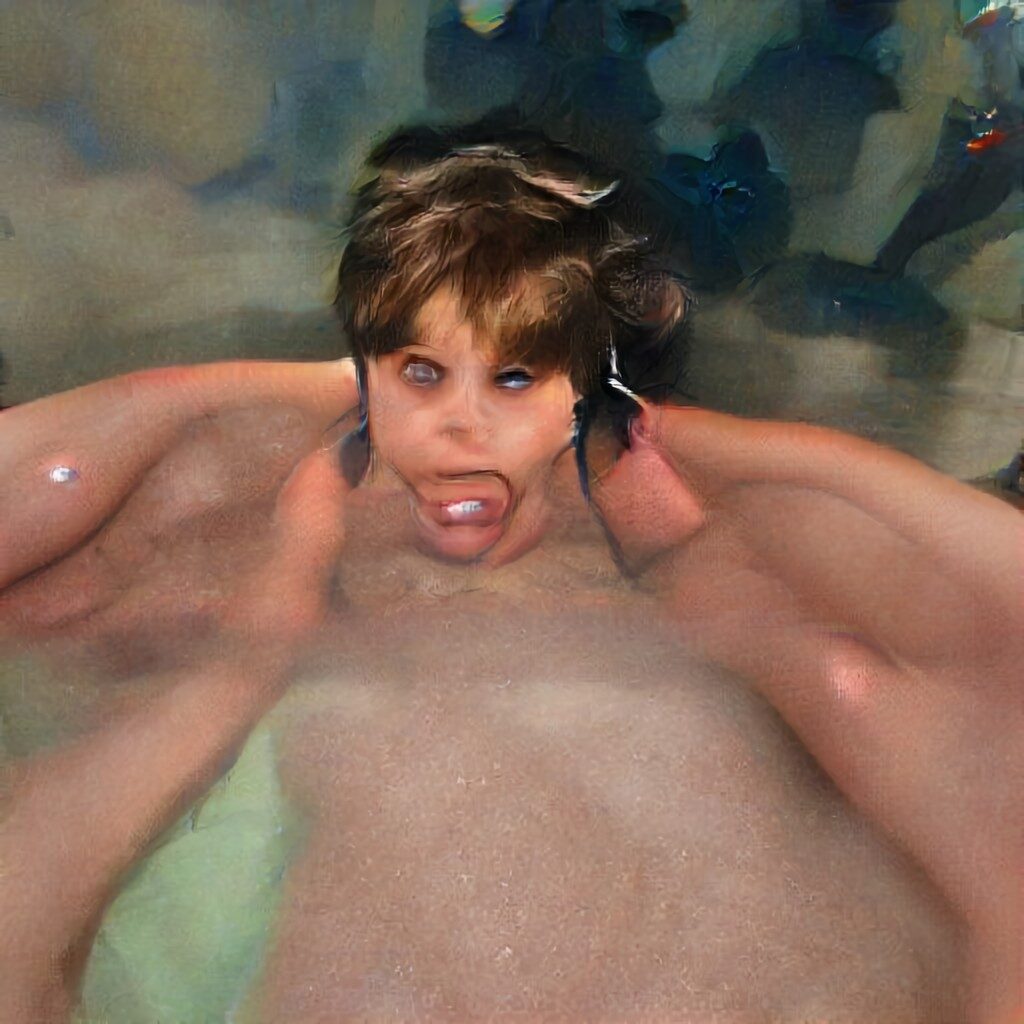Pies de plomo, Pilar Córdoba Longar
20 de junio a 20 de julio de 2024

Cross stitched embroidery in metal chromed license plate holder.
16 x 32 cm
Pies de plomo
¿Por qué creía yo que yéndome, la luz no iba a herir mis pupilas?
Federico Falco, Los llanos
Para pisar el acelerador a fondo hay que tener pies de plomo y dejar que el suave animal de tu cuerpo ame lo que ama. La práctica artística de Pilar Córdoba Longar (1981) pone de manifiesto los posibles desastres derivados de la época en la que estamos inmersos, como metáfora de nuestras experiencias románticas contemporáneas. En la fatalidad de nuestros encuentros amorosos se vuelve perceptible determinada velocidad a la cual experimentamos nuestro deseo, la intensidad con la que nos aproximamos hasta extinguir mutuamente lo indestructible en nosotros que puede ser infinitamente aniquilado. Para continuar siendo capaces de reincorporarnos, otra vez, sin interrupciones. Pese a ello, no se me ocurre un estado más abyecto que el estado amoroso, esa parte de la vida que salvamos de la ruina y que sólo cobra sentido si mantiene una relación íntima con lo perdido. Cuéntame tu desesperación y te contaré la mía.
El centro de resonancia de esta exposición puede entenderse como el enigma de la breve voluptuosidad “Hay una antigua frase construida letra por letra como un laberinto sin salida, para recordar perfectamente la forma y el contenido de la perdición: In girum imus nocte et consumimur igni, ‘Damos vueltas en la noche y somos consumidos por el fuego”. La frase, definida a veces como el “verso del diablo”, proviene, en realidad de la literatura emblemática y se refiere a las polillas inexorablemente atraídas por la flama de la vela que las consumirá. La imagen de la polilla devorada por el fuego aparece frecuentemente asociada a frases que se refieren a la pasión amorosa. En los Amorum emblemata de Otto van Veen (1608), en el contemplar de las polillas que se precipitan en dirección a la llama de la vela está un amor alado, y la empresa dice: brevis et damnosa voluptas.
La práctica meditativa del bordado, le permite a Pilar la experimentación de un otro tiempo ralentizado e íntimo, en contraste con la velocidad de la catástrofe afectiva que atraviesa nuestra experiencia cotidiana. Este cuerpo de obra habita la tensión entre el imaginario masculinos alrededor de los automóviles y una técnica de producción de imágenes históricamente feminizada, doméstica e invisibilizada. Bordando sobre una malla reticulada, Córdoba Longar genera imágenes en relación con aquellas construidas a partir de píxeles, que nos remiten a los primeros momentos de globalización cibernética.
– Octavio Gómez Rivero
Pilar Córdoba Longar vive y trabaja en la Ciudad de México. Egresada de la carrera de comunicación por la Universidad Iberoamericana (2005), realizó estudios en la Universidad de Sídney, Australia (2003) y School of Visual Arts de Nueva York (2008). Recientemente realizó una residencia de producción artística en Almost Perfect, Tokio, Japón (2023). Sus exposiciones recientes incluyen: No pasar, Curiel 23, CDMX (2023), Lot lizards, El Micky, CDMX (2022) y No rush, Almost Perfect, Tokio (2023).




Cross stitched embroidery in metal chromed license plate holder
16 x 32 cm

Cross stitched embroidery in metal chromed license plate holder
16 x 32 cm



